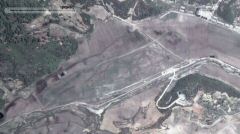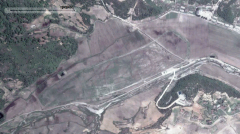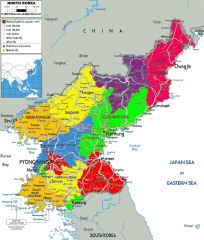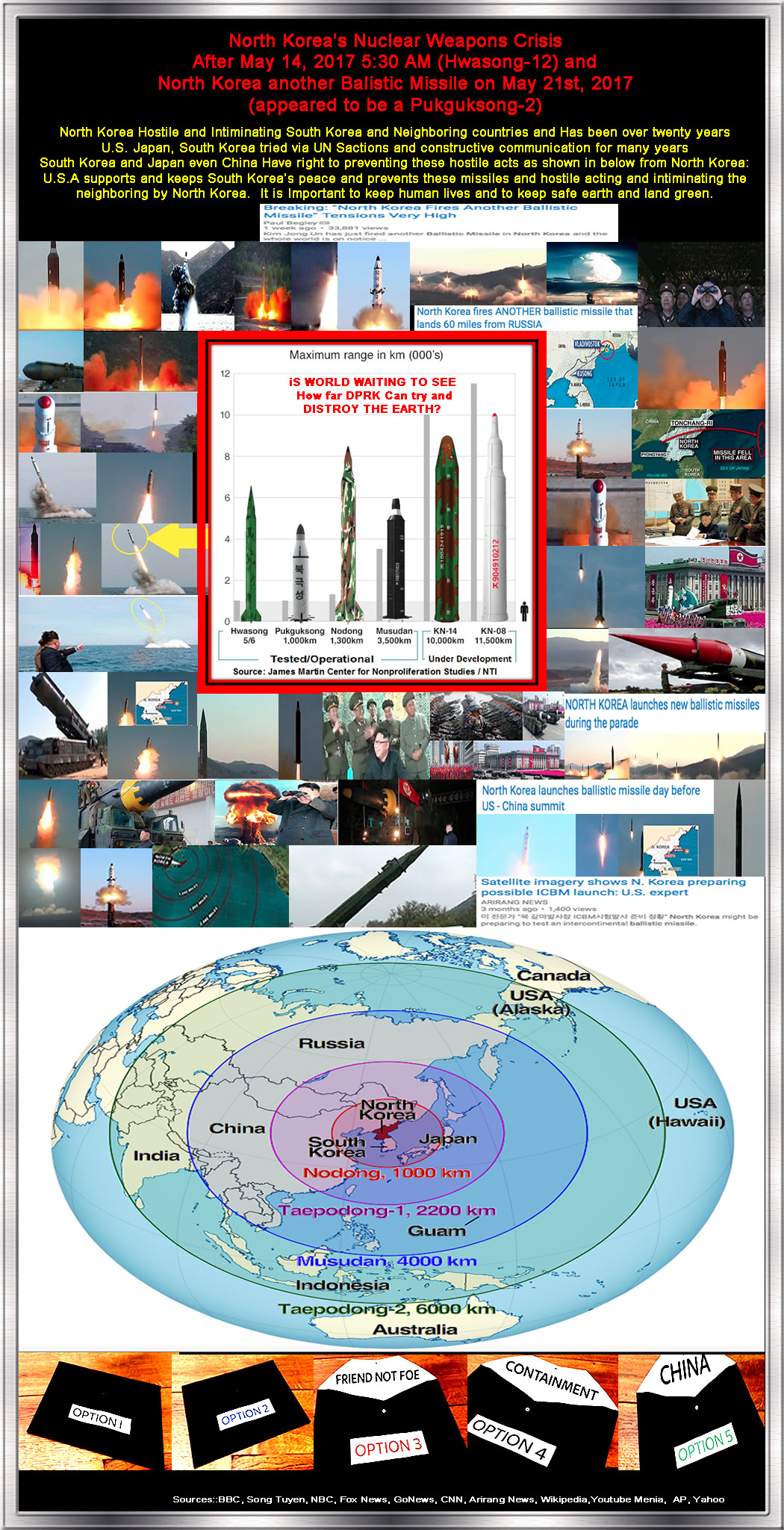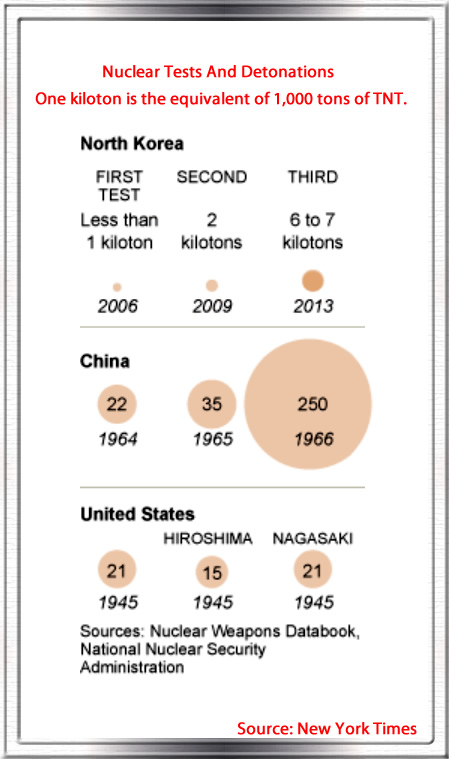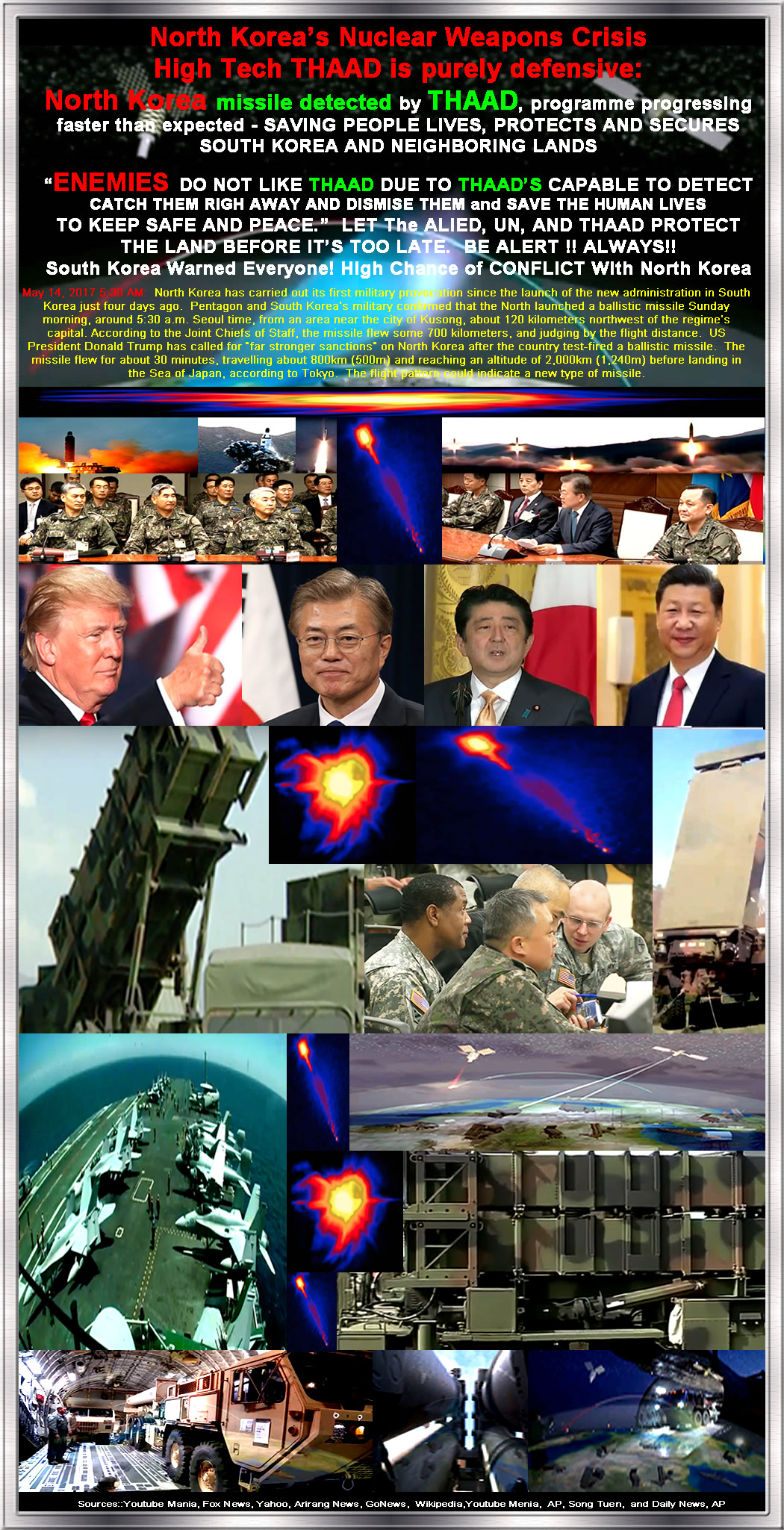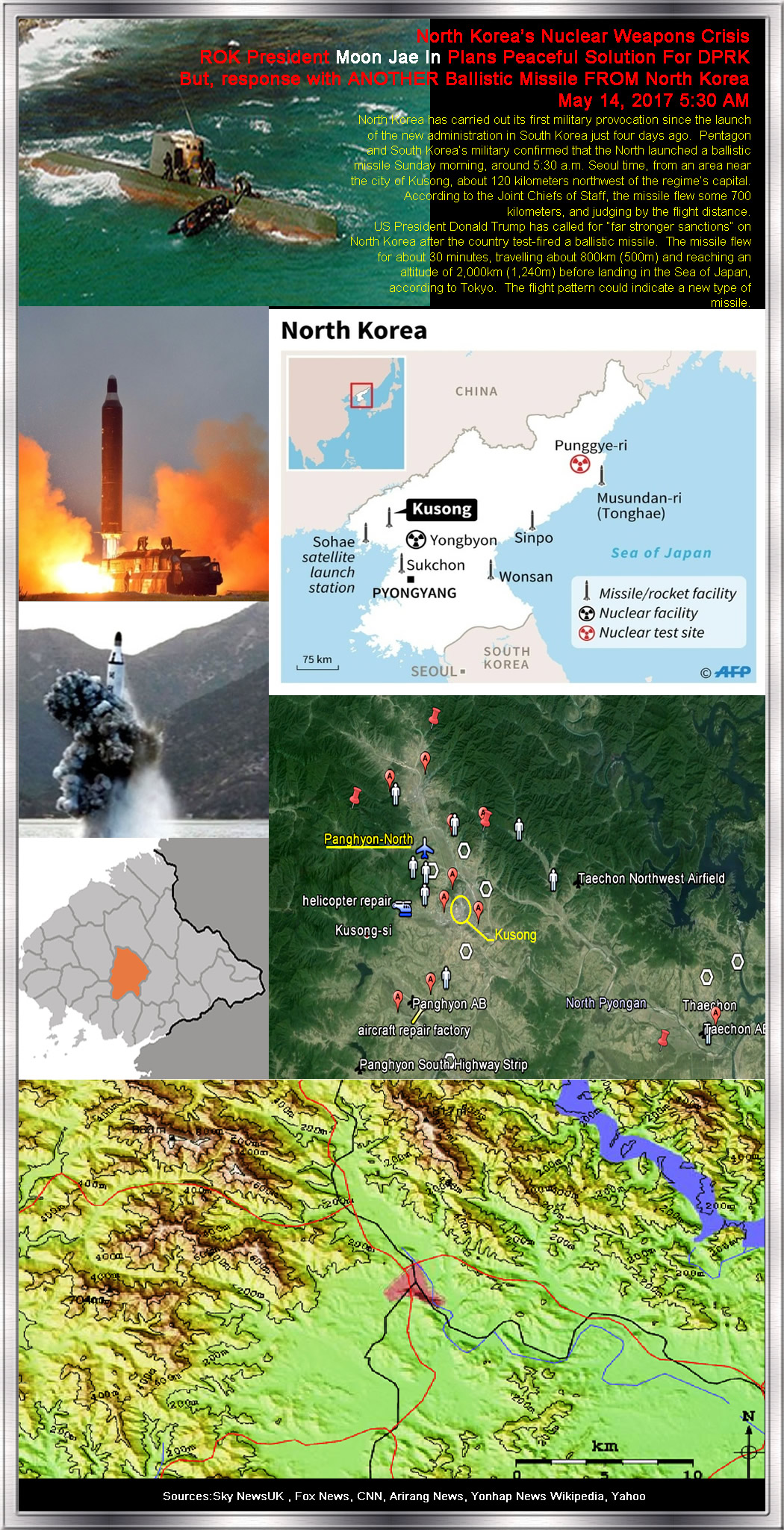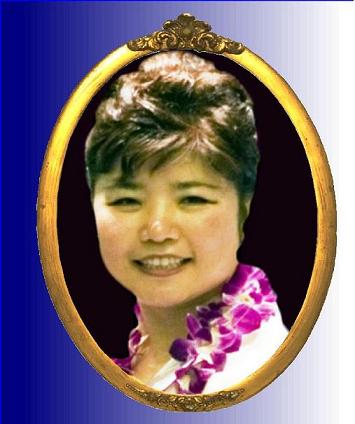|
N.Korea De-nuclearisation Is The Only Acceptable Answer, Ref: Al Jazeera, Go News, Youtupe Mania, Arirang News, ABC (Au)
Kim JongUn boasts of nuclear button on his desk in New Year’s speech
;
|
BREAKING NEWS - North Korea Tested Its Worst Year Ever
Against Trump's Policy In 2017
.jpg) |
.jpg) |
.jpg) |
.jpg) |
.jpg) |
.jpg) |
|
BREAKING NEWS TRUMP 12/31/17: What should the US do with North Korea? Hong Kong vessel found to have traded with North Korean vessel not on UNSC blacklist
Arirang News Lee Ji-won
reported that South Korea's foreign ministry revealed on December 29th, 2017, Friday that authorities here had detained a Hong Kong vessel last month for violating UN sanctions targeting North Korea.
But it has since emerged that the vessel was not listed on the UN Security Council blacklist earlier this week, despite requests by the United States. The Lighthouse Winmore, the Hong Kong vessel seized in South Korea after it was found to have violated UN sanctions by trading oil with North Korea, was not included on the world body's blacklist, according to sources within the UN on Friday.
Last week the U.S. asked the Security Council to blacklist ten vessels, including the Lighthouse Winmore for illicit trade with Pyongyang.
But due to China's objection, only four were designated on Thursday, and neither the Lighthouse Winmore, nor North Korea's Sam Jong 2 ( 2), that's traded oil with the Hong Kong vessel were added.
Ships that are on the blacklist cannot enter ports of UN member states. While a number of major news outlets reported that the Sam Jong 2 was one of the four North Korean ships blacklisted, it's been reported that Billions Number 18, registered to Palau, was on the list instead.
This comes as the Lighthouse Winmore came into South Korea's Yeosu Port on November 24th, where it was detained and inspected by Seoul's customs officials. The ship is thought to have transferred of some 6-hundred tons of oil to the Sam Jong 2, in international waters a month earlier, on October 19th. All ship-to-ship transfer of any goods for North Korea has been banned by the UN Security Council since September.
Meanwhile, reports of Russian vessels trading oil with North Korean ships in the open seas have emerged Citing two western European security sources on Friday,.. Reuters said Russian tankers supplied fuel to North Korea on at least three occasions in October to November by transferring cargoes at sea. The sources also reportedly said these ship-to-ship transfers breach UN sanctions and that these Russian vessels are giving "a lifeline" to North Korea. While Russian state involvement in the activities is not evident, Moscow's Foreign Ministry and the Customs Service both declined to comment on whether Russian ships had supplied fuel to North Korean vessels, when asked earlier in the week.
This incident follows on from other reports of Chinese vessels trading oil with North Korean ships in the open seas. The South Korean newspaper Chosun Ilbo reported that U.S. satellites had spotted 30 such examples in the West Sea since October. According to Arirang News, Kim Hyun-bin, South Korea has concluded the missile was of an entirely new type, our Kim Hyun-bin has more on how they reached that conclusion. It's not only the shape -- the missile appears to have two engines rather than one. . South Korea's Joint Chiefs of Staff said on Thursday that the recent ballistic missile launched by North Korea seems to be a newly developed inter-continental ballistic missile.
"After initial analysis we believe the Hwasong-15 is a new type of ICBM."
The assessment comes as the North released photos stating that it was a new and more powerful ICBM. After analyzing the photos the JCS concluded that there is a clear difference between Hwasong-14 and Hwasong-15. "There are clear differences in the appearance of the Hwasong-15's warhead, the connection part between the first and second stages of the missile, and the overall size."
Unlike the Hwasong-14 which had one engine, experts say the Hwasong-15 was equipped with two engines.
"The picture shows that there are two engine nozzles. Then there are two engines attached."
The Hwasong-15 warhead is relatively round while the Hwasong-14 is sharp. Many experts say the round warhead could mean the regime might be developing a multiple re-entry vehicle, which would make it difficult to intercept.
"The multiple re-entry vehicle could mount several warheads and one missile can have the same effect as ten. From North Korea's perspective, it's a very attractive weapon."
The expert believes that if North Korea fully develops its miniaturized warhead the Hwasong-15 could mount at least three nuclear bombs.
Pyongyang fired two Hwasong-14 missiles for the first time in July.
|
UN Security Council Further Tightens
Sanctions Against DPRK with the Rule 37 Councils
;
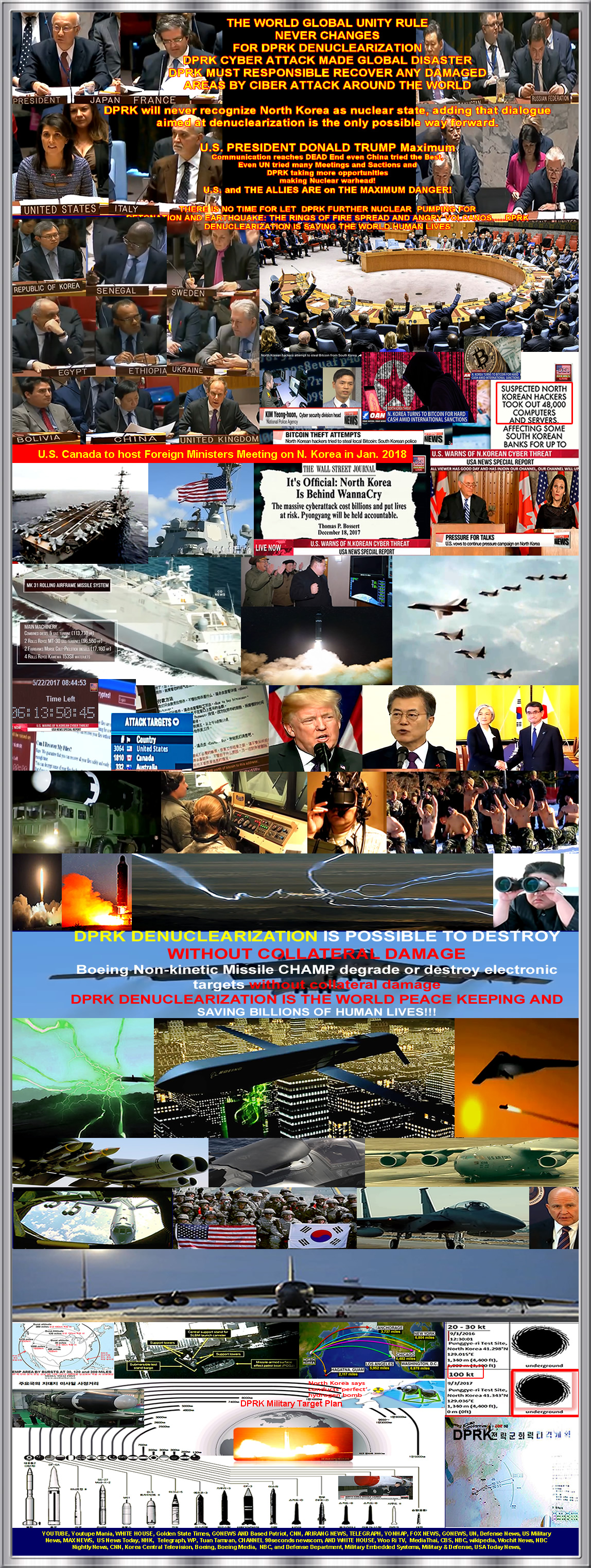
|
The 8151st Meeting of the security Council called order on North Korea in December 22nd 2017. The United Nations Security Council approved more sanctions against North Korea on Friday by a vote of 15-0. The sanctions crack down on shipping and ban 90 percent of oil imports into the country. They also call for North Koreans working abroad to return home within the next two years. The UN Security Council has adopted Resolution 2397, a new resolution to sanction North Korea for the latest ICBM launch in November. It is the 4th resolution for this year for Pyong Yang DPRK. "Nine times before today we have asked the North Korean regime to choose the path of peace. But Pyongyang has chosen the path of isolation. As we have in the past we will continue to match the Kim regime's choice of aggressive actions with actions of international sanctions."
Acording to Oh Jung-hee, Arirang News,The U.S.-led resolution aims to ban nearly 90 percent of refined petroleum product exports to North Korea by capping them at 500-thousand barrels a year. That builds on the previous resolution in September that set a limit of 2 million barrels. Crude oil exports to the regime have also been capped at 4 million barrels a year. The list of banned North Korean exports was extended to include food products, machinery, and electrical equipment, as well as certain stones and minerals. Also, all North Korean nationals working overseas will have to be repatriated within 24 months. And 16 individuals were added to the international blacklist, freezing their financial assets and banning them from travel. "Today we have banned the import of nearly 90 percent of refined petroleum products in North Korea, these products are used by the regime to resource their illegal nuclear and ballistic missile programs. By cutting off the supply, we will restrict their ability to develop and deploy these weapons."
The new sanctions resolution is expected to have an even greater impact on the reclusive regime's already struggling economy, by further restricting oil supply and curtailing the regime's remittance earnings from workers abroad.. Resolution 2397 aims to further cut oil supplies to the regime, repatriate North Koreans working abroad and blacklist 16 individuals.. According to UN report dated, Dec. 22nd, 2017: 22 December 2017 – The United Nations Security Council today imposed new sanctions on the Democratic People’s Republic of Korea (DPRK), increasing the depth of measures imposed on the country in the wake of its continued nuclear and ballistic weapons programme, including the ballistic missile launch on 28 November. In a unanimously adopted resolution, the 15-member Council also decided that all UN Member States shall “prohibit” the direct or indirect supply, sale or transfer to the DPRK of crude oil, refined petroleum products, and various types of equipment and raw materials. The restrictions also applied with respect to the Member States’ territories, nationals, flagged vessels, aircraft, pipelines, rail lines, or vehicles and whether or not originating in their territories. The Security Council also decided that Member States shall repatriate all DPRK nationals earning income in that Member State’s jurisdiction and all DPRK government safety oversight attachés monitoring DPRK workers abroad “immediately but no later than 24 months,” unless the Member State determined that the national’s repatriation is prohibited under applicable national and international law, or if that national is a national of that Member State. Further, in relation to maritime interdiction of cargo vessels, the Council decided that Member States shall seize, inspect, and impound any vessel in their ports if the Member State has reasonable grounds to believe that the vessel was involved in activities, or the transport of items, prohibited by relevant UN resolutions. On the political side, the Security Council expressed its “deep concern” at the grave hardship that the people in the DPRK are subjected to and condemns the country for pursuing nuclear weapons and ballistic missiles instead of the welfare of its people. Also in the resolution, the Council affirmed that it shall keep the country’s actions under “continuous review” and that it is determined to take further “significant measures” in the event of a further nuclear test or launch. UN chief welcomes unity in the Security Council.
Following the adoption of the resolution, Secretary-GeneralAntónioGuterres welcomed the continued unity of the Security Council and noted that it is essential to achieve the goal of denuclearization and create the space for diplomatic initiatives aimed at achieving it in a peaceful manner. In a statement attributable to his spokesperson, Mr. Guterres supported the Council’s desire for a peaceful, diplomatic and political solution to the situation, as well as its urging of further work to reduce tensions. “The only way forward for a comprehensive peaceful and political solution requires de-escalation and open communication channels, now,” read the statement. “[The Secretary-General] reaffirms his commitment to working with all parties to this end [and] calls upon all Member States to ensure the full implementation of the relevant resolutions and to redouble efforts to make 2018 a pivotal year for the achievement of sustainable peace on the Korean Peninsula,” it added.
;
;
|
||||||||||||||||||||||||||||||
|
Timeline to be updated as necessary:
• 1976–81 – North Korea commences its missile development program using Scud-B from the Soviet Union and a launchpad from Egypt. • 1984 - First Scud-B missile test firing • 1988 - Operational deployment of Scud-B and Scud-C missiles. • 1990 - First Rodong missile test. • 1993 North Korean missile test - (May 29/30, 1993) - Nodong • 1998 - North Korea fires off its first ballistic missile, the Unha-1 rocket, also known as the Taepodong-1 missile, from the launch site of Musudan-ri in North Hamgyong Province. • August 29, 2017: On August 29, 2017, at 6 AM local time, North Korea launched a ballistic missile over Northern Japan. The missile's short and low trajectory and its breakup into three pieces is consistent with the failure of a heavy post-boost vehicle.
September 15, 2017: North Korea launched a ballistic missile on September 15 from Sunan airfield. It reached a height of 770 km and flew a distance of 3,700 km for 17 minutes over Hokkaido before landing in the Pacific.999 - North Korea agrees to a moratorium on long-range missile tests. • 2002 - North Korea pledges to extend moratorium on missile tests beyond 2003. • 2004 - North Korea reaffirms moratorium. • 2005 - North Korea fires short-range missile into Sea of Japan. • 2006 North Korean missile test - (July 5, 2006) - Taepodong-2 failed • 2009 - Failed orbit of the Kwangmyongsong-2 satellite aboard an Unha-2 carrier rocket (April 5, 2009) • 2009 North Korean missile test (July 4, 2009) • 2012 - Failed launch of the Kwangmyongsong-3 satellite aboard an Unha-3 carrier rocket (April 13, 2012) • 2012 - Successful launch of the Kwangmyongsong-3 Unit 2 satellite aboard a three stage rocket (December 12, 2012) • 2013 North Korean missile tests (May 18–20, 2013 - part of 2013 Korean crisis) • 2014 North Korean missile tests (March 2014) including Nodong, success • 2015- North Korea claims to launch a missile from a submarine (May 2015) • 2016 - Successful launch of the Kwangmyongsong-4 satellite (Feb. 7, 2016) • 2016 - Test of engine designed for an intercontinental ballistic missile (April, 2016) • 2016 - North Korea claims to launch a Pukkuksong-1 missile capable of striking the United States (August 2016). The missile is a Submarine-launched ballistic missile. • 2016 - Failed North Korean ballistic missile launch (Oct 15, 2016)- • 2016 – Failed launch of an intermediate-range missile (October 19, 2016) • 2017 – North Korea test-fired a Pukguksong-2 missile over the Sea of Japan. This was the first launch of the new medium-range ballistic missile (February 11, 2017) • 2017 – North Korea launches four ballistic missiles from the Tongchang-ri launch site in the northwest. Some flew 620 mi (1,000 km) before falling into the Sea of Japan. (March 6, 2017) • 2017 – North Korea test-fired a medium-range ballistic missile from its eastern port of Sinpo into the Sea of Japan (April 4, 2017) • 2017 – North Korea test-fired an unidentified land-based missile from the naval base in Sinpo but it exploded almost immediately after the takeoff (April 15, 2017). • 2017 - North Korea test-fired an unidentified missile from Pukchang airfield (April 28, 2017). Missile, believed to be a medium-range KN-17 ballistic missile, falters and breaks apart minutes after liftoff. • 2017 - North Korea test-fired a Hwasong-12 missile from a test site in the area of Kusong (May 13, 2017). The missile, later revealed to be an intermediate range ballistic missile, traveled 30 minutes, reached an altitude of more than 2,111.5 km, and flew a horizontal distance of 789 km (489 miles), before falling into the Sea of Japan. Such a missile would have a range of at least 4,000, reaching Guam, to 6,000 km. • 2017- North Korea test-fired another Pukguksong-2 medium-range ballistic missile from Pukchang airfield (May 21, 2017), which traveled approximately 300 miles before falling into the Sea of Japan. The missile landed about 217 miles from North Korea's east coast. • 2017 - North Korea Fired a Short Range Ballistic Missile into the Sea of Japan (May 29, 2017). It traveled 450 km. • 2017 - North Korea fired several missiles into the Sea of Japan (June 8, 2017). They are believed to be anti-ship missiles. The South Korean military said the launches show the reclusive regime's "precise targeting capability." • 2017 - North Korea tested a new rocket engine that could possibly be fitted to an intercontinental ballistic missile (June 23, 2017). • 2017 – North Korea tested its first intercontinental ballistic missile (ICBM) named Hwasong-14 on July 4. It launched from the Panghyon Aircraft Factory 8 km southeast of Panghyon Airport. It was aimed straight up at a lofted trajectory and reached more than 2,500 km into space. It landed 37 minutes later, more than 930 km from its launch site, into Japan's exclusive economic zone. Aiming long, the missile would have traveled 7,000-8,000 km or more, reaching Alaska, Hawaii, and maybe Seattle. Its operational range would be farther, bringing a 500 kg payload to targets in most of the contiguous United States 9,700 km away. • 2017- The 14th missile test carried out by North Korea in 2017 was another ICBM launched at 23:41 North Korea time (15:41 GMT) from Chagang Province in the north of the country on July 28, 2017. Los Angeles, Denver, Chicago, Boston, and New York appear to be within range. The missile's reentry vehicle (RV) was seen by people in Japan as it entered the atmosphere and landed near the northernmost Japanese island, Hokkaido. Analysis later revealed that the RV broke up on re-entry; further testing would be required. The CIA made an assessment expecting adequate performance of the RV under the different stresses of a shallower trajectory towards the continental US. 2017: North Korea test fires three short range ballistic missiles from the Kangwon province on August 26. Two travel approximately 250 kilometers in a northeastern direction and one explodes immediately after launch.
President Trump, White House statement released that all options are on the table on Augusts 29th, 2017.
On August 29, 2017 United Nations Secretary-General António Guterres has condemned the latest North Korea Ballistic Missile Launch and termed it as violation of relevant UN Security Council resolutions, “The Secretary-General calls on the Government of the DPRK to fully comply with its international obligations and to work to re-open channels of communication,” the statement said, adding that Mr. Guterres remains in close contact with all parties concerned. as well as the series of launches that took place on 25 August as According to press reports, early Tuesday morning, the North Korea Ballistic Missile travelled some 2,700 kilometers, flying over Japan before crashing into the Pacific Ocean. On September 3, 2017, North Korea claimed to have successfully tested a thermonuclear bomb, also known as a hydrogen bomb. Corresponding seismic activity similar to an earthquake of magnitude 6.3 was reported by the USGS making the blast around 10 times more powerful than previous detonations by the country. Later the bomb yield was estimated to be 250 kilotons, based on further study of the seismic data. The test was reported to be "a perfect success".
November 29th, 2017: North Korea has fired another missile, which is being assessed as an intercontinental ballistic missile by the U.S. and the South Korean military. The missile reached an altitude of four-and-a-half-thousand kilometers before coming down in Japan's exclusive economic zone, in the waters west of Japan. The world was surprised that This latest missile flew the longest distance ever, hitting the highest altitude so far now believed to be be able to reach just about anywhere in the U.S. North Korea fired a long-range ballistic missile November 29th, 2017 at around 3:17 from Pyongsong a city located 30 kilometers north of Pyongyang. The missile flew 960-kilometers eastward for about 50 minutes and landed in the waters west of Japan. It reached an altitude of 45-hundred kilometers -- higher than any of the previously launched North Korean missiles. The North announced roughly an hour and a half ago that the missile it fired today is a newly developed Hwasong-15 class ICBM. Earlier in the day, the JCS had presumed that the missile is a Hwasong-14 class intercontinental ballistic missile. The North fired Hwasong-14 missiles twice in July the first one reaching an altitude of 28-hundred kilometers and the second one topping out at 37-hundred kilometers. Experts say the frequent launches are to enhance missile re-entry technology, a crucial technology for developing an ICBM. The missile was fired at a lofted angle and experts say it would have a range of over 13-thousand kilometers, meaning it could technically reach anywhere in the United States, including Washington DC and New York.
On December 22, 2017. According to this resolution, oil supplies to the DPRK are prohibited, and all countries have decided to expel North Korean labor migrants from the territories of the countries where they work within 24 months. China has been opposed to secondary sanctions that may be imposed on Chinese firms that do business with North Korea. |
UN, DECEMBER 15, 2017:
UN Secretary-General, António Guterres /
DPR Korea - Security Council
U.S. SECRETARY OF STATE, REX TILLERSON
DPRK IS REQUIRED TO
DENUCLEARIZATION AND HAS TO BE ACHIEVED.
AND THE CHANNELS OF COMMUNICATION IS OPEN TO DPRK.
;
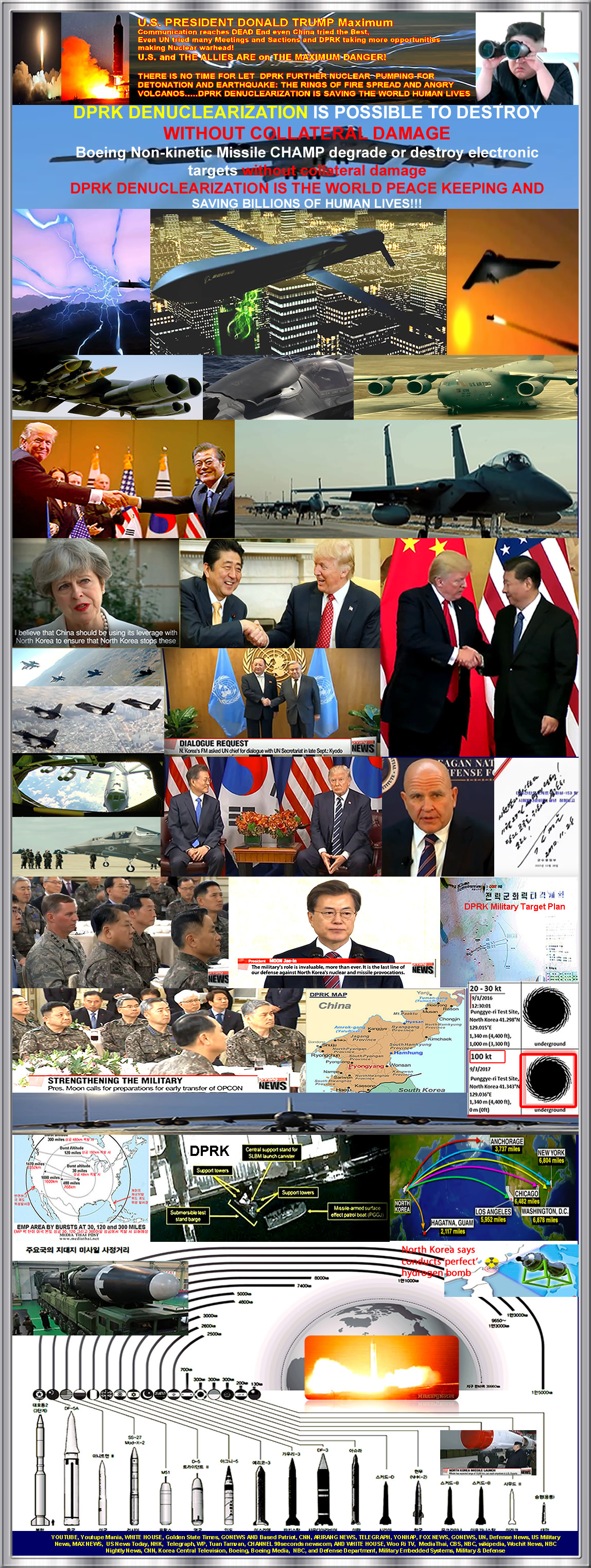
Breaking News: N.Korea Prepare To Launch Satellite Under The Watch Of F-35S & Sanctions
North Korea Ballistic Missile Launch after 10 weeks NO ICBM Threat
According to Arirang News, Dated November 29th, 2017, KST, North Korea has fired another missile, which is being assessed as an intercontinental ballistic missile by the U.S. and the South Korean military.
The missile reached an altitude of four-and-a-half-thousand kilometers before coming down in Japan's exclusive economic zone, in the waters west of Japan.What's alarming is that this latest missile flew the longest distance ever, hitting the highest altitude so far now believed to be able to reach just about anywhere in the U.S.South Korea's Joint Chiefs of Staff have confirmed that North Korea fired a long-range ballistic missile this morning at around 3:17 from Pyongsong a city located 30 kilometers north of Pyongyang.The missile flew 960-kilometers eastward for about 50 minutes and landed in the waters west of Japan.It reached an altitude of 45-hundred kilometers -- higher than any of the previously launched North Korean missiles.The North announced roughly an hour and a half ago that the missile it fired today is a newly developed Hwasong-15 class ICBM. North Korean Statement on new ICBM Hwasong-15
Earlier in the day, the JCS had presumed that the missile is a Hwasong-14 class intercontinental ballistic missileThe North fired Hwasong-14 missiles twice in July the first one reaching an altitude of 28-hundred kilometers and the second one topping out at 37-hundred kilometers.Experts say the frequent launches are to enhance missile re-entry technology, a crucial technology for developing an ICBM.The missile was fired at a lofted angle and experts say it would have a range of over 13-thousand kilometers, meaning it could technically reach anywhere in the United States, including Washington DC and New York.The JCS says the recent launch could be seen as a protest against the recent economic sanctions on the regime as well as Washington reinstating it as a state sponsor of terrorism.Many experts also add the regime may seek to develop ICBMs that could reach the continental U.S., to have them as a bargaining chip when negotiating with the U.S.Arirang News Jung-hee reports that The Joint Chiefs of Staff say South Korean and U.S. military detected the missile at about 3:18 this morning a minute after it was fired.South Korean forces launched precision strike missiles near the Northern Limit Line in the East Sea just six minutes after the North Korean launch was detected.The JCS says it involved the Army's missile unit, the Navy's Aegis destroyer and the Air Force's KF-16 fighter jet each firing at a simulated target the distance of which is based on the distance to the location where the North launched its missile.Arirang News, Daeun reported that "The South Korean military is keeping close tabs on North Korea's military activities, our military could destroy the origin of the provocation and nuclear facilities with precision on any given day from the ground, sea or air.
According to PBS dated November 28, 2017.On Tuesday, the Pentagon confirmed that after a two-month lull, North Korea fired another intercontinental ballistic missile over Japan. It flew about 620 miles and landed in the Sea of Japan.While visiting Tokyo in November, President Donald Trump pledged that the U.S. would support Japan’s defense against North Korean missiles. Mr. Trump said that with U.S. technology, Japan could “easily shoot them out of the sky.”While Trump has expressed confidence in the current system’s capabilities, the threat from North Korea has the U.S. reassessing missile defense and has prompted moves in Congress to boost funding. But does the current system really work? We got perspectives from two experts.What is the U.S. missile defense program?The $40 billion program is made up of four basic systems designed to protect U.S. bases, its allies and the United States itself, and “they all are about the North Korea threat,” said Thomas Karako, director of the Missile Defense Project at the Center for Strategic and International Studies. The four systems are:Patriot air and missile defense system deployed by the United States, South Korea and Japan. It is the shortest-range system and is meant to defend small groups of troops.Terminal High Altitude Area Defense, or THAAD, is in Guam and South Korea. THAAD is a land-based, mobile system designed to defend against short- and medium-range ballistic missiles.Aegis Ballistic Missile Defense System, deployed by the United States, Japan and South Korea, is designed to intercept ballistic missiles post-boost phase and before re-entry. For Japan and the U.S., it includes ship-based missiles, and covers a wider area than the THAAD program.Ground-based Midcourse Defense system, or GMD, is a global network of radar and sensors, along with surface-to-air missiles designed to intercept and destroy ballistic missiles from the enemy. There are 44 interceptors in silos in the ground — 40 at Fort Greely in Alaska and four at Vandenberg Air Force Base in California — and they are designed to protect all 50 states.Does the U.S. missile defense system work?Karako says yes. “The system has demonstrated a lot of capability. … You’ve seen the Patriot being put to good use on a weekly and monthly basis in the ongoing Yemen missile war.” Patriot missiles, operated by Saudi Arabia and the United Arab Emirates in the Gulf region, have intercepted more than 100 ballistic missiles since 2015, according to U.S. contractor Raytheon.THAAD, in its current configuration, has had success in each of its 15 tests, Karako said. “That’s about as good as you can get.” The ground-based system, or GMD, has tested successfully fewer times — in 10 of 18 intercept tests — but those included earlier tests with configurations that no longer exist, he said, and the Missile Defense Agency deconstructs every failure to fix the problems.“It’s not effective, not only because the success rate has been so poor in flight-intercept tests, but because those tests are scripted for success.” — Philip CoyleBut Philip Coyle, a senior science fellow at the Center for Arms Control and Non-Proliferation, gives the program an “F.” The failure rate of missile tests is more like 60 percent since 2002, he said. “It’s not effective, not only because the success rate has been so poor in flight-intercept tests, but because those tests are scripted for success.”Coyle said the Pentagon doesn’t want to see its tests fail, which would make the system look bad. “I would hate to think what the success rate would be if they weren’t scripted for success,” he said.“The Missile Defense Agency does everything they can to make the geometry of the test as realistic as possible within the limitations of range safety and other things,” Karako said. “We can’t fire the targets out of North Korea, so we fire from the middle of the Pacific from a testing range.”The national missile defense strategy is supposed to defend the United States against attacks from a rogue nation like North Korea or Iran, or an unauthorized or accidental launch from Russia or China, said Coyle. “It is not expected to defend against an attack from Russia or China – they have way too many missiles for that – it would overwhelm the system.”“It provides a very important capability for the defense of the homeland and therefore, for the overall deterrence and defense posture of the United States.” — Thomas KarakoThe U.S. also would have trouble dealing with North Korea launching decoys, such as balloons or radar-deflecting devises, which in space would look similar to missiles, Coyle said.“No weapon system is perfect,” said Karako. “But it provides a very important capability for the defense of the homeland and therefore, for the overall deterrence and defense posture of the United States.”What’s on the horizon?In May, the Pentagon announced the start of a Ballistic Missile Defense Review, which is expected to result in a report describing the Trump administration’s plans for missile defense.Meanwhile, the House and Senate this month passed a $692 billion National Defense Authorization Act for fiscal year 2018. The House and Senate appropriations committees still need to approve the actual spending.The bill contains nearly $3 billion more than Trump’s budget proposal for the Missile Defense Agency, and authorized up to 28 additional ground-based interceptors. In addition, it would require the Missile Defense Agency to develop a space-based sensor layer for ballistic missile defense, according to a summary of the bill.The two experts also had different views on whether a space-based anti-ballistic missile system would work.“It would not only be horrendously expensive but loaded with all sorts of technical problems,” Coyle said. The system is supposed to be able to blow up the enemy’s missiles before they had a chance to travel into space, but satellites carrying the interceptors wouldhave to be at such a low altitude that they would fall out of orbit, he said. And hundreds of satellites would be needed to guarantee constant coverage as they orbited over rogue countries, he added.Karako, however, said a space-based senor layer would eliminate some of the gaps that the current ground- or sea-based system would miss. “Each of the last five presidential administrations has had a space-based sensor layer as a critical element of our long-range national missile defense effort on paper” though none has chosen to deploy it to date, he said. With North Korea acting as it is, “now’s the time to do it.” Meanwhile Terrifying new satellite images have sparked fears that North Korea could be on the verge of strikes from a nuclear submarine. The images, taken from above North Korea’s Sinpo South Shipyard, have prompted suggestions that the weapon is preparing to go to sea. Camouflage netting has been removed and supplies and equipment next to the vessel suggest it could be set to launch.See more detail.
|
G
According to Military Notes Dated November 22nd, 2017: Accreported that November 13, 2017 - Closed-circuit television (CCTV) footage of a North Korean soldier daring escape through the DMZ at the JSA site.The KPA defector uses a military vehicle to cross the 72-hour Bridge.Unfortunately, the defector gets the vehicle stuck along the row of JSA buildings.The KPA initial response is to chase after.The defector makes a run south across the MDL as KPA soldiers engage him with direct fire.A KPA soldier briefly crosses the MDL before returning back to the north side of the JSA.U.S., South Korean troops recognized for rescuing North Korean defectorAccording to Washingtonpost, and yahoo news, Reporter, Caitlin Dewey dated November 23Three American and three South Korean soldiers were recognized by senior military leaders Thursday for their roles in rescuing a North Korean defector who was shot multiple times while fleeing the country last week.Video footage of the defector’s daring escape — which shows him running across the border that divides the two countries while being pursued by North Korean soldiers — captured global attention when it was released Wednesday by the U.S. military command in South Korea.The man made it to the South Korean side of the border before he collapsed from his wounds and was dragged to safety by U.S. and South Korean personnel.“You were all in the range of North Korean fire,” Gen. Kim Byeong-joo, deputy commander of the U.S.-South Korea Combined Forces Command, told the troops during a ceremony at Camp Bonifas. “It was a precarious situation . . . [and] a showcase of great leadership.”[Dramatic video shows North Korean soldier making a run for freedom]Video taken Nov. 13 shows a North Korean defector running from a jeep at the Joint Security Area of the Korean demilitarized zone. (United Nations Command )The dramatic scene, which unfolded shortly before 4 p.m. on Nov. 13, occurred as tension among the three countries has soared in recent months. In striking video footage of the escape, the defector can be seen driving a jeep through the demilitarized zone, the strip of heavily protected land that has long separated the two nations. After his vehicle became stuck in a ditch, the man jumped out and fled south on foot as four North Korean soldiers gave chase and opened fire on him.
Hit at least five times, he collapsed on the South Korean side of the Joint Security Area, the only place where North and South Korean soldiers directly face each other. Two soldiers from the joint command then crawled out to the man, while others in the unit monitored the situation.In his remarks, Kim lauded the unit’s officers for taking the lead during the rescue instead of sending in their subordinates. Gen. Vincent K. Brooks, who oversees U.S. Forces Korea and the Combined Forces Command, also credited the soldiers for de-escalating an incident that “threatened the 64-year-old armistice.”U.S. Army Commendation Medals were awarded to Sgt. 1st Class Noh Yeong Soo, Sgt. 1st Class Song Seoung Hyeon, Sgt. Robert Hartfield, Maj. Jeffery Schmidt, Lt. Col. Kwon Young Hwan and Lt. Col. Matthew Farmer, according to U.S. Forces Korea. |
_tm.jpg) |
_tm.jpg) |
_tm.jpg) |
_tm.jpg) |
_tm.jpg) |
_tm.jpg) |
_tm.jpg) |
_tm.jpg) |
_tm.jpg) |
_tm.jpg) |
_tm.jpg) |
_tm.jpg) |
_tm.jpg) |
_tm.jpg) |
_tm.jpg) |
_tm.jpg) |
_tm.jpg) |
_tm.jpg) |
_tm.jpg) |
_tm.jpg) |
_tm.jpg) |
_tm.jpg) |
_tm.jpg) |
_tm.jpg) |
_tm.jpg) |
_tm.jpg) |
_tm.jpg) |
_tm.jpg) |
_tm.jpg) |
_tm.jpg) |
_tm.jpg) |
_tm.jpg) |
_tm.jpg) |
_tm.jpg) |
_tm.jpg) |
_tm.jpg) |
|
RARE POWERFUL EARTHQUAKE STRIKES SOUTH KOREA IN REGION HOME TO NUCLEAR POWER PLANTS BY SOFIA LOTTO PERSIO ON 11/15/17 AT 7:38 AM South Korea experienced the second most powerful earthquake in its history on Wednesday afternoon. The Korea Meteorological Administration initially recorded a 5.5 magnitude earthquake occurring at 14:29 p.m. local time (12:29 a.m. Eastern time) on the southeastern coast of the country, near Pohang, a city 230 miles away from Seoul. The earthquake’s magnitude was later revised to 5.4 but was felt across the country, including in the capital, as South Korean news agency Yonhap reported. The weather agency said aftershocks are to be expected in the next few months, but it excluded the possibility of a tsunami. No fatalities have been reported yet. Seven people sustained minor injuries and 42 calls were made to the fire departments, according to TheKorea Times, while the emergency hotline received more than 7,000 calls nationwide as people reported their homes were shaking and wondered if it was indeed an earthquake. The quake caused visible damaged to buildings, roads and cars parked in the streets.
A damaged vehicle and debris caused by a recent earthquake are seen in Pohang, South Korea, on November 15. YONHAP/VIA REUTERS The region is home to nuclear power plants, but the plant operator Korea Hydro & Nuclear Power said in statements posted on its Facebook page that no damage or disruption to the operations at the reactors was recorded. South Korea is relatively less seismic, but earthquake frequency has increased in the past two decades. The country’s most powerful quake occurred last year near the city of Gyeongju, just 20 miles south of Pohang, recording a 5.8 magnitude. By comparison, North Korea’s most recent and powerful nuclear test to date caused a 6.3 magnitude earthquake. Last year’s earthquake alerted seismologists to the possibility that the increased frequency may be related to the seismic activity in Japan, following the massive 9 magnitude earthquake that struck the country in 2011. "The latest earthquake seems to be linked to the massive quake that struck Japan in March 2011," Chi Heon-cheol, a researcher at the Korea Institute of Geoscience and Mineral Resources (KIGAM) said in 2016, quoted in The Korea Herald, explaining that the South Korean earthquake was caused by a strike-slip fault. Chi has since been arrested in the U.S. and sentenced to 14 months in prison for laundering more than $1 million in bribes from two seismological companies, the Los Angeles Times reported in October. The disgraced seismologist, however, correctly predicted last year that more earthquakes would follow. "Although there can be earthquakes under 5.5 magnitude down the road, the overall geological structure in and around South Korea is not conducive to a major earthquake,” he said. Another seismologist said the Pohang area may be subject to even more powerful earthquakes in the future. "We need to prepare for the possibility of a quake of 7 magnitude or higher, and bolster efforts to have more quake-resistant buildings and facilities around us," Hong Tae-kyung, earth science professor at Yonsei University, told Yonhap, calling more for more research into unknown active fault lines in the region. |
|
|
Sources: References: Arirang News,President Trump News,Military updates, Military News, CBS, Fox, Go News, Department of Defense,CNN Youtupe Mania, BBC, Al JaZeera, KCNS, Rodong sinnmoon, Fox News, United ;Nation(UN), Yahoo, Google, youtube, wikipedia and search |

South Korea, Japan welcome U.S. relisting North Korea as sponsor of terrorism
#WORLD NEWS NOVEMBER 20, 2017 / 6:46 PM / UPDATED 2 HOURS AGO
According to ReutersSEOUL (Reuters) - South Korea and Japan on Tuesday welcomed U.S. President Donald Trump’s move to put North Korea back on a list of state sponsors of terrorism, saying it will ramp up pressure on the reclusive regime to get rid of its nuclear weapons.The designation, announced on Monday, allows the United States to impose more sanctions on North Korea, which is pursuing nuclear weapons and missile programs in defiance of U.N. Security Council sanctions.“I welcome and support (the designation) as it raises the pressure on North Korea,” Japanese Prime Minister Shinzo Abe told reporters.South Korea said it expected the listing to contribute to peaceful denuclearisation, the foreign ministry said in a text message.North Korea has vowed never to give up its nuclear weapons program, which it defends as a necessary defense against U.S. plans to invade. The United States, which has 28,500 troops in South Korea, a legacy of the 1950-53 Korean war, denies any such plans.In Beijing, Chinese Foreign Ministry spokesman Lu Kang said China had noted the reports on the U.S. decision.“Currently, the situation on the Korean peninsula is complicated and sensitive,” Lu told a daily news briefing.“We still hope all relevant parties can do more to alleviate the situation and do more that is conducive to all relevant parties returning to the correct path of negotiation, dialogue and consultation to resolve the peninsula nuclear issue.”The move will further weigh on the “precarious situation” on the peninsula, China’s official Xinhua news agency said in an English-language editorial.“The prospect of a nuclear-free Korean peninsula has been pushed farther away by one after another irresponsible action or blaring rhetoric,” it said.This year’s rapid escalation of tension was largely down to a “game of chicken” between Washington and Pyongyang, it added.Trump’s re-listing of North Korea as a sponsor of terrorism comes a week after he returned from a 12-day trip to Asia in which containing North Korea’s nuclear ambitions was a centerpiece of his discussions.“In addition to threatening the world by nuclear devastation, North Korea has repeatedly supported acts of international terrorism, including assassinations on foreign soil,” Trump told reporters at the White House.“This designation will impose further sanctions and penalties on North Korea and related persons and supports our maximum pressure campaign to isolate the murderous regime.”Australian Prime Minister Malcolm Turnbull also backed Trump’s decision.“Kim Jong Un runs a global criminal operation from North Korea peddling arms, peddling drugs, engaged in cyber-crime and of course threatening the stability of region with his nuclear weapons,” Turnbull told reporters in Sydney, referring to the North Korean leader.Trump, who has often criticized his predecessors’ policies toward North Korea as being too soft, said the designation should have been made “a long time ago”.North Korea was put on the U.S. terrorism sponsor list for the 1987 bombing of a Korean Air flight that killed all 115 people aboard. But the administration of former President George W. Bush, a Republican, removed it in 2008 in exchange for progress in denuclearisation talks.Experts say the designation will be largely symbolic as North Korea is already heavily sanctioned by the United States.On Monday, South Korean President Moon Jae-in’s special security adviser, Moon Chung-in, told reporters any such designation would be “more symbolic than substance”.The United States has designated only three other countries - Iran, Sudan and Syria - as state sponsors of terrorism.North Korea has said it plans to develop a nuclear-tipped missile capable of hitting the U.S. mainland. It has fired two missiles over Japan and on Sept. 3 conducted its sixth and largest nuclear test. Many other countries are supporting U.S. Lists N.Korea As State Sponsor Of Terrorist besides, Japan and South Korea.
Developing Weapon Could Disable Nuclear Missiles. This pressure has been mounting on US officials to answer the threat of nuclear weapons as Kim Jong Un pushes to develop missiles that could hit the United States. A possible effective countermeasure called the Counter-electronics High Power Microwave Advanced Missile Project, or champ, is in a military lab in New Mexico. spokesman for the Air Force Research Lab at Kirtland Air Force Base, James Fisher, said it's a high-powered microwave weapon that can be delivered on an air-launched cruise missile. Fisher says the cruise missile with a CHAMP system would fly into enemy airspace at low altitude. The enemy's electronic command-and-control systems would be jammed as CHAMP sends out strong pulses of electromagnetic energy. Analysts say the cruise missile it's deployed on could be splashed down at sea.Developing Weapon Could Disable Nuclear Missiles view via Wochit News.
Mattis Ahead of President Trump's ROK Visit: Any Attempt on U.S., Allies, 'Will be defeated'
|
_tm.jpg) |
_tm.jpg) |
_tm.jpg) |
_tm.jpg) |
_tm.jpg) |
_tm.jpg) |
_tm.jpg) |
_tm.jpg) |
_tm.jpg) |
_tm.jpg) |
_tm.jpg) |
_tm.jpg) |
_tm.jpg) |
_tm.jpg) |
_tm.jpg) |
_tm.jpg) |
_tm.jpg) |
_tm.jpg) |
_tm.jpg) |
_tm.jpg) |
_tm.jpg) |
_tm.jpg) |
_tm.jpg) |
_tm.jpg) |
_tm.jpg) |
_tm.jpg) |
_tm.jpg) |
_tm.jpg) |
_tm.jpg) |
_tm.jpg) |
_tm.jpg) |
_tm.jpg) |
_tm.jpg) |
_tm.jpg) |
_tm.jpg) |
_tm.jpg) |
_tm.jpg) |
_tm.jpg) |
_tm.jpg) |
_tm.jpg) |
_tm.jpg) |
_tm.jpg) |
_tm.jpg) |
_tm.jpg) |
_tm.jpg) |
_tm.jpg) |
_tm.jpg) |
_tm.jpg) |
_tm.jpg) |
_tm.jpg) |
_tm.jpg) |
_tm.jpg) |
_tm.jpg) |
_tm.jpg) |
_tm.jpg) |
_tm.jpg) |
_tm.jpg) |
_tm.jpg) |
_tm.jpg) |
_tm.jpg) |
_tm.jpg) |
_tm.jpg) |
_tm.jpg) |
_tm.jpg) |
_tm.jpg) |
_tm.jpg) |
_tm.jpg) |
_tm.jpg) |
_tm.jpg) |
_tm.jpg) |
_tm.jpg) |
_tm.jpg) |
_tm.jpg) |
_tm.jpg) |
_tm.jpg) |
_tm.jpg) |
_tm.jpg) |
_tm.jpg) |
_tm.jpg) |
_tm.jpg) |
_tm.jpg) |
_tm.jpg) |
_tm.jpg) |
_tm.jpg) |
_tm.jpg) |
_tm.jpg) |
_tm.jpg) |
_tm.jpg) |
_tm.jpg) |
_tm.jpg) |
_tm.jpg) |
_tm.jpg) |
_tm.jpg) |
_tm.jpg) |
_tm.jpg) |
_tm.jpg) |
_tm.jpg) |
_tm.jpg) |
_tm.jpg) |
_tm.jpg) |
_tm.jpg) |
_tm.jpg) |
_tm.jpg) |
_tm.jpg) |
_tm.jpg) |
_tm.jpg) |
_tm.jpg) |
_tm.jpg) |
_tm.jpg) |
_tm.jpg) |
_tm.jpg) |
_tm.jpg) |
_tm.jpg) |
_tm.jpg) |
_tm.jpg) |
_tm.jpg) |
_tm.jpg) |
_tm.jpg) |
_tm.jpg) |
_tm.jpg) |
_tm.jpg) |
_tm.jpg) |
_tm.jpg) |
_tm.jpg) |
_tm.jpg) |
_tm.jpg) |
_tm.jpg) |
_tm.jpg) |
_tm.jpg) |
_tm.jpg) |
_tm.jpg) |
_tm.jpg) |
_tm.jpg) |
_tm.jpg) |
_tm.jpg) |
_tm.jpg) |
_tm.jpg) |
_tm.jpg) |
_tm.jpg) |
_tm.jpg) |
_tm.jpg) |
_tm.jpg) |
_tm.jpg) |
_tm.jpg) |
_tm.jpg) |
_tm.jpg) |
_tm.jpg) |
_tm.jpg) |
_tm.jpg) |
_tm.jpg) |
_tm.jpg) |
_tm.jpg) |
_tm.jpg) |
_tm.jpg) |
_tm.jpg) |
_tm.jpg) |
_tm.jpg) |
_tm.jpg) |
_tm.jpg) |
_tm.jpg) |
_tm.jpg) |
_tm.jpg) |
_tm.jpg) |
_tm.jpg) |
_tm.jpg) |
_tm.jpg) |
_tm.jpg) |
_tm.jpg) |
_tm.jpg) |
_tm.jpg) |
_tm.jpg) |
_tm.jpg) |
_tm.jpg) |
_tm.jpg) |
_tm.jpg) |
 |
 |
 |
.jpg)
"The United States will not accept a nuclear North Korea. Diplomacy is our preferred course of option. As I repeatedly emphasized, our diplomats are most effective when backed by credible military force in this sort of situation."Mattis also took the opportunity to warn Pyongyang against the idea of ever trying to use its nuclear weapons offensively."Make no mistake. Any attack on United States or our allies will be defeated. Any use of nuclear weapons by the North will be met with massive military response, effective and overwhelming." This year's Security Consultative Meeting marks the first since Presidents Moon Jae-in and U.S. President Donald Trump took office earlier this year. The 50th SCM will be held in Washington in 2018. Pre.The President’s travel will underscore his commitment to longstanding United States alliances and partnerships, and reaffirm United States leadership in promoting a free and open Indo-Pacific region.
On Novemb.er 3, the President will visit Hawaii and receive a briefing from the U.S. Pacific Command. He will visit Pearl Harbor and the USS ARIZONA Memorial.
The President will commence his visit to Asia beginning with Japan on November 5. While in Japan, President Trump will meet with American and Japanese service members, and participate in bilateral meetings with Prime Minister Shinzo Abe, who will also host the President for a meeting with the families of Japanese citizens abducted by the North Korean regime.
During his visit to the Republic of Korea on November 7, the President will participate in a bilateral meeting with President Moon Jae-in and visit American and South Korean service members. The President will speak at the National Assembly, where he will celebrate the enduring alliance and friendship between the United States and the Republic of Korea, and call on the international community to join together in maximizing pressure on North Korea. According to White House announcement President Trump's Asia Trip Itenery Announcement: Here is full schedule for Asia Trip:
.jpg)
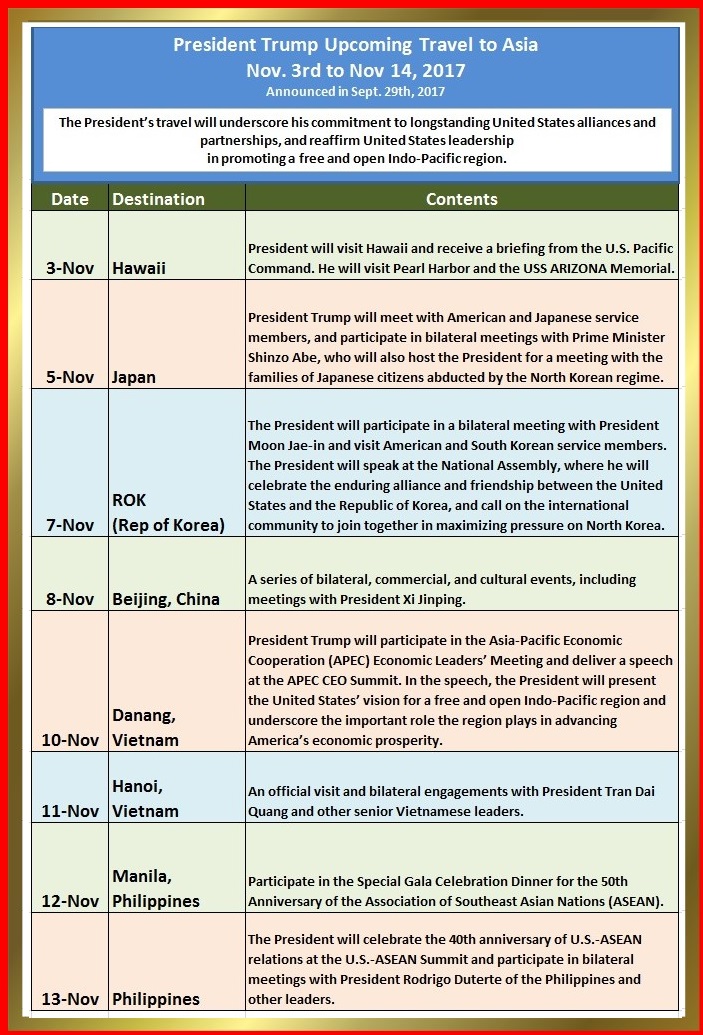
J
.jpg)
According to Youtupe Mania: Arirang News:LARGE-SCALE THREE CARRIER STRIKE GROUP: Three of the US Navy’s nuclear-powered aircraft carriers USS Nimitz USS Ronald Reagan and USS Theodore Roosevelt plan to hold a joint exercise in the western Pacific Ocean. Mid-November American military sources said the top Level. Trilateral meeting: JCS Chefs of S. Korea, U.S. Japan urge N. Korea to cease provocations. U.S. reaffirms commitment to full extended deterrence for its allies. A Three way meeting in Hawaii hosted by General Joseph Dunford the joint of Staff chairs exchanged views on North Korea’s missile that crossed into Japan’s territorial waters and the regime’s nuclear tests they also urged Pyongyang to refrain from actions that undermine peace and security in the region and the international community. General Dunford reaffirmed his country’s IRONCLAD commitment to providing full extended deterrence to defend its allies from the rogue states threads three agreed to cooperate to the maximum extent especially in exchanges of information and military preparedness.

On October 31st,Youtupe Mania reported that NATO Secretary General Jens Stoltenberg met with Japanese Prime Minister Shinzo Abe in Tokyo on Tuesday (31 October 2017), during the second day of his visit to the region. Calling NATO and Japan “natural partners”, the Secretary General stressed the importance of working together to face shared challenges - notably the behaviour of North Korea.
AriArirang News: Kim Hyun-bin reports that "Time is running out" on North Korea and countries around the world... must do more to denuclearize Pyongyang.
That's coming from U.S. National Security advisor H.R. McMaster... as Trump prepares to embark on a five-nation tour of Asia, with the regime's growing threats topping the agenda.
The White House National Security Adviser H.R. McMaster told reporters Thursday that President Trump will call on all countries to further pressure North Korea into giving up its nuclear weapons.
He added that the president will remind friends and foes alike that the U.S. stands ready to defend itself if needed using its full-range of capabilities.
"What the president has done, is clarified in all of his discussion and statements on North Korea, our determination to ensure that North Korea is unable to threaten our allies and our partners and certainly not the United States."
In an interview with YTN, McMaster said Trump will solidify his stance of denuclearization of the Korean peninsula during his visit and is expected to warn Pyongyang that any attack will be countered by Seoul and Washington.
He added that the U.S. will consult with South Korea before taking any military action against the North.
"We are completely intertwined in our command structure we are sharing information and intelligence every day. It's hard to imagine any scenario where threat could manifest itself"
The most critical stop in President Trump's week-long trip to Asia will be in China where he's expected to press his Chinese counterpart Xi Jinping... to tighten the screws on North Korea.
President Xi may be asked to further reduce China's oil shipments to North Korea, and to slap restrictions on coal imports and financial transactions with the regime.
President Trump leaves on Friday for his tour of South Korea, China, Japan, Vietnam and the Philippines, the longest visit to Asia by any American president for more than 25 years.
Kwon Jang-ho, November 3rd reports that Secretary General of NATO Jens Stoltenberg Currently visiting Seoul and said that, while peaceful means to resolve the nuclear crisis are the preferred approach, NATO and its member nations are ready and determined to face any of the regime's military provocations. Concluding a week-long trip to South Korea and Japan, the NATO Secretary General held a press conference in Seoul, expressing the international military body's determination to face up to North Korea's continued nuclear and ballistic missile provocations.
"NATO takes that threat very seriously. The alliance maintains a strong deterrence posture. We have the capabilities and resolve to respond to any aggression."
However, he stressed that sanctions remained the best alternative to using force, saying doing nothing would be irresponsible, but military action would have devastating consequences.
The NATO chief also called for solidarity and cooperation between international partners in the face of a danger that not only threatens those in the region, but also the whole world.
"In my meetings, one powerful message has come through again and again. The challenges of the 21st century are too complex for any one nation to face alone."
It was a message he reiterated in a meeting with President Moon Jae-in, earlier on Thursday.
He also praised the way Seoul has been managing the tensions, while President Moon thanked NATO for supporting their diplomatic efforts with Pyongyang.
It's only the second time a NATO Secretary General has ever visited the Korean peninsula, and although Stoltenberg said he looked forward to working with Seoul again, it's hoped that the North Korea crisis can be resolved before another visit becomes necessary.
.jpg)
.jpg)
.jpg)
.jpg)
According to Hisutton:Sat 27 August 2016 By H I Sutton reported that North Korea's Polaris: Gorae Class ballistic missile submarine(SINPO Class) The Sinpo Class submarine, also called the Gorae or “whale” in English, is a newclass of submarine produced in North Koreapeople’s Navy and is intended to deliver ballistic missile which makes it a lethal threat.
The new type is 65m (213ft)long, has a beam of -6.5m (21ft), and displacements of around 2000 tons, making it much larger than the existing Sang-O and Yono Class submarines.
Nuclear armed ballistic missile submarines are an exclusive club. Only US, UK< France, Russia, China and India have them. Now North Korea is poised to join the club with impending operational deployment of this. Snipo class submarine was first discovered Google Earth & other satellite imagery. Seoul’s Defense Ministry said on 16 September 2014, “Based on recent U.S. and South Korean intelligence. We have detected signs of North Korea developing a vertical missile launch tube for submarines”. At the time, North Korea’s submarine launched ballistic missile (SLBM) Program was only a rumor on the peripherals of the defense analysis community.
According to Nuclear Threat Initiative, and NTI: www.nti.org/newsroom: North Korea is developing a ballistic missile that can be fired from a submarine. The program seems to have begun around 2013, possibly motivated by concerns about the survivability of its land-based missiles. After a series of test and modifications to the SLBM’s design and fuel-type, North Korea is now much closer to developing and deploying a credible SLBM threat.
Kilo 23 reports that the Tensions with North Korea have been rising lately which have Compiled this list of all the DPRK's Rocket/ Missiles they have used in the recent tests.
Armed with these rumors the discovery of the submarine was not entirely a surprise, but it was an undeclared type as far as North Korea was concerned. Its existence had been kept a well guarded secret. Perhaps under the previous ‘dear leader’ the project would have remained obscure, but it was thrust into the prominence by the North Kroean regime under Kim Jong Un. Along the way there have been plenty of questions about capabilities and some skepticism among the submarine has one launch also mounted in the sail.
The configuration is similar to the Russian GOLF and HOTEL Class submarines.
This may be no coincidence as North Korea received a number of GOLF Class hulls as scrap.. It also allows the submarine’s hull to be much smaller which is a sensible consideration for a resource starved country, and even more so if the design is only intended as test. Platform or limited operating capability. The submarine has single-hull construction and appears close in overall hull-form to the indigenous MS-29 Yono. However, being much larger it probably has three decks of just over 2m each. The bow is likely to contain a relatively modest circular sonar array like other North Korean boats, with the forward ballistic tank directly behind it.
2 or 4 torpedo tubes are likely carried aove it. Behind the torpedo room would be the control room with access hatch in the forward portion of the sail. In the center of the sail, behind the control room, a single missile tube point’s skyward air launch system and compensation tanks. The second half of the boat is likely to be dominated by engines and machinery.
The submarine has Diesel-electric propulsion and ther is no indication of Air Independent. A large number of heavy duty lead-acid batteries are probably carried on the lowest deck.
Crew space would be distributed around the above features, mostly in the forward half. It has an estimated range of 2,800 km or 1,500 nautical miles and a probable endurance of about 20 to 30 days. The submarine is designed to carry a single KN11 ballistic missile.
It was reported the North had carried out dozens of tests on the ground and at sea to integrate the KN11 in the Sinpo class submarine.
KN11 is officially recognized by North Korea, South Korea and the United States to have been successful launched from this Sinpo class submarine on 24 August 2016.
This test was repeated again successfully in Feb 2017 with these test launch the vessels it is now taken very seriously. The original KN-11 missile is a direct reverse-engineered copy of the Soviet R-27 missile.
The missiles tested from the submarine appeared to have been modified to be solid fueled. As per South Korean analysists, the missile has an approximate range to around 2000 km.
For the time being the submarine should e regarded as test platform with limited operational capability.
Although less sophisticated than western or South Korean Systems and nowhere near what US has, a ballistic missile firing submarine represents a significant advance for the submarine fleet of the Korean People’s Navy.
The KN 11 missile’s 2000 km range coupled with the submarine’s 2800 km range, enables North Kroea to strike US bases in Guam, Okinawa as well as provides. It is the ability to hit.
South Korea and Japan.
As of now, North Korea is dependent on land-based missiles for nuke deliver till this submarine.
Is operationally deployed. Land based missile sites are vulnerable to preemptive attacks.
Ballistic Missile Submarines are considered to be the most survival nuke delivery option. As they can loiter in the vast oceans awary from the preying eyes of enemy aircrafts or satellites. This makes them virtually undetectable. These are the greatest deterrence to rival nations.
Since they know that a preemptive strike will be retaliated with devastating strike from these submarines. North Korean submarine technology is currently crude but as with their missle technology things will improve in coming days.
It is reported that North Korea is developing a follow-on version of the submarine named.
Sinpo C which will be larger and have the ability to carry more missiles. North Korea nukes are getting smaller and will soon be suitable for mounting in missiles.
These submarines coupled with nuclear tipped ballistic missiles will make it very hard for US and its allies to target North Korea in the future, as it will certainly result.
The F-35A Just Arrived in Seoul Amid Tension With N. Korea: The Air Force’s version of the F-35 has made its debut in Asia.
The Joint Strike Fighter touched down this week for South Korea’s Seoul International Aerospace and Defense Exhibition, known as Seoul ADEX 2017, the Air Force said. The U.S. military’s newest stealth fighter joins the F-22 Raptor, A-10 Thunderbolt II, C-17 Globemaster III, C-130 Hercules, B-1 Lancer, KC-135 Stratotanker, E-3 Sentry, U-2 Dragon Lady and RQ-4 Global Hawk, along with some Army and Navy aircraft, at the show, being held roughly 35 miles from North Korea’s border, the service said in a release on Friday.
|
|||
|
Statement from the Press Secretary on President Donald J. Trump’s
|
The White House
|
October 16, 2017 |
As was announced on September 29, 2017, President Donald J. Trump will travel to Japan, the Republic of Korea, China, Vietnam, the Philippines, and Hawaii, from November 3-14, 2017. This update provides further details about the President’s itinerary.
The President’s travel will underscore his commitment to longstanding United States alliances and partnerships, and reaffirm United States leadership in promoting a free and open Indo-Pacific region. On Novemb.er 3, the President will visit Hawaii and receive a briefing from the U.S. Pacific Command. He will visit Pearl Harbor and the USS ARIZONA Memorial.
The President will commence his visit to Asia beginning with Japan on November 5. While in Japan, President Trump will meet with American and Japanese service members, and participate in bilateral meetings with Prime Minister Shinzo Abe, who will also host the President for a meeting with the families of Japanese citizens abducted by the North Korean regime. During his visit to the Republic of Korea on November 7, the President will participate in a bilateral meeting with President Moon Jae-in and visit American and South Korean service members. The President will speak at the National Assembly, where he will celebrate the enduring alliance and friendship between the United States and the Republic of Korea, and call on the international community to join together in maximizing pressure on North Korea.
On November 8, President Trump will arrive in Beijing, China for a series of bilateral, commercial, and cultural events, including meetings with President Xi Jinping. The President will travel to Danang, Vietnam, on November 10. There, he will participate in the Asia-Pacific Economic Cooperation (APEC) Economic Leaders’ Meeting and deliver a speech at the APEC CEO Summit. In the speech, the President will present the United States’ vision for a free and open Indo-Pacific region and underscore the important role the region plays in advancing America’s economic prosperity. On November 11, the President will travel to Hanoi, Vietnam for an official visit and bilateral engagements with President Tran Dai Quang and other senior Vietnamese leaders.
President Trump will arrive in Manila, Philippines, on November 12 to participate in the Special Gala Celebration Dinner for the 50th Anniversary of the Association of Southeast Asian Nations (ASEAN). On November 13, the President will celebrate the 40th anniversary of U.S.-ASEAN relations at the U.S.-ASEAN Summit and participate in bilateral meetings with President Rodrigo Duterte of the Philippines and other leaders.
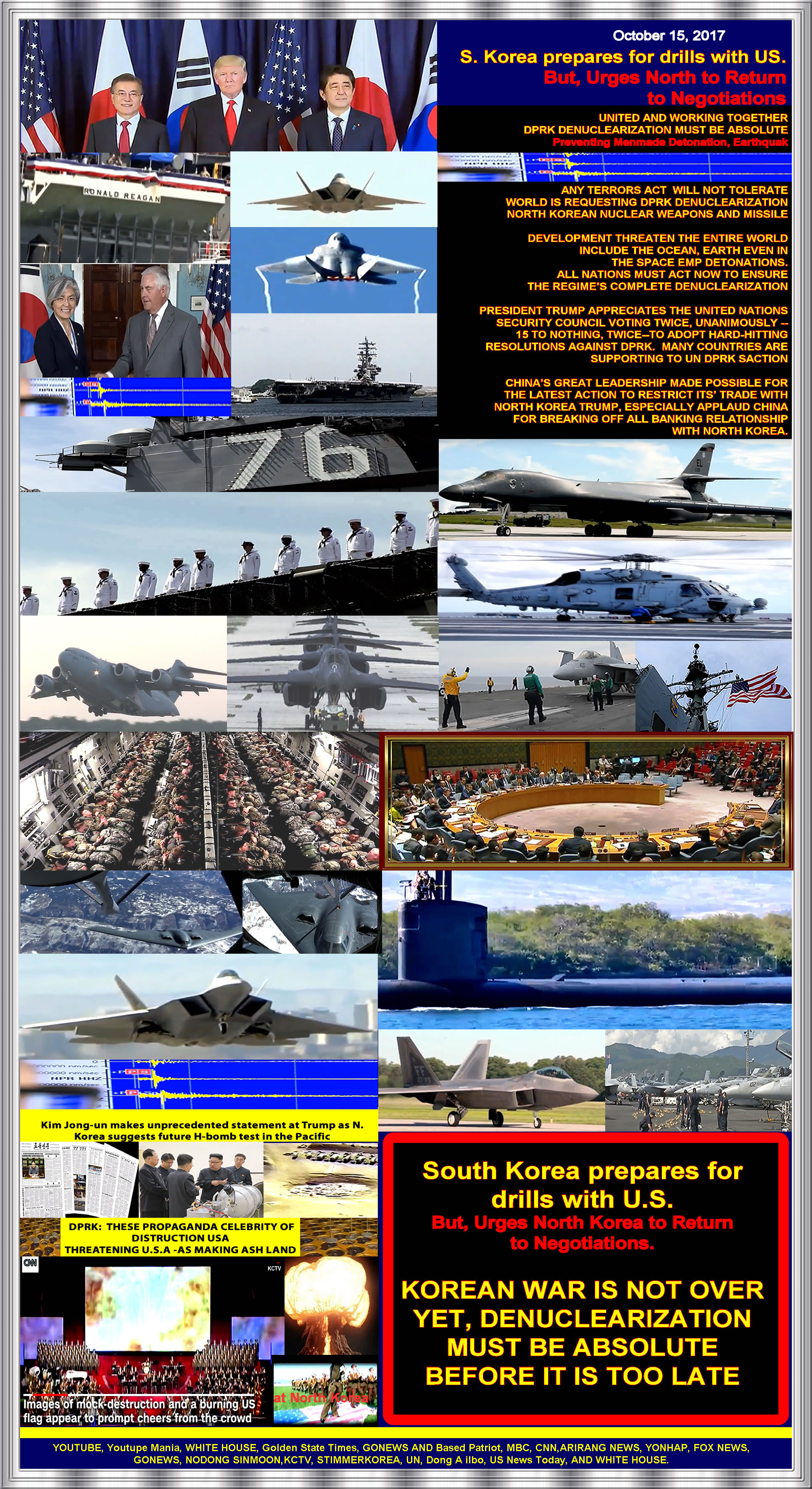
October 15, 2017: S. Korea prepares for drills with US. But urges north to return to negotiations
According Asia Pacific 1440 15. 10.2017 updated 1546 15.10.2017 Get short URL south Korean parliament speaker and a North Korean parliamentarian are both attending the 137th Inter Parliamentary Union Assembly.Seoul urges talks, Pyongyang refuges due to the upcoming US South Korean Joint drills on the Peninsula and political pressure.I once again call on North Korea to return to the negotiating table and to resolve the problem of the Korean Peninsula in the near future, Speaker of the South Korean Parliament Chung Syekyun said at the 137th Assembly of the Inter Parliamentary Union IPU in St. Petersburg.At the same time, a North Korean delegation member claimed it is impossible to even talk about negotiations due to the unprecedented pressure from Washington, and also taking into account the upcoming exercises of South Korea and the United States on the Korean Peninsula.He underlined that his delegation had no plans to meet with South Korean parliamentarians.On Saturday, Chung Syekyun also told sputnik that the delegation of South Korea was not planning to hold a meeting with the delegation of North Korea on the sidelines of the summit.The statement comes as the US, South Korea joint drills are set to kick off on Monday, October 16. Earlier, the US few two B1B strategic bombers over the Korean Peninsula and test fired ground attack missiles.Moreover, the USS Michigan, a nuclear powered US submarine, has arrived in the South Korean port of Busan amid the ongoing escalation of tensions.Pyongyang has responded to the war games by saying that the US and South Korea ignite an aggressive nuclear war against us, calling the arrival of B1B bombers and nuclear submarines reckless military provocation.Moreover, media reports suggested that North Korea is allegedly preparing for a missile launch amid the US South Korea drills.Russia still urges parties to hold bilateral meeting Russia’s St. Petersburg is currently hosting the 137th IPU Assembly that kicked off on October 14 and will continue until October 18.As both parties attend the event, Russian Parliament’s upper house speaker Valentina Matvienko will propose once again on Monday to hold a meeting between the delegations, Chairman of the Russian Federation Councils Foreign Affairs Committee Constantin Kosachev said Sunday.Valentina Ivanovna Matvienko will reiterate this proposal during tomorrow meetings with South, North Korean delegations.If such antagonistic countries might meet anywhere, then it should be in a parliamentary format and, of course, on the sidelines of the IPU, Kosachev said Kosachev added that the possibility of such a meeting remained as there was no information that the meeting would not be held.The situation around North Korea has escalated in recent months, following a series of missile and nuclear tests by the DPRK .In September, the UNSC unanimously passed a new round of sanctions in retaliation for North Koreas’ most powerful nuclear test ever conducted on September 3rd, 2017.The US imposed its own, sanctions against North Korea on September 21st the sanctions target Pyong Yang’s information technology, manufacturing industries, as well as fishing and textiles.This summer Russia and China proposed the so called double freeze plan aimed at the settlement of the crisis on the Korean Peninsula.According to the plan, North Korea should stop nuclear tests, while Washington and Seoul should refrain from joint drills to ease tensions.However, the US rejected the plan, while there was no official response from Pyongyang. Last week, the Russian presidential aide said that the plan is still on the table.
Speaking of President Trump visiting to South Korea, White House reported last September 22nd, 2017 that They agreed to mobilize all available means to maximize pressure on North Korea and call on all other nations to do the same. The three leaders agreed that North Korea’s provocative actions have drawn their nations even closer together. Finally, they affirmed close and continuing coordination in preparation for President Trump’s visits to Japan and the Republic of Korea later this year.
Announcement of President Donald J. Trump’s Upcoming Travel to Asia
Readout of President Donald J. Trump’s Trilateral Meeting with
|
The White House
|
September 22, 2017 |
President Donald J. Trump hosted a working lunch in New York today with Prime Minister Shinzo Abe of Japan and President Moon Jae-in of the Republic of Korea. The three leaders agreed that North Korea’s continued aggressive actions—including its two recent missile launches that overflew Japan and its September 3, 2017 nuclear test—constitute clear and growing threats to their countries as well as to the rest of the world. The leaders committed to the fast and full implementation of United Nations Security Council Resolution 2375, and they resolved to work with all other countries to achieve that goal. They agreed to mobilize all available means to maximize pressure on North Korea and call on all other nations to do the same. The three leaders agreed that North Korea’s provocative actions have drawn their nations even closer together. Finally, they affirmed close and continuing coordination in preparation for President Trump’s visits to Japan and the Republic of Korea later this year.
###.

Joint Readout of the Meeting between
President Donald J. Trump of the United States and
President Moon Jae-in of South Korea
The White House
|
September 22, 2017 |
President Donald J. Trump met in New York with President Moon Jae-in of South Korea to discuss the serious and escalating threat posed by North Korea’s nuclear and missile programs. The two presidents condemned in the strongest terms North Korea’s continued provocations, including its sixth nuclear test on September 3 and is two recent launches of ballistic missiles over Japan. The leaders stressed the importance of faithful and thorough implementation of UN Security Council Resolutions 2371 and 2375. The two leaders also agreed that maximum pressure and sanctions on North Korea are necessary to deter its threatening actions and take steps towards denuclearization.
President Trump and President Moon reaffirmed the two countries’ joint goal of pursuing the complete, verifiable, and irreversible denuclearization of North Korea in a peaceful manner. They shared the view that maintaining overwhelming military superiority over North Korea is essential, and committed to maintain and strengthen our robust combined defense posture, including through South Korea’s acquisition and development of highly advanced military assets. They also agreed to the enhanced deployment of U.S. strategic assets in and around South Korea on a rotational basis. The two leaders committed to continue their close consultation when President Trump visits Seoul in November.
###
_tm.jpg) |
_tm.jpg) |
_tm.jpg) |
_tm.jpg) |
_tm.jpg) |
_tm.jpg) |
_tm.jpg) |
_tm.jpg) |
_tm.jpg) |
_tm.jpg) |
_tm.jpg) |
_tm.jpg) |
_tm.jpg) |
_tm.jpg) |
_tm.jpg) |
_tm.jpg) |
_tm.jpg) |
_tm.jpg) |
_tm.jpg) |
_tm.jpg) |
_tm.jpg) |
_tm.jpg) |
_tm.jpg) |
_tm.jpg) |
_tm.jpg) |
_tm.jpg) |
_tm.jpg) |
_tm.jpg) |
_tm.jpg) |
_tm.jpg) |
_tm.jpg) |
_tm.jpg) |
_tm.jpg) |
_tm.jpg) |
_tm.jpg) |
_tm.jpg) |
_tm.jpg) |
_tm.jpg) |
_tm.jpg) |
_tm.jpg) |
_tm.jpg) |
_tm.jpg) |
October 7th, 2017; North Korean leader reaffirms
simultaneous pursuit of nukes, economic development
According to Arirang News, October 7th, 2017; DPRK leader made an announcement following Trump's latest remarks hinting at possible military action against the regime.During Saturday's meeting of the Central Committee of the ruling Workers’ Party, Kim Jong-un highlighted nuclear weapons as a “powerful deterrent” that guarantees Pyongyang’s sovereignty. The young leader reaffirmed his commitment to the simultaneous pursuit of nuclear weapons and economic development.According to the North's state media, the KCNA, Kim called on his people to continue with the so-called "Byungjin" policy to complete the regime’s nuclear capabilities. Also during the session, he stressed that self-reliance, science and technology will help the communist state overcome the growing economic sanctions and pressure against it.
Meanwhile, S. Korea and U.S. beef up monitoring and surveillance on N. KoreaArirang News also reported that Activity at North Korea's missile facilities is prompting the regime could conduct a major provocation in the coming days.In response, Seoul and Washington increased their military readiness.According to Arirang News Kim Hyesung,South Korea and the United States' military have stepped up their monitoring and surveillance of North Korea amid speculation of a possible provocation by Pyongyang in the coming days.A military official in Seoul told Yonhap News Agency on Sunday that there is no sign of any imminent provocation, but that some activities have been detected at the North's missile facilities and bases. The official said that U.S. Forces Korea has increased operations of the U-2S ultra-high altitude reconnaissance aircraft and South Korea has also increased surveillance with reconnaissance planes and P-3C maritime patrol aircraft.An Aegis destroyer is deployed in the East Sea and a land-based missile defense radar system is also running to detect ballistic missile launches from North Korea.On top of increasing its military readiness, South Korea has been working on developing new weapons technology to counter North Korea's threats.South Korea's military said on Sunday that it has acquired the technology to develop a bomb that could paralyze North Korea's nuclear missile base during a conflict.Known as the 'Blackout Bomb,' the weapon could neutralize the regime's electricity grid for up to 12 hours.It's part of South Korea's Kill Chain system, aimed at detecting, tracking and shooting down Pyongyang's ballistic missiles.The Agency for Defense Development has been working on the key technologies, and according to South Korea's military, once given the defense budget for next year, it could develop the Blackout Bomb.According to Wall Street Journal; Jason Bellini reported that North Korea boasts about its nuclear weapons program by releasing photos and videos of its missiles. But in them are tiny clues to their true capability. A team of U.S. analysts, working outside the government, shows how they decode these images to determine when North Korea is bluffing – and when it is showing true power.North Korea ‘Decoders’ Are Sounding Alarms | Moving Upstream by Wall Street JournalJeffrey Lewis’s research is funded by Middlebury Institute at Monterey’s Center for Nonproliferation Studies.James Martin Center for Nonproliferation Studies (CNS)The James Martin Center for Nonproliferation Studies (CNS) is the largest nongovernmental organization in the world devoted to curbing the spread of weapons of mass destruction, and hosts five nonproliferation research programs.In October 2010, the Austrian Foreign Ministry selected the CNS as its partner in the establishment of the Vienna Center for Disarmament and Nonproliferation. In a public announcement, the Austrian government said that it selected CNS from a large number of candidates to manage and operate the new center "because of its distinguished record of leadership in the field and its shared vision" for the new center.In November 2016, after identifying that no risk analysis of the possible misuse of gene drive technology for malicious purposes had yet been conducted, the CNS publicly called upon the Biological and Toxin Weapons Convention to take on security issues in relation to gene drive systems.Monterey Terrorism Research & Education Program (MonTREP)The Monterey Terrorism Research and Education Program (MonTREP) at the Middlebury Institute of International Studies is a research organization which conducts in-depth scholarly research, assesses policy options, and engages in public education on issues relating to terrorism and counterterrorism, extremist groups, regional studies of terrorism, and related aspects of international and homeland security.Once North Korea decided cooperating denuclearization and follow the international rules and laws, there North Korea will have the prosperity including supporting DPRK economic will be better. If there is no cooperationg for denuclearization, definately, there will consquences and will make to STOP nuclear warhead making by North Korea, Whatever it takes!Defense Updates shows that WHY IT WILL BE VERY HARD FOR NORTH KOREA TO SHOOT DOWN A B1B ? |
Published on Sep 30, 2017INTRODUCTIONIn intensifying rhetoric between the United States and North Korea during the past week, President Donald Trump said the U.S. would “destroy” the country if it threatened the U.S. or its allies. Pyongyang’s foreign minister Ri Yong Ho responded that Trump had “declared war” and North Korea reserved the right to take countermeasures, including shooting down U.S. bombers, even if they were not in its air space.Here the U.S. bomber being referred to, is the B1B Lancer, which has been used by US in show of strength exercises near the North Korean airspace.Rants apart, it would have difficulty to match words with action, given the inadequate technological capabilities of North Korea.In this video, Defense Updates analyzes WHY IT WILL BE VERY HARD FOR NORTH KOREA TO SHOOT DOWN A B1B?Lets get started.STEALTHThe B-1 Lancer is a supersonic variable-sweep wing, heavy bomber used by the United States Air Force.It is commonly called the "Bone".It is one of three strategic bombers in the USAF fleet as of 2017, the other two being the B-2 Spirit "Stealth Bomber", and the B-52 Stratofortress.U.S has 100 of these.The B-1A was originally designed during the 1970s as a high-altitude, Mach 2.0-capable nuclear bomber. However, President Jimmy Carter cancelled the program on June 30, 1977, in favor of air launched cruise missiles carried onboard the B-52, intercontinental ballistic missiles and what eventually became the Northrop Grumman B-2 Spirit stealth bomber.This was done after it became apparent that penetrating Soviet airspace at high altitudes in a conventional non-stealthy aircraft was likely a suicidal endeavor.Stealth makes the B1B hard to detect and the newest input seems to suggest that North Korea has no way to target it.The B1B’s latest nighttime mission took it farther north of the Demilitarized Zone that separates North and South Korea than any other American bomber or fighter this century.South Korean intelligence officials told lawmakers in Seoul that Pyongyang didn't appear to take any action after the U.S. flight.OUTDATED AIR DEFENCESNorth Korea has a mix of old Soviet era Surface-to-Air missiles (SAMs), which includes the S-75, S-125, S-200 and Kvadrat.All these systems are outdated and represent technology that is 2 to 3 generation older.Also, these may not be in good working condition. Even when working, are likely to be only nuisance instead of being a solid challenge because of their old radar technology and limited onboard computational power.In addition to them, since early the 2010s North Korea has deployed an indigenous SAM system, which is called KN-06 by South Korea and the U.S.The KN-06 is a long-range SAM that bears some resemblance to the Russian S-300 and Chinese FT-2000 is the most capable North Korean air defense system. It has a max range of 150 km.But even this system is equipped with a Flap Lid type phased array radar, which will find it difficult to have a lock on a B1B that can fly at an altitude of 60,000 ft (18,000 m).OBSOLETE AIRFORCEThe North Korean Air Force has a fleet of more than 1,300 aircraft that are primarily legacy Soviet models and are predominantly responsible for defending North Korean air space.The overwhelming majority of Pyongyang’s arsenal is made up of 1950s and 1960s vintage machines, which even includes Chinese derivatives of very old fighters like Mig 17 and Mig 19.The MiG-29 is the Korean People's Army Air Force’s (KPAF) most modern fighter and it operates approximately 40 of these.Though the Mig 29 is a capable fighter but North Korea has been isolated for long with very little access to spare parts and other maintenance infrastructure.Even for many developed countries, the actual availability of fighter fleet tends to be about 70% of total strength, the situation for North Korea is expected to be even worse.Also we must have to note that fighter jets are platforms and their effectiveness depends largely on the weapons they carry.With little to no access to foreign air-to-air missiles, because of sanction and no in-house designs; the Mig 29 is equipped with old weapons technology.The resource crises have also meant that the Average Flying Hour (AFH) for North Korean pilots is very low. AFH per pilot for the KPAF are said to be only 15 or 25 hours each year, in comparison, most NATO fighter pilots fly at least 150 hours a year.The very low AFH will ultimately result in lesser prowess in combat skills and North Korean pilots will be found wanting when faced with a well-trained adversary like the modern US air force fighters jet escorting the B1B bomber. Here is WHY EVEN A SINGLE B2 COULD BE ENOUGH TO TAKE OUT NORTH KOREAN MILITARY?.
|
October 5th, 2017; President Trump Emphasizing the DPRK Denuclearization
DPRK threaten our nation or our allies with unimaginable loss of life
Remarks by President Trump Before Meeting with Senior Military Leaders
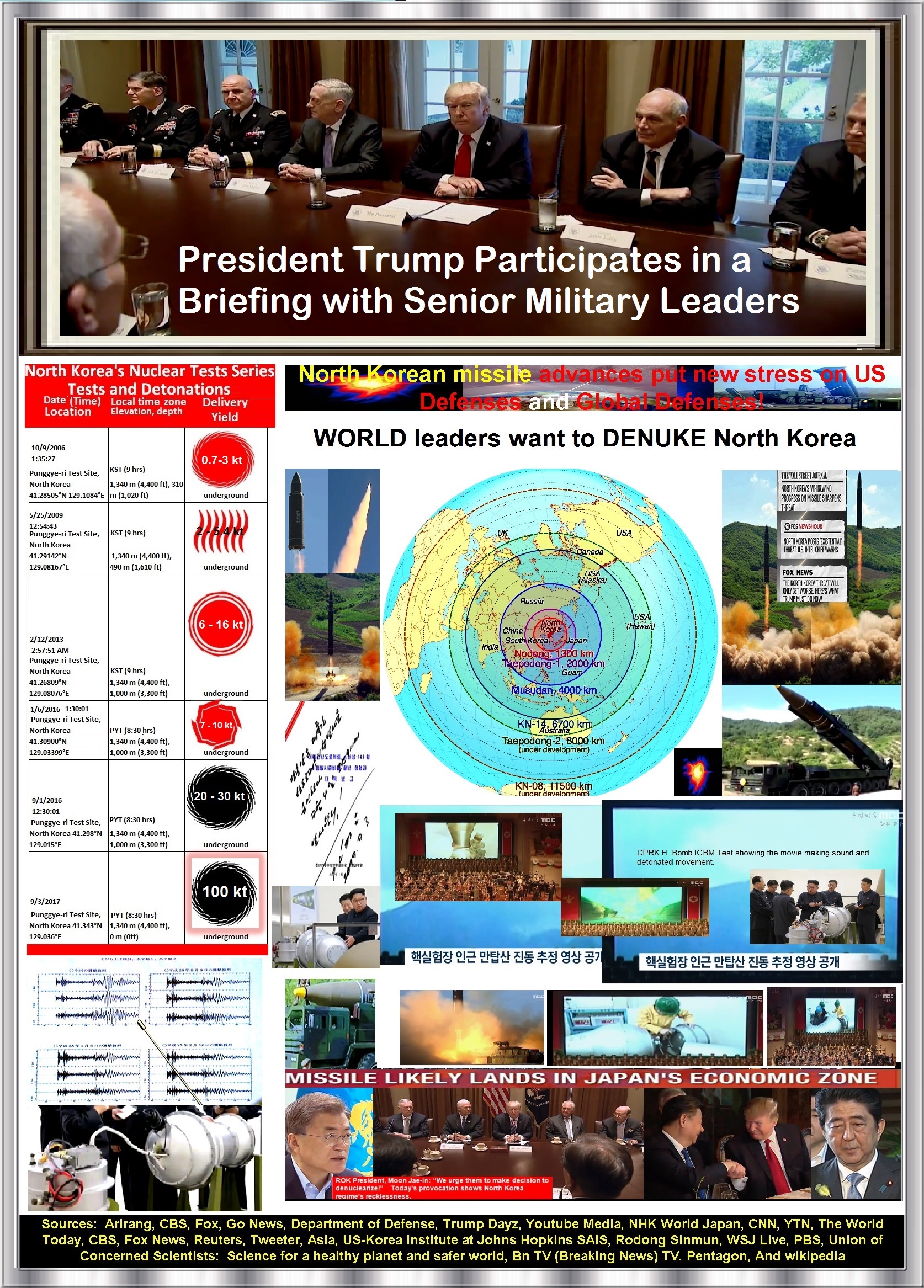
On October 5th, 2017, President Trump participated in a Briefing with Senior Military Leaders and appreciated special thanks to Secretary Mattis and General Dunford for their incredible leadership and service. Also appreciated to General Kelly and General McMaster and other senior leaders.President Trump stated that North Korea , Iran, Afghanistan, ISIS and the revisionist power that threaten our interests all around the world. President will discuss critical areas that North Korea denuclearization which will continue to protect being threaten our nation or our allies with unimaginable loss of life.President Trump and administration take very seriously for DPRK Threat and will continue to prevent DPRK threat that from happening which will be done when it is necessary. In addition, President also stated critical issue of Iran denuclearization.Nuclear proliferation is the spread of nuclear weapons, fissionable material, and weapons-applicable nuclear technology and information to nations not recognized as "Nuclear Weapon States" by the Treaty on the Non-Proliferation of Nuclear Weapons, commonly known as the Non-Proliferation Treaty or NPT. Proliferation has been opposed by many nations with and without nuclear weapons, the governments of which fear that more countries with nuclear weapons may increase the possibility of nuclear warfare (up to and including the so-called "counter value" targeting of civilians with nuclear weapons), de-stabilize international or regional relations, or infringe upon the national sovereignty of states.Four countries besides the five recognized Nuclear Weapons States have acquired, or are presumed to have acquired, nuclear weapons: India, Pakistan, North Korea, and Israel. None of these four is a party to the NPT, although North Korea acceded to the NPT in 1985, then withdrew in 2003 and conducted announced nuclear tests in 2006, 2009, 2013, 2016, and 2017. One critique of the NPT is that it is discriminatory in recognizing as nuclear weapon states only those countries that tested nuclear weapons before 1968 and requiring all other states joining the treaty to forswear nuclear weapons.According to wikipedia, Research into the development of nuclear weapons was undertaken during World War II by the United States (in cooperation with the United Kingdom and Canada), Germany, Japan, and the USSR. The United States was the first and is the only country to have used a nuclear weapon in war, when it used two bombs against Japan in August 1945. With their loss during the war, Germany and Japan ceased to be involved in any nuclear weapon research. In August 1949, the USSR tested a nuclear weapon. The United Kingdom tested a nuclear weapon in October 1952. France developed a nuclear weapon in 1960. The People's Republic of China detonated a nuclear weapon in 1964. India exploded a nuclear device in 1974, and Pakistan conducted a series of nuclear weapon tests in May 1998, following tests by India earlier that month. In 2006, North Korea conducted its first nuclear test.Mean while, Arirang News October 6th, 2017 reported that DPRK is continue to manufacturing the goods of Kaesong secretly which South Korea is warning North Korea that it should respect the property rights of South Korean firms that have assets at the inter-Korean industrial complex at Kaesong.Seoul was responding to hints from Pyongyang that, despite the complex being shut down for well over a year, it has indeed been secretly running factories there.Through a propaganda outlet, the North claimed today that sovereignty over the industrial park belongs to it.Arirang News Connie Kim reports that South Korea says Pyongyang should not infringe on the property rights of South Korean companies that had been doing business at the now-closed Kaesong industrial complex, where most firms left behind facilities and equipment.The remarks from Seoul come after Pyongyang indicated that it may have resumed operations at Kaesong.An official from Seoul's unification ministry made clear that Seoul's stance has not changed: Pyongyang cannot act unilaterally on issues affecting the industrial complex.Those comments came in response to an op-ed posted on the North's propaganda website Uriminzokkiri that stated no one should interfere with what the regime does in the industrial park, which it called its sovereign territory.Another propaganda outlet, Meari, referenced hardworking laborers at the park and also said the industrial zone lies within North Korea's sovereign territory.While Seoul has not verified that operations are underway at the industrial zone, Radio Free Asia, citing North Korean sources in China, reported this week that the North has secretly started running 19 clothing factories at Kaesong for its domestic market as well as Chinese customers.Since Seoul announced the suspension of operations at Kaesong last February,satellite imagery has shown North Korea has run and re-located South Korean-owned buses.
|
On September 30th, 2017, NATO announced that NATO will
support USA for DPRK denuclization
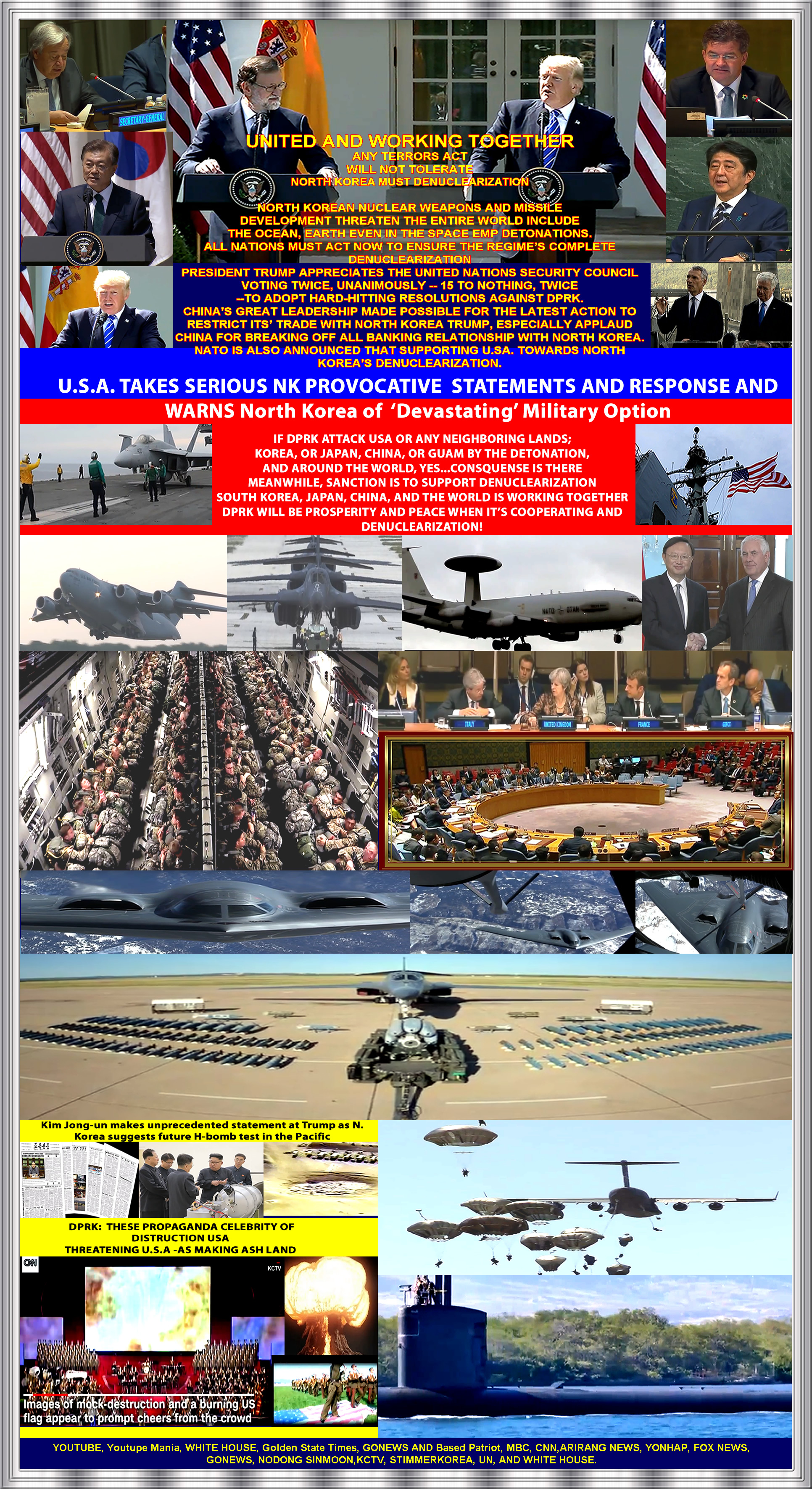
On September 26, 2017 According to The White House Office of the Press Secretary For Immediate Release during the Remarks by President Trump and President Rajoy of the Government of Spain in the Joint Press Conference at Rose Garden at 1:56 P.M. EDTPart of President Trump addressed that The United States and Spain together face many critical dangers and challenges, from North Korea, to Iran, to Venezuela. We thank Spain for its recent decision to expel its North Korean ambassador and for standing with us in our efforts to isolate the brutal North Korean regime.It is time for all responsible nations to join forces to isolate the North Korean menace. North Korean nuclear weapons and missile development threaten the entire world with unthinkable loss of life. All nations must act now to ensure the regime’s complete denuclearization.I appreciate the United Nations Security Council voting twice, unanimously -- 15 to nothing, twice -- to adopt hard-hitting resolutions against North Korea. I have recently issued tough new sanctions against those who do business with this outlaw regime, and I applaud China’s latest action to restrict its trade with North Korea. And, in particular, I applaud China for breaking off all banking relationships with North Korea -- something that people would have thought unthinkable even two months ago. I want to thank President Xi.Regarding the international situation, we've agreed that the challenge by North Korea to the non-proliferation regime is an intolerable violation of the international legality. And I've expressed the full support of the Spanish government to the stepping up of sanctions, as approved by the United Nations the other day. As we know, the European Union is working on new additional measures, and in that context, Spain will continue to press for a firm, common stance supportive of the U.S. and itsregional allies.President Trump also reminded that the Spanish government has taken measures that have reduced the diplomatic presence of North Korea in U.S.A. President Trump has appreciate to Spanish Government for the firm position the Spainish government has taken and the measures they adopted.News Reporter asked the Prime Minister: if I could ask a Prime Minister a question. It's going to take a war to rein in North Korea. And what is your advice to the President on dealing with this?PRESIDENT RAJOY: (As interpreted.) No one wishes for there to be a war anywhere in the world, but it’s true that the recent events in North Korea with implications in the neighboring countries -- very important countries -- means that we all have to be forceful. And those of us who defend the values of democracy, freedom, and human rights have to let North Korea know that it isn’t going anywhere in that direction.And on North Korea, very quickly, the Foreign Minister said you have declared, effectively, war on North Korea. And the North Korean government has threatened to shoot down or aim at American planes flying in international airspace. I would like your reaction to that.PRESIDENT TRUMP: Okay, well, I'll answer the second one first. We're totally prepared for the second option; not a preferred option. But if we take that option, it will be devastating --I can tell you that -- devastating for North Korea. That's called the military option. If we have to take it, we will.
|
On Sept 22, 2017 Kim Jong Un responded to President Trump's first UN speech: which from KCNAStatement of Chairman of State Affairs Commission of DPRKPyongyang, September 22 (KCNA) -- Respected Supreme Leader Kim Jong Un, chairman of the State Affairs Commission of the DPRK, released a statement on Thursday.The full text of the statement reads:The speech made by the U.S. president in his maiden address on the UN arena in the prevailing serious circumstances, in which the situation on the Korean peninsula has been rendered tense as never before and is inching closer to a touch-and-go state, is arousing worldwide concern.Shaping the general idea of what he would say, I expected he would make stereo-typed, prepared remarks a little different from what he used to utter in his office on the spur of the moment as he had to speak on the world's biggest official diplomatic stage.But, far from making remarks of any persuasive power that can be viewed to be helpful to defusing tension, he made unprecedented rude nonsense one has never heard from any of his predecessors.A frightened dog barks louder.I'd like to advise Trump to exercise prudence in selecting words and to be considerate of whom he speaks to when making a speech in front of the world.The mentally deranged behavior of the U.S. president openly expressing on the UN arena the unethical will to "totally destroy" a sovereign state, beyond the boundary of threats of regime change or overturn of social system, makes even those with normal thinking faculty think about discretion and composure.His remarks remind me of such words as "political layman" and "political heretic" which were in vogue in reference to Trump during his presidential election campaign.After taking office Trump has rendered the world restless through threats and blackmail against all countries in the world. He is unfit to hold the prerogative of supreme command of a country, and he is surely a rogue and a gangster fond of playing with fire, rather than a politician.His remarks which described the U.S. option through straightforward expression of his will have convinced me, rather than frightening or stopping me, that the path I chose is correct and that it is the one I have to follow to the last.Now that Trump has denied the existence of and insulted me and my country in front of the eyes of the world and made the most ferocious declaration of a war in history that he would destroy the DPRK, we will consider with seriousness exercising of a corresponding, highest level of hard-line countermeasure in history.Action is the best option in treating the dotard who, hard of hearing, is uttering only what he wants to say.As a man representing the DPRK and on behalf of the dignity and honor of my state and people and on my own, I will make the man holding the prerogative of the supreme command in the U.S. pay dearly for his speech calling for totally destroying the DPRK.This is not a rhetorical expression loved by Trump.I am now thinking hard about what response he could have expected when he allowed such eccentric words to trip off his tongue.Whatever Trump might have expected, he will face results beyond his expectation.I will surely and definitely tame the mentally deranged U. S. dotard with fire. -0-(2017.09.22). |
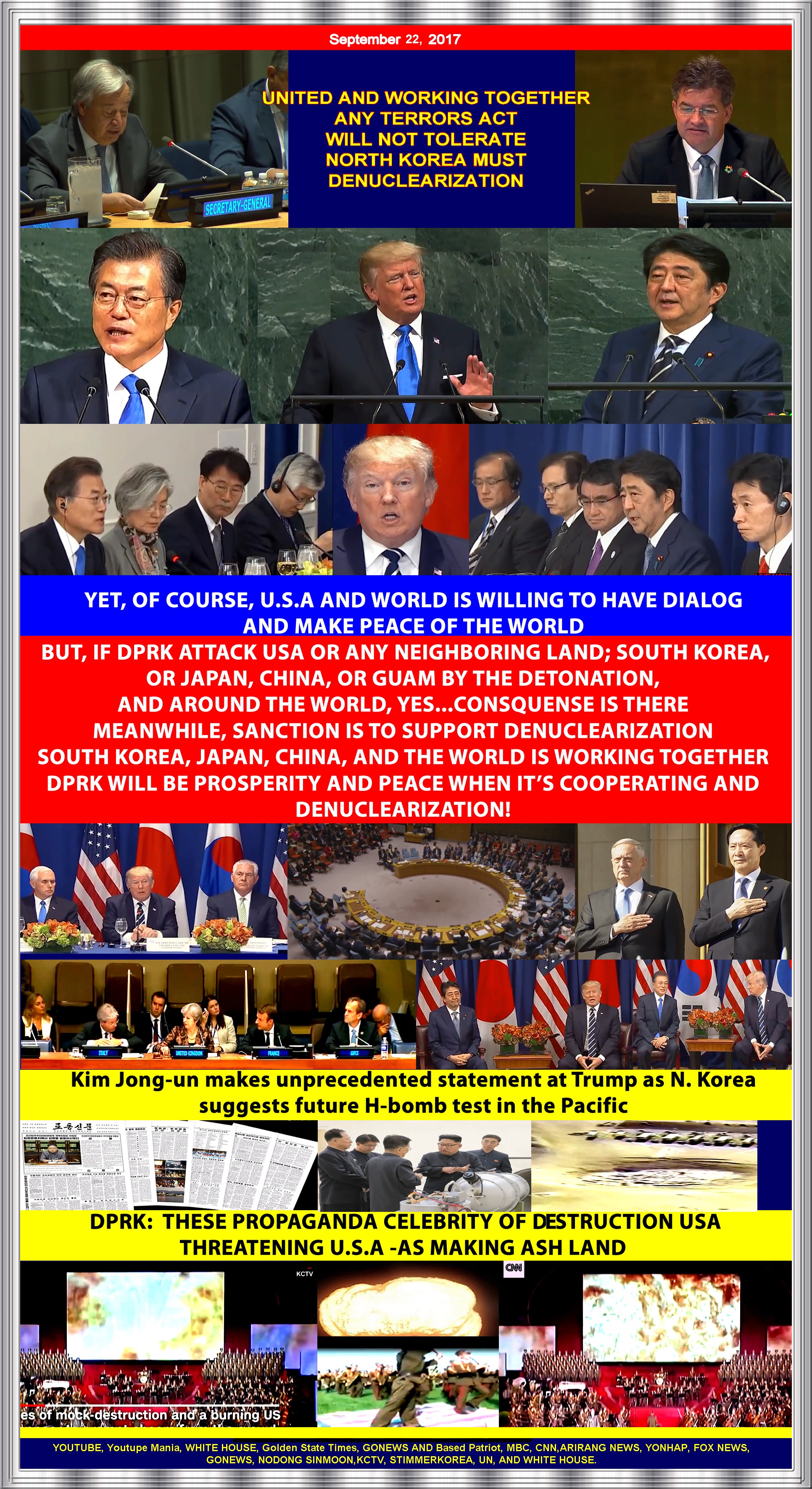
|
On Friday, |
||
On Friday, September 22, 2017, President Donald J. Trump Announced a new executive order before the Trilaternal meeting with U.S., South Korea and Japan. He stated that he just signed that significantly expands authorities to target individuals, companies, financial institutions that finance and facilitate trade with North Korea. As the world expacted, China united and supported towards the denuclearization plan which China, their central bank has told their other banks -- that's a massive banking system -- to immediately stop doing business with North Korea. This just happened. It was just reported on September 22nd, 2017.
Remarks by President Trump, President Moon of the Republic of Korea,and Prime Minister Abe of Japan Before Trilateral Meeting
Lotte New York Palace Hotel New York, New York
12:15 P.M. EDTPRESIDENT TRUMP: Today I'm announcing a new executive order I just signed that significantly expands our authorities to target individuals, companies, financial institutions that finance and facilitate trade with North Korea.As I outlined at my address to the United Nations General Assembly, North Korea's nuclear weapons and missile development is a grave threat to peace and security in our world. And it is unacceptable that others financially support this criminal, rogue regime.The brutal North Korean regime does not respect its own citizens or the sovereignty of other nations. Our new executive order will cut off sources of revenue that fund North Korea's efforts to develop the deadliest weapons known to humankind.The order enhances the Treasury Department's authorities to target any individual or entity that conducts significant trade in goods, services, or technology with North Korea. And I'm very proud to tell you that, as you may have just heard moments ago, China, their central bank has told their other banks -- that's a massive banking system -- to immediately stop doing business with North Korea. This just happened. It was just reported.In addition to everything else, what we will do is identify new industries, including textiles, fishing, information technology, and manufacturing that the Treasury Department can target with strong sanctions. And Secretary Mnuchin is representing the Treasury Department; he's here today.prevent sanctions evasion, the order also includes measures designed to disrupt critical North Korean shipping and trade networks. For much too long, North Korea has been allowed to abuse the international financial system to facilitate funding for its nuclear weapons and missile programs.The United States has had representatives working on this problem for over 25 years; they have done nothing. That's why we're in the problem that we're in today, in addition to, frankly, other countries not doing what they should have done.Tolerance for this disgraceful practice must end now. Our new order will give the Treasury Department the discretion to sanction any foreign bank that knowingly conducts or facilitates significant transactions tied to trade with North Korea. And again, I want to just say, and thank President Xi of China for the very bold move he made today. That was a somewhat unexpected move and we appreciate it.New authority in this area applies to any activity that occurs following my signature on the executive order -- which I have actually just signed. Foreign banks will face a clear choice: Do business with the United States or facilitate trade with the lawless regime in North Korea -- and they won't have so much trade.This new order provides us with powerful new tools, but I want to be clear the order targets only one country -- and that country is North Korea. The regime can no longer count on others to facilitate its trade and banking activities.Many countries are working with us to increase economic and diplomatic pressure on North Korea. But I continue to call on all those responsible nations to enforce and implement U.N. sanctions and impose their own measures like the ones I am announcing today.I must tell you that this is a complete denuclearization of North Korea that we seek. Cannot have this as a world body any longer. In just a few minutes, Prime Minister Abe, President Moon and I are going to discuss what more we can do working together. We're had a very, very close relationship. I think our nations have become closer because of this.I know it's going to be a great meeting. Our alliance with South Korea and Japan has never been stronger than it is today. We share a commitment to creating a world where strong and independent nations honor their people, respect their sovereignty, respect the sovereignty also of other nations, and promote peace.Thank you very much. And I'd like to ask, to start off, President Moon to say a few words, please.PRESIDENT MOON: (As interpreted.) Quite recently we have seen the provocation coming from North Korea. And the Japanese people must have gone through the huge -- a big shock, and I really understand the big concerns -- the huge concerns that Japanese people may have because of these provocations. So I would like to express that I really feel compassion for the Japanese people in this regard.The three leaders have met at the G20 Summit meeting in July in Germany, and we issued a joint statement. And through this joint statement, we also set a firm foundation for close coordination amongst the three countries based on which we are cooperating closely with the international community to impose the sanctions and the pressure on North Korea.And that through the U.N. General Assembly, the three leaders have come together. We all have made speeches at the General Assembly, and also we met with leaders of the major countries at the bilateral, and we were able to enhance understanding about that the sanctions, and we were also able to urge to the international community about this situation. And I think this is a meaningful outcome that the three countries have made.President Trump just talked about the executive order, through which the U.S. is going to be implementing sanctions against the DPRK. That was a very major announcement made by China to take actions on the DPRK. I am very confident that such moves will contribute to complete denuclearization of DPRK. In this, I’d like to extend my appreciation to President Trump, and I’d like to say that Korea will closely coordinate with the United States on this matter.Through today’s meeting, I sincerely hope that there will be a display of strong trilateral leadership in coordinating our responses for the North Korean issue. And I also look forward to engaging in in-depth discussions for the solution to North Korean nuclear and missile problem.PRESIDENT TRUMP: Thank you.Prime Minister Abe.PRIME MINISTER ABE: (As interpreted.) In the last three weeks, two times North Korea launched ballistic missiles -- two times -- going over Japan. And they conducted six nuclear tests, and the scale of the test was beyond the scale of Hiroshima bombs, more than 10 times the scale of the nuclear tests; it was ten times more. This is an intolerable, outrageous act.Thanks to Donald’s leadership, we now have this summit meeting Japan, the U.S., and Korea. So our unity and solidarity -- the strength thereof that could be presented to North Korea -- this meeting is indeed quite significant. I’d like to thank Donald’s leadership.Recently, U.N. sanctions was adopted unanimously, including a very strict sanctions. And I’d like to thank the efforts of the U.N. ambassadors from the United States. And further efforts are needed. And in this context, Donald just referred to signing of the executive order -- new executive order.So we are going into the new stage of pressure from the viewpoint of exercising the stronger pressure, new pressures. I welcome the new sanction measures of the United States, and I’d like to offer my heartfelt support for that.Bearing in mind those measures between the three countries, we will have the collaboration so that we will move toward the abandoning of nuclear weapons and nuclear program by North Korea, and we’d like to lead into the next action.Thank you.PRESIDENT TRUMP: Thank you very much, everybody. We’re also going to be discussing trade transactions and trade deals with Japan and with South Korea, and that will be very important. But this is something that obviously will take precedence.So thank you all very much for being here. We appreciate it. We’ll see you later. Thank you.Q Mr. President, is dialogue still possible with North Korea?PRESIDENT TRUMP: Why not?END 12:27 P.M. EDT |
|
September 22nd, 2017: September 22nd, 2017: North Korea's leader Kim Jong-un released a statement on Friday, condemning U.S. Prsident Trump's speech at the UN General Assembly, where he threatened to "totally destroy" North Korea if forced to defend itself or its allies.That is not the only words have been saying, Kim Regime have been propaganda many times and many years even DPRK including the event of celebration of DPRK leaders showing destruction of USA and making commenting making Ash land for USA. This is not the gaming between US and North Korea….DPRK must stop making such destructive movies and propaganda… has been too many years: the world have seen from via DPRK own media….U.S.A should have been blocked such destructive propaganda for many years ago but, U.S.A have never been responded by this such propaganda but, it’s getting to be far when DPRK making the hydro bomb (H BOMB ICBM) is making and bulling the world by using nuclear chemical .The world is united and defending working together for such DPRK’s destructive humanity action when it’s harming the earth and environment. USA, South Korea, Japan Have been practicing defense and homeland security drill but, never shooted to the DPRK, but, if DPRK attacks any neighoring land instead of their own land, there are consquance is there and DPRK should have no commant on this. |
|
|
Sources: White House, DOD News,a Yahoo, Arirang News, NHK, Youtupe Mania, RT, Reuters, CNN, Fox News, GoNews, USA News, Arirang News, Nodong sinmoon, wikipedia, MBC Yonhap,Al jazeera and search |
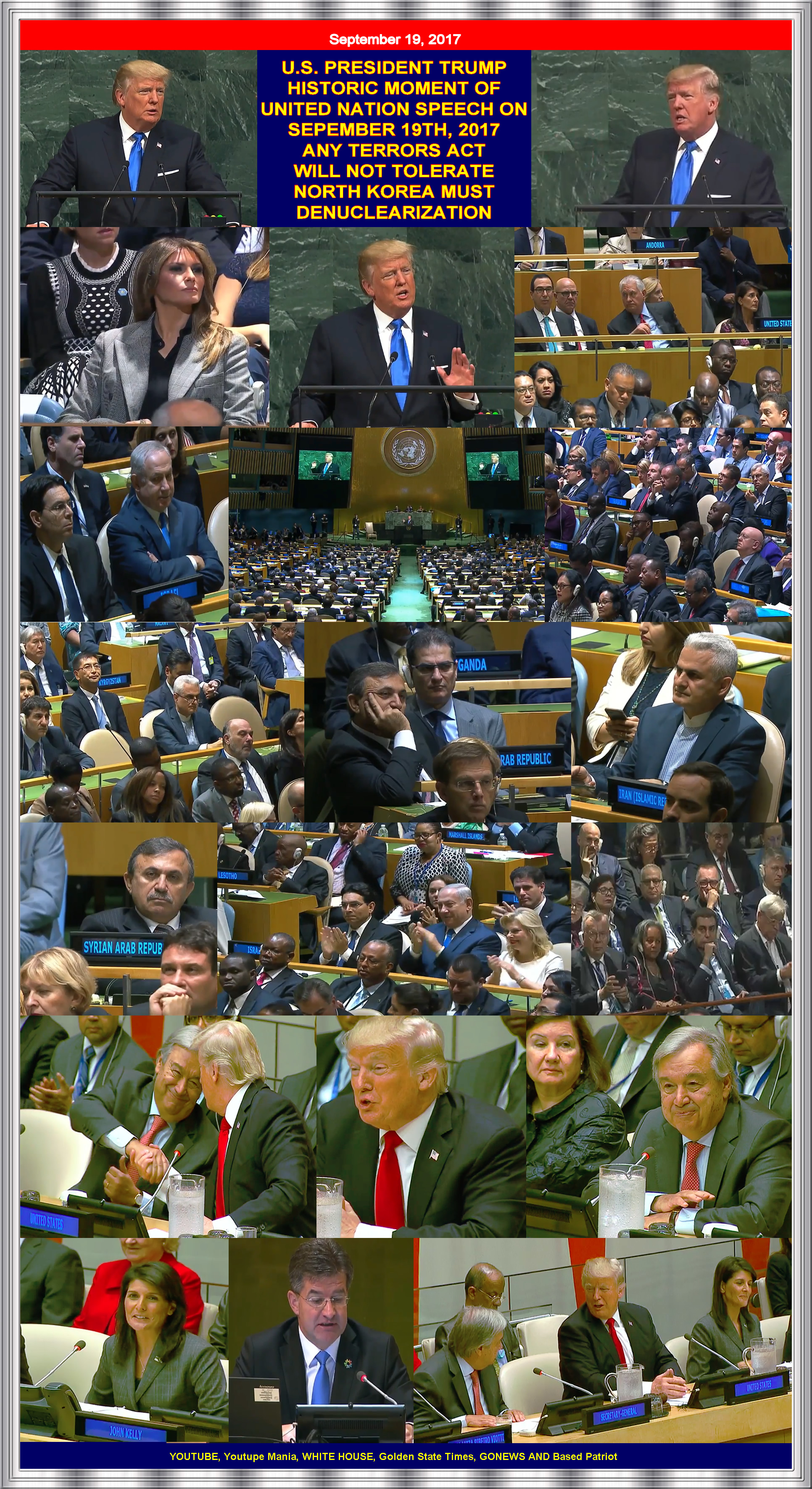
September 19th, 2017:
Remarks by President Trump to
the 72nd Session of the United Nations General Assembly
On Tuesday, September 19, 2017, President Donald J. Trump addressed the entire body of foreign dignitaries at the 72nd Session of the United Nations General Assembly in New York City, New York. President Trump urged leaders to invest in the strength of their own countries and pursue policies that increase stability and prosperity for their citizens, but to unite in opposition to common threats and “work together and confront together those who threaten us with chaos, turmoil, and terror.”
Remarks by President Trump to
|
The White House
|
September 19, 2017 |
10:04 A.M. EDT
PRESIDENT TRUMP: Mr. Secretary General, Mr. President, world leaders, and distinguished delegates: Welcome to New York. It is a profound honor to stand here in my home city, as a representative of the American people, to address the people of the world.
As millions of our citizens continue to suffer the effects of the devastating hurricanes that have struck our country, I want to begin by expressing my appreciation to every leader in this room who has offered assistance and aid. The American people are strong and resilient, and they will emerge from these hardships more determined than ever before.
Fortunately, the United States has done very well since Election Day last November 8th. The stock market is at an all-time high -- a record. Unemployment is at its lowest level in 16 years, and because of our regulatory and other reforms, we have more people working in the United States today than ever before. Companies are moving back, creating job growth the likes of which our country has not seen in a very long time. And it has just been announced that we will be spending almost $700 billion on our military and defense.
Our military will soon be the strongest it has ever been. For more than 70 years, in times of war and peace, the leaders of nations, movements, and religions have stood before this assembly. Like them, I intend to address some of the very serious threats before us today but also the enormous potential waiting to be unleashed.
We live in a time of extraordinary opportunity. Breakthroughs in science, technology, and medicine are curing illnesses and solving problems that prior generations thought impossible to solve.
But each day also brings news of growing dangers that threaten everything we cherish and value. Terrorists and extremists have gathered strength and spread to every region of the planet. Rogue regimes represented in this body not only support terrorists but threaten other nations and their own people with the most destructive weapons known to humanity.
Authority and authoritarian powers seek to collapse the values, the systems, and alliances that prevented conflict and tilted the world toward freedom since World War II.
International criminal networks traffic drugs, weapons, people; force dislocation and mass migration; threaten our borders; and new forms of aggression exploit technology to menace our citizens.
To put it simply, we meet at a time of both of immense promise and great peril. It is entirely up to us whether we lift the world to new heights, or let it fall into a valley of disrepair.
We have it in our power, should we so choose, to lift millions from poverty, to help our citizens realize their dreams, and to ensure that new generations of children are raised free from violence, hatred, and fear.
This institution was founded in the aftermath of two world wars to help shape this better future. It was based on the vision that diverse nations could cooperate to protect their sovereignty, preserve their security, and promote their prosperity.
It was in the same period, exactly 70 years ago, that the United States developed the Marshall Plan to help restore Europe. Those three beautiful pillars -- they’re pillars of peace, sovereignty, security, and prosperity.
The Marshall Plan was built on the noble idea that the whole world is safer when nations are strong, independent, and free. As President Truman said in his message to Congress at that time, “Our support of European recovery is in full accord with our support of the United Nations. The success of the United Nations depends upon the independent strength of its members.”
To overcome the perils of the present and to achieve the promise of the future, we must begin with the wisdom of the past. Our success depends on a coalition of strong and independent nations that embrace their sovereignty to promote security, prosperity, and peace for themselves and for the world.
We do not expect diverse countries to share the same cultures, traditions, or even systems of government. But we do expect all nations to uphold these two core sovereign duties: to respect the interests of their own people and the rights of every other sovereign nation. This is the beautiful vision of this institution, and this is foundation for cooperation and success.
Strong, sovereign nations let diverse countries with different values, different cultures, and different dreams not just coexist, but work side by side on the basis of mutual respect.
Strong, sovereign nations let their people take ownership of the future and control their own destiny. And strong, sovereign nations allow individuals to flourish in the fullness of the life intended by God.
In America, we do not seek to impose our way of life on anyone, but rather to let it shine as an example for everyone to watch. This week gives our country a special reason to take pride in that example. We are celebrating the 230th anniversary of our beloved Constitution -- the oldest constitution still in use in the world today.
This timeless document has been the foundation of peace, prosperity, and freedom for the Americans and for countless millions around the globe whose own countries have found inspiration in its respect for human nature, human dignity, and the rule of law.
The greatest in the United States Constitution is its first three beautiful words. They are: “We the people.”
Generations of Americans have sacrificed to maintain the promise of those words, the promise of our country, and of our great history. In America, the people govern, the people rule, and the people are sovereign. I was elected not to take power, but to give power to the American people, where it belongs.
In foreign affairs, we are renewing this founding principle of sovereignty. Our government's first duty is to its people, to our citizens -- to serve their needs, to ensure their safety, to preserve their rights, and to defend their values.
As President of the United States, I will always put America first, just like you, as the leaders of your countries will always, and should always, put your countries first. (Applause.)
All responsible leaders have an obligation to serve their own citizens, and the nation-state remains the best vehicle for elevating the human condition.
But making a better life for our people also requires us to work together in close harmony and unity to create a more safe and peaceful future for all people.
The United States will forever be a great friend to the world, and especially to its allies. But we can no longer be taken advantage of, or enter into a one-sided deal where the United States gets nothing in return. As long as I hold this office, I will defend America’s interests above all else.
But in fulfilling our obligations to our own nations, we also realize that it’s in everyone’s interest to seek a future where all nations can be sovereign, prosperous, and secure.
America does more than speak for the values expressed in the United Nations Charter. Our citizens have paid the ultimate price to defend our freedom and the freedom of many nations represented in this great hall. America's devotion is measured on the battlefields where our young men and women have fought and sacrificed alongside of our allies, from the beaches of Europe to the deserts of the Middle East to the jungles of Asia.
It is an eternal credit to the American character that even after we and our allies emerged victorious from the bloodiest war in history, we did not seek territorial expansion, or attempt to oppose and impose our way of life on others. Instead, we helped build institutions such as this one to defend the sovereignty, security, and prosperity for all.
For the diverse nations of the world, this is our hope. We want harmony and friendship, not conflict and strife. We are guided by outcomes, not ideology. We have a policy of principled realism, rooted in shared goals, interests, and values.
That realism forces us to confront a question facing every leader and nation in this room. It is a question we cannot escape or avoid. We will slide down the path of complacency, numb to the challenges, threats, and even wars that we face. Or do we have enough strength and pride to confront those dangers today, so that our citizens can enjoy peace and prosperity tomorrow?
If we desire to lift up our citizens, if we aspire to the approval of history, then we must fulfill our sovereign duties to the people we faithfully represent. We must protect our nations, their interests, and their futures. We must reject threats to sovereignty, from the Ukraine to the South China Sea. We must uphold respect for law, respect for borders, and respect for culture, and the peaceful engagement these allow. And just as the founders of this body intended, we must work together and confront together those who threaten us with chaos, turmoil, and terror.
The scourge of our planet today is a small group of rogue regimes that violate every principle on which the United Nations is based. They respect neither their own citizens nor the sovereign rights of their countries.
If the righteous many do not confront the wicked few, then evil will triumph. When decent people and nations become bystanders to history, the forces of destruction only gather power and strength.
No one has shown more contempt for other nations and for the wellbeing of their own people than the depraved regime in North Korea. It is responsible for the starvation deaths of millions of North Koreans, and for the imprisonment, torture, killing, and oppression of countless more.
We were all witness to the regime's deadly abuse when an innocent American college student, Otto Warmbier, was returned to America only to die a few days later. We saw it in the assassination of the dictator's brother using banned nerve agents in an international airport. We know it kidnapped a sweet 13-year-old Japanese girl from a beach in her own country to enslave her as a language tutor for North Korea's spies.
If this is not twisted enough, now North Korea's reckless pursuit of nuclear weapons and ballistic missiles threatens the entire world with unthinkable loss of human life.
It is an outrage that some nations would not only trade with such a regime, but would arm, supply, and financially support a country that imperils the world with nuclear conflict. No nation on earth has an interest in seeing this band of criminals arm itself with nuclear weapons and missiles.
The United States has great strength and patience, but if it is forced to defend itself or its allies, we will have no choice but to totally destroy North Korea. Rocket Man is on a suicide mission for himself and for his regime. The United States is ready, willing and able, but hopefully this will not be necessary. That’s what the United Nations is all about; that’s what the United Nations is for. Let’s see how they do.
It is time for North Korea to realize that the denuclearization is its only acceptable future. The United Nations Security Council recently held two unanimous 15-0 votes adopting hard-hitting resolutions against North Korea, and I want to thank China and Russia for joining the vote to impose sanctions, along with all of the other members of the Security Council. Thank you to all involved.
But we must do much more. It is time for all nations to work together to isolate the Kim regime until it ceases its hostile behavior.
We face this decision not only in North Korea. It is far past time for the nations of the world to confront another reckless regime -- one that speaks openly of mass murder, vowing death to America, destruction to Israel, and ruin for many leaders and nations in this room.
The Iranian government masks a corrupt dictatorship behind the false guise of a democracy. It has turned a wealthy country with a rich history and culture into an economically depleted rogue state whose chief exports are violence, bloodshed, and chaos. The longest-suffering victims of Iran's leaders are, in fact, its own people.
Rather than use its resources to improve Iranian lives, its oil profits go to fund Hezbollah and other terrorists that kill innocent Muslims and attack their peaceful Arab and Israeli neighbors. This wealth, which rightly belongs to Iran's people, also goes to shore up Bashar al-Assad's dictatorship, fuel Yemen's civil war, and undermine peace throughout the entire Middle East.
We cannot let a murderous regime continue these destabilizing activities while building dangerous missiles, and we cannot abide by an agreement if it provides cover for the eventual construction of a nuclear program. (Applause.) The Iran Deal was one of the worst and most one-sided transactions the United States has ever entered into. Frankly, that deal is an embarrassment to the United States, and I don’t think you’ve heard the last of it -- believe me.
It is time for the entire world to join us in demanding that Iran's government end its pursuit of death and destruction. It is time for the regime to free all Americans and citizens of other nations that they have unjustly detained. And above all, Iran's government must stop supporting terrorists, begin serving its own people, and respect the sovereign rights of its neighbors.
The entire world understands that the good people of Iran want change, and, other than the vast military power of the United States, that Iran's people are what their leaders fear the most. This is what causes the regime to restrict Internet access, tear down satellite dishes, shoot unarmed student protestors, and imprison political reformers.
Oppressive regimes cannot endure forever, and the day will come when the Iranian people will face a choice. Will they continue down the path of poverty, bloodshed, and terror? Or will the Iranian people return to the nation's proud roots as a center of civilization, culture, and wealth where their people can be happy and prosperous once again?
The Iranian regime's support for terror is in stark contrast to the recent commitments of many of its neighbors to fight terrorism and halt its financing.
In Saudi Arabia early last year, I was greatly honored to address the leaders of more than 50 Arab and Muslim nations. We agreed that all responsible nations must work together to confront terrorists and the Islamist extremism that inspires them.
We will stop radical Islamic terrorism because we cannot allow it to tear up our nation, and indeed to tear up the entire world.
We must deny the terrorists safe haven, transit, funding, and any form of support for their vile and sinister ideology. We must drive them out of our nations. It is time to expose and hold responsible those countries who support and finance terror groups like al Qaeda, Hezbollah, the Taliban and others that slaughter innocent people.
The United States and our allies are working together throughout the Middle East to crush the loser terrorists and stop the reemergence of safe havens they use to launch attacks on all of our people.
Last month, I announced a new strategy for victory in the fight against this evil in Afghanistan. From now on, our security interests will dictate the length and scope of military operations, not arbitrary benchmarks and timetables set up by politicians.
I have also totally changed the rules of engagement in our fight against the Taliban and other terrorist groups. In Syria and Iraq, we have made big gains toward lasting defeat of ISIS. In fact, our country has achieved more against ISIS in the last eight months than it has in many, many years combined.
We seek the de-escalation of the Syrian conflict, and a political solution that honors the will of the Syrian people. The actions of the criminal regime of Bashar al-Assad, including the use of chemical weapons against his own citizens -- even innocent children -- shock the conscience of every decent person. No society can be safe if banned chemical weapons are allowed to spread. That is why the United States carried out a missile strike on the airbase that launched the attack.
We appreciate the efforts of United Nations agencies that are providing vital humanitarian assistance in areas liberated from ISIS, and we especially thank Jordan, Turkey and Lebanon for their role in hosting refugees from the Syrian conflict.
The United States is a compassionate nation and has spent billions and billions of dollars in helping to support this effort. We seek an approach to refugee resettlement that is designed to help these horribly treated people, and which enables their eventual return to their home countries, to be part of the rebuilding process.
For the cost of resettling one refugee in the United States, we can assist more than 10 in their home region. Out of the goodness of our hearts, we offer financial assistance to hosting countries in the region, and we support recent agreements of the G20 nations that will seek to host refugees as close to their home countries as possible. This is the safe, responsible, and humanitarian approach.
For decades, the United States has dealt with migration challenges here in the Western Hemisphere. We have learned that, over the long term, uncontrolled migration is deeply unfair to both the sending and the receiving countries.
For the sending countries, it reduces domestic pressure to pursue needed political and economic reform, and drains them of the human capital necessary to motivate and implement those reforms.
For the receiving countries, the substantial costs of uncontrolled migration are borne overwhelmingly by low-income citizens whose concerns are often ignored by both media and government.
I want to salute the work of the United Nations in seeking to address the problems that cause people to flee from their homes. The United Nations and African Union led peacekeeping missions to have invaluable contributions in stabilizing conflicts in Africa. The United States continues to lead the world in humanitarian assistance, including famine prevention and relief in South Sudan, Somalia, and northern Nigeria and Yemen.
We have invested in better health and opportunity all over the world through programs like PEPFAR, which funds AIDS relief; the President's Malaria Initiative; the Global Health Security Agenda; the Global Fund to End Modern Slavery; and the Women Entrepreneurs Finance Initiative, part of our commitment to empowering women all across the globe.
We also thank -- (applause) -- we also thank the Secretary General for recognizing that the United Nations must reform if it is to be an effective partner in confronting threats to sovereignty, security, and prosperity. Too often the focus of this organization has not been on results, but on bureaucracy and process.
In some cases, states that seek to subvert this institution's noble aims have hijacked the very systems that are supposed to advance them. For example, it is a massive source of embarrassment to the United Nations that some governments with egregious human rights records sit on the U.N. Human Rights Council.
The United States is one out of 193 countries in the United Nations, and yet we pay 22 percent of the entire budget and more. In fact, we pay far more than anybody realizes. The United States bears an unfair cost burden, but, to be fair, if it could actually accomplish all of its stated goals, especially the goal of peace, this investment would easily be well worth it.
Major portions of the world are in conflict and some, in fact, are going to hell. But the powerful people in this room, under the guidance and auspices of the United Nations, can solve many of these vicious and complex problems.
The American people hope that one day soon the United Nations can be a much more accountable and effective advocate for human dignity and freedom around the world. In the meantime, we believe that no nation should have to bear a disproportionate share of the burden, militarily or financially. Nations of the world must take a greater role in promoting secure and prosperous societies in their own regions.
That is why in the Western Hemisphere, the United States has stood against the corrupt and destabilizing regime in Cuba and embraced the enduring dream of the Cuban people to live in freedom. My administration recently announced that we will not lift sanctions on the Cuban government until it makes fundamental reforms.
We have also imposed tough, calibrated sanctions on the socialist Maduro regime in Venezuela, which has brought a once thriving nation to the brink of total collapse.
The socialist dictatorship of Nicolas Maduro has inflicted terrible pain and suffering on the good people of that country. This corrupt regime destroyed a prosperous nation by imposing a failed ideology that has produced poverty and misery everywhere it has been tried. To make matters worse, Maduro has defied his own people, stealing power from their elected representatives to preserve his disastrous rule.
The Venezuelan people are starving and their country is collapsing. Their democratic institutions are being destroyed. This situation is completely unacceptable and we cannot stand by and watch.
As a responsible neighbor and friend, we and all others have a goal. That goal is to help them regain their freedom, recover their country, and restore their democracy. I would like to thank leaders in this room for condemning the regime and providing vital support to the Venezuelan people.
The United States has taken important steps to hold the regime accountable. We are prepared to take further action if the government of Venezuela persists on its path to impose authoritarian rule on the Venezuelan people.
We are fortunate to have incredibly strong and healthy trade relationships with many of the Latin American countries gathered here today. Our economic bond forms a critical foundation for advancing peace and prosperity for all of our people and all of our neighbors.
I ask every country represented here today to be prepared to do more to address this very real crisis. We call for the full restoration of democracy and political freedoms in Venezuela. (Applause.) z
The problem in Venezuela is not that socialism has been poorly implemented, but that socialism has been faithfully implemented. (Applause.) From the Soviet Union to Cuba to Venezuela, wherever true socialism or communism has been adopted, it has delivered anguish and devastation and failure. Those who preach the tenets of these discredited ideologies only contribute to the continued suffering of the people who live under these cruel systems.
America stands with every person living under a brutal regime. Our respect for sovereignty is also a call for action. All people deserve a government that cares for their safety, their interests, and their wellbeing, including their prosperity.
In America, we seek stronger ties of business and trade with all nations of good will, but this trade must be fair and it must be reciprocal.
For too long, the American people were told that mammoth multinational trade deals, unaccountable international tribunals, and powerful global bureaucracies were the best way to promote their success. But as those promises flowed, millions of jobs vanished and thousands of factories disappeared. Others gamed the system and broke the rules. And our great middle class, once the bedrock of American prosperity, was forgotten and left behind, but they are forgotten no more and they will never be forgotten again.
While America will pursue cooperation and commerce with other nations, we are renewing our commitment to the first duty of every government: the duty of our citizens. This bond is the source of America's strength and that of every responsible nation represented here today.
If this organization is to have any hope of successfully confronting the challenges before us, it will depend, as President Truman said some 70 years ago, on the "independent strength of its members." If we are to embrace the opportunities of the future and overcome the present dangers together, there can be no substitute for strong, sovereign, and independent nations -- nations that are rooted in their histories and invested in their destinies; nations that seek allies to befriend, not enemies to conquer; and most important of all, nations that are home to patriots, to men and women who are willing to sacrifice for their countries, their fellow citizens, and for all that is best in the human spirit.
In remembering the great victory that led to this body's founding, we must never forget that those heroes who fought against evil also fought for the nations that they loved.
Patriotism led the Poles to die to save Poland, the French to fight for a free France, and the Brits to stand strong for Britain.
Today, if we do not invest ourselves, our hearts, and our minds in our nations, if we will not build strong families, safe communities, and healthy societies for ourselves, no one can do it for us.
We cannot wait for someone else, for faraway countries or far-off bureaucrats -- we can't do it. We must solve our problems, to build our prosperity, to secure our futures, or we will be vulnerable to decay, domination, and defeat.
The true question for the United Nations today, for people all over the world who hope for better lives for themselves and their children, is a basic one: Are we still patriots? Do we love our nations enough to protect their sovereignty and to take ownership of their futures? Do we revere them enough to defend their interests, preserve their cultures, and ensure a peaceful world for their citizens?
One of the greatest American patriots, John Adams, wrote that the American Revolution was "effected before the war commenced. The Revolution was in the minds and hearts of the people."
That was the moment when America awoke, when we looked around and understood that we were a nation. We realized who we were, what we valued, and what we would give our lives to defend. From its very first moments, the American story is the story of what is possible when people take ownership of their future.
The United States of America has been among the greatest forces for good in the history of the world, and the greatest defenders of sovereignty, security, and prosperity for all.
Now we are calling for a great reawakening of nations, for the revival of their spirits, their pride, their people, and their patriotism.
History is asking us whether we are up to the task. Our answer will be a renewal of will, a rediscovery of resolve, and a rebirth of devotion. We need to defeat the enemies of humanity and unlock the potential of life itself.
Our hope is a word and world of proud, independent nations that embrace their duties, seek friendship, respect others, and make common cause in the greatest shared interest of all: a future of dignity and peace for the people of this wonderful Earth.
This is the true vision of the United Nations, the ancient wish of every people, and the deepest yearning that lives inside every sacred soul.
So let this be our mission, and let this be our message to the world: We will fight together, sacrifice together, and stand together for peace, for freedom, for justice, for family, for humanity, and for the almighty God who made us all.
Thank you. God bless you. God bless the nations of the world. And God bless the United States of America. Thank you very much. (Applause.)
END
10:46 A.M. EDT
THIS IS WHAT WOULD HAPPEN IF NORTH KOREA FIRED ON AMERICAN TERRITORY || WARTHOG North Korean attack on US soil would lead to hermit kingdom being 'obliterated by thermonuclear weapons'
September 18th, 2017: North Korea at the center stage of U.N Session 2017:
U.S., South Korea, Japan including Global world
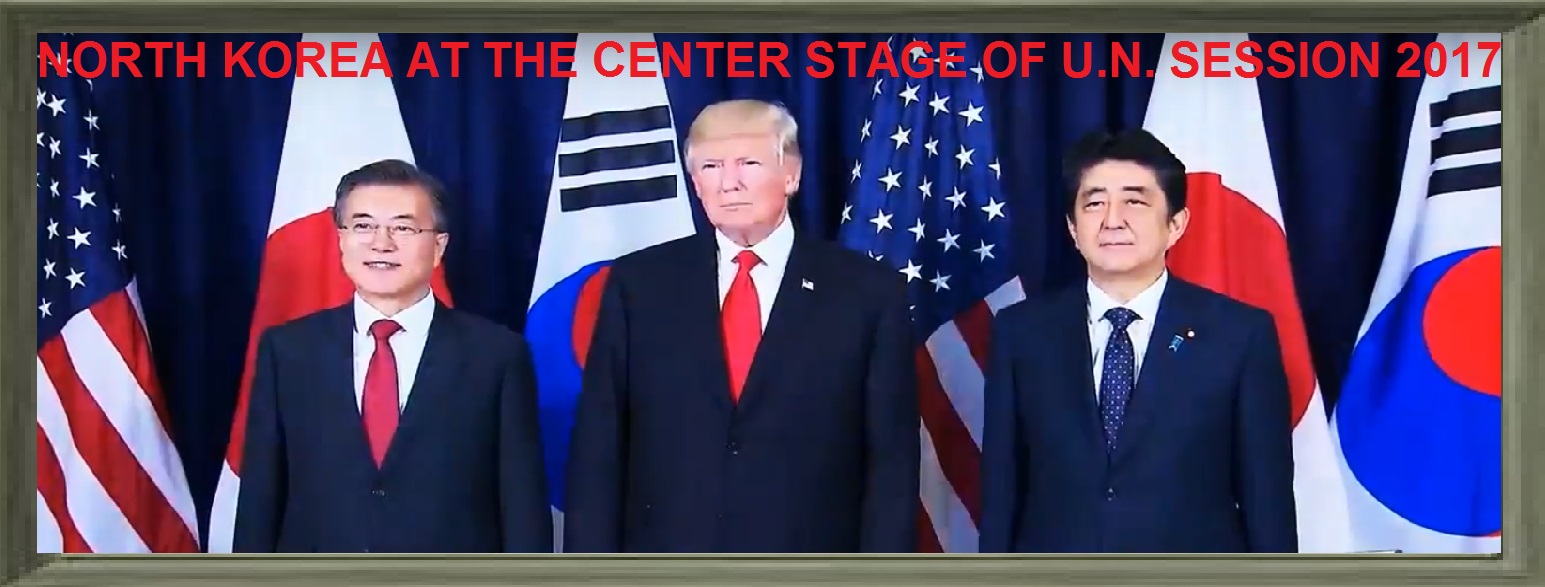
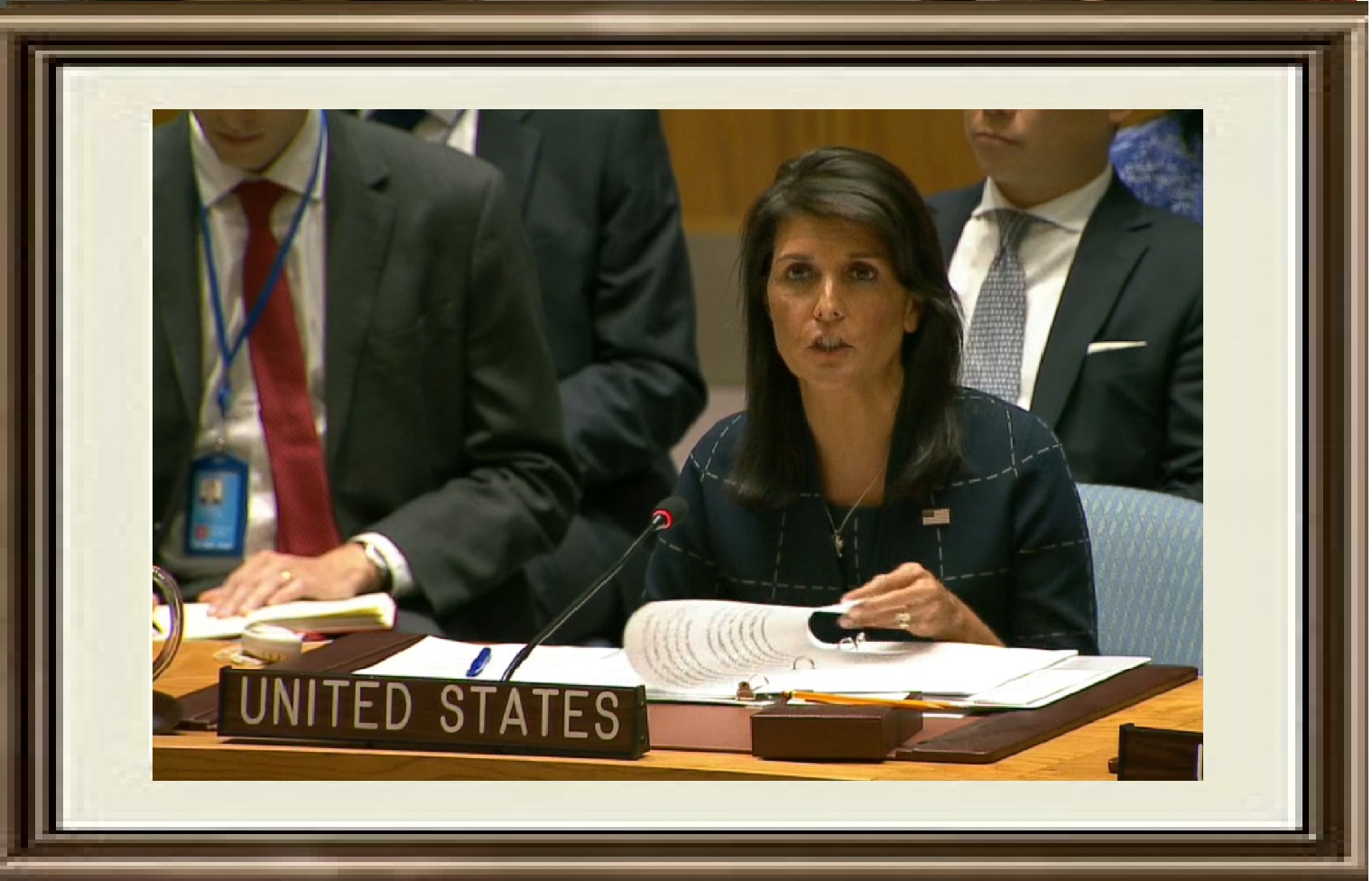
|
UNITED NATIONS — President Donald Trump made his debut at the United Nations on Monday, using his first moments at the world body to urge the 193-nation organization to reduce bureaucracy and costs while more clearly defining its mission around the world. But while Trump chastised the United Nations — an organization he sharply criticized as a candidate for president for its spiraling costs — he said the United States would "pledge to be partners in your work" in order to make the U.N. "a more effective force" for peace across the globe. "In recent years, the United Nations has not reached its full potential due to bureaucracy and mismanagement," said Trump, who rebuked the United Nations for a ballooning budget. "We are not seeing the results in line with this investment." The president pushed the U.N. to focus "more on people and less on bureaucracy" and to change "business as usual and not be beholden to ways of the past which were not working" while also suggesting that the United States was paying more than its fair share to keep the New York-based world body operational. But he also complimented the steps the United Nations had taken in the early stages of the reform process and made no threats to withdraw his nation's support. His measured tone stood in stark contrast to his last maiden appearance at a global body, when he stood at NATO's new Brussels headquarters in May and scolded the member nations for not paying enough and refusing to explicitly back its mutual defense pact. While running for office, Trump labeled the U.N. as weak and incompetent, and not a friend of either the United States or Israel. But he has softened his tone since taking office, telling ambassadors from U.N. Security Council member countries at a White House meeting this year that the U.N. has "tremendous potential." Trump more recently has praised a pair of unanimous council votes to tighten sanctions on North Korea over its continued nuclear weapon and ballistic missile tests. Trump's big moment comes Tuesday, when he delivers his first address to a session of the U.N. General Assembly. The annual gathering of world leaders will open amid serious concerns about Trump's priorities, including his policy of "America First," his support for the U.N. and a series of global crises. It will be the first time world leaders will be in the same room and able to take the measure of Trump. The president on Monday praised U.N. Secretary-General Antonio Guterres, who also spoke at the reform meeting and said he shared Trump's vision for a less wasteful U.N. to "live up to its full potential." The U.S. has asked member nations to sign a declaration on U.N. reforms, and more than 120 have done so. The president also kicked off his maiden speech at the world body by making a reference to the Trump-branded apartment tower across First Ave. from the U.N. Nikki Haley, the U.S. ambassador to the U.N., said Trump's criticisms were accurate at the time, but that it is now a "new day" at the U.N. An organization that "talked a lot but didn't have a lot of action" has given way to a "United Nations that's action-oriented," she said, noting the Security Council votes on North Korea this month. Guterres has proposed a massive package of changes, and Haley said the U.N. is "totally moving toward reform." Trump also planned to hold separate talks Monday with Israeli Prime Minister Benjamin Netanyahu and French President Emmanuel Macron. U.S. national security adviser H.R. McMaster said the conversations would be wide-ranging, but that "Iran's destabilizing behavior" would be a major focus of Trump's discussions with both leaders. Breakthroughs on a Middle East peace agreement are not expected. Jared Kushner, Trump's son-in-law and senior adviser on the issue, recently returned from a trip to the Middle East. The United States is the largest contributor to the U.N. budget, reflecting its position as the world's largest economy. It pays 25 percent of the U.N.'s regular operating budget and over 28 percent of the separate peacekeeping budget — a level of spending that Trump has complained is unfair. The Trump administration is conducting a review of the U.N.'s 16 far-flung peacekeeping operations, which cost nearly $8 billion a year. Cutting their costs and making them more effective is a top priority for Haley. ___ Associated Press writer Edith M. Lederer contributed to this report. |
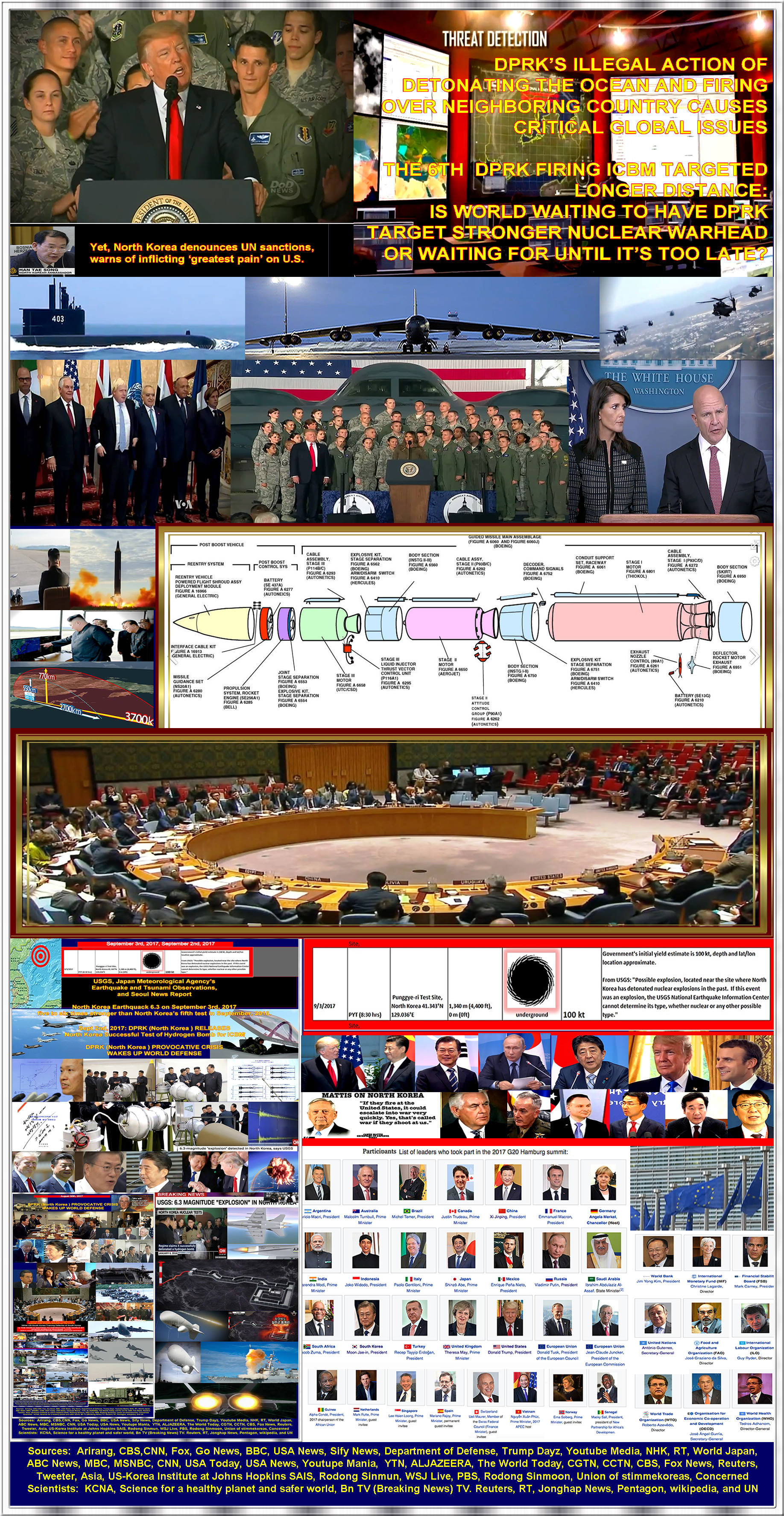
NORTH KOREA'S DEADLOCK - TIME FOR MILITARY OPTIONS
|
According to Arirang News, Dated September 16th, 2017, President Trump's top security advisor says the United States is approaching the end of the road for dealing with North Korea using sanctions and diplomacy. At a White House press briefing on Friday. National Security Advisor H.R. McMaster said that while it would not be the administration's preferred choice, there is a military option to deal with Pyongyang. He added that the standoff is not an issue between the United States and North Korea, but rather, an issue between the world and North Korea. The White House confirmed that President Trump will host a lunch meeting with President Moon Jae-in and Japanese Prime Minister Shinzo Abe next Thursday in New York. They'll focus on the rising threats posed by North Korea. The world leaders will be in New York for the UN General Assembly.
Youtube Mania: TRUMP'S ADMINISTRATION ISSUES STRONG WARNING TO NORTH KOREA .
|
September 15th, 2017
US Defense News: The US Military Has a Plan for 'THAAD'
to Shoot down North Korea's (DPRK) ICBM
September 14th, 2017
DPRK (North Korea) Fires another Missile
The second time in less than three weeks that North Korea sent a projectile over Japan,
The missile firing immediately sparked angry reactions in Tokyo and Seoul
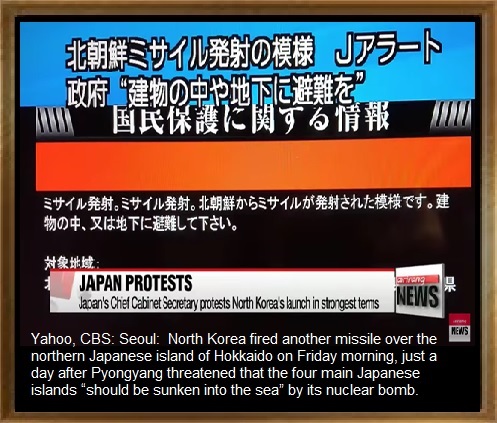
|
According to Arirang News; 14 September 2017- North Korea's missile provocation was detected also immediately by Japan and the United States. Just three minutes after the launch. Japan issued a nationwide "J-alert" warning notifying its citizens. In a swiftly organized media conference. Japan's Chief Cabinet Secretary Yoshihide Suga called Pyongyang's repeated provocations totally unacceptable and said Tokyo would protest in the strongest possible terms. Japan's Foreign Minister Taro Kono reportedly said that, given the range of the missile, he thinks it was an intercontinental ballistic missile. There's been no official response from Washington yet, but the White House says President Trump has been briefed on the situation by his Chief of Staff John Kelly. The U.S. Pacific Command confirmed the launch but said it posed no threat to North America or Guam. The UN Security Council will convene a meeting on Pyongyang's missile launch on Friday afternoon, local time. This comes on the heels of the UN Security Council resolution adopted earlier this week for the regime's sixth nuclear test. According to Yahoo, CBS:SEOUL — North Korea fired another missile over the northern Japanese island of Hokkaido on Friday morning, just a day after Pyongyang threatened that the four main Japanese islands “should be sunken into the sea” by its nuclear bomb. This was the second time in less than three weeks that North Korea sent a projectile over Japan, and the missile firing immediately sparked angry reactions in Tokyo and Seoul. The missile was launched from the Sunan airfield just north of Pyongyang about 6:30 a.m. local time, South Korea’s Joint Chiefs of Staff said. It flew for 17 minutes, passing over Hokkaido and landing some 1,200 miles to the east in the Pacific Ocean. The launch immediately triggered emergency alerts in Japan, with text messages and loud speakers telling residents along the missile’s potential flight path to seek shelter. The Japanese government warned people not to approach any debris or other suspicious-looking material, a reflection of the fact that North Korean missiles sometimes break up in flight. Japan’s chief cabinet secretary, Yoshihide Suga, condemned the latest launch and reiterated that Japan would “not tolerate” North Korea’s actions. Prime Minister Shinzo Abe had asked his government to “prepare for any contingency,” but Japan did not try to shoot down the missile. Subscribe to the Post Most newsletter: Today’s most popular stories on The Washington Post In Washington, the White House said President Trump was briefed on the latest North Korean missile launch by his chief of staff, John F. Kelly. Details were still emerging, but Friday’s launch appeared similar to the previous launch, on Aug. 29.
On that day, North Korea fired a Hwasong-12 — an intermediate-range ballistic missile technically capable of flying 3,000 miles, enough to reach the U.S. territory of Guam — from the Sunan airfield. It flew to the east, over Hokkaido and into the Pacific Ocean, rather than on a southward path toward Guam. But analysts said that, after testing its missiles by firing them straight up and having them crash into the sea between the Korean Peninsula and Japan, North Korea was apparently testing its flight on a normal trajectory without crossing a “red line” of aiming at the United States. On Thursday, a North Korean state agency had issued an alarming threat to Japan. “The four islands of the [Japanese] archipelago should be sunken into the sea by [our] nuclear bomb,” the Korea Asia-Pacific Peace Committee said in a statement carried by the official news agency. Hokkaido is the northernmost of Japan’s four main islands. “Japan is no longer needed to exist near us,” the committee said. This is the first missile launch since North Korea conducted a huge nuclear test Sept. 3, which analysts say appeared to live up to Pyongyang’s claim that it was a hydrogen bomb, exponentially more powerful than a normal atomic device. The Aug. 29 missile launch, followed by the huge nuclear test, triggered tough new sanctions from the U.N. Security Council. The Japanese government estimates that the force of that nuclear explosion was 160 kilotons — more than 10 times the size of the bomb dropped on Hiroshima — but some analysts have said its yield could have been as much as 250 kilotons.
U.S. Defense Secretary Jim Mattis, traveling from Washington to view U.S. nuclear weapons at Minot Air Force Base, N.D., said Wednesday that the North Korean nuclear test appeared to be “100 kilotons or more.” “I don’t want to talk any further than that right now, okay?” Mattis said. “It’s a large one.” Air Force Gen. John Hyten, the chief of U.S. Strategic Command, agreed with the assessment that North Korea had probably tested a hydrogen bomb. Speaking just before the missile was launched, Hyten, who oversees U.S. nuclear forces and monitors North Korea, told reporters that the size, yield and other indications seen in North Korea’s most recent nuclear test “equates to a hydrogen bomb” and that he must now assume Pyongyang can build one. He said he could not confirm that a hydrogen bomb was tested but said the test was significant “because of the sheer destruction and damage you can use and create with a weapon of that size.” “The change from the original atomic bomb to the hydrogen [bomb] changed our entire deterrent relationship with the Soviet Union,” Hyten said. “It is significantly of concern not just to Strategic Command but to everybody in the free world. It should be of concern to people in the neighborhood, which is Japan and Korea, as well as China and Russia.” Hyten said that if North Korea can mount a bomb of that power on a missile, it could potentially destroy a city. The United States has the ability to deter a nuclear attack on itself or its allies because of the nuclear weapons it maintains, Hyten said, but it’s a “different question” whether the United States can stop North Korea from building them. Hyten said that the United States still has not seen North Korea “put everything together” with a nuclear warhead mounted on an intercontinental ballistic missile but that it is only a matter of time before the North Koreans do so. “Whether they have the ability, I don’t have any insight into that,” Hyten said. “I can just look at historic examples and say that it could be within months or it could be within years.” Lamothe reported from Offutt Air Force Base in Nebraska. David Nakamura in Washington contributed to this report.
|
|
After UN passed the DPRK Saction with 15/0 with strong unity of UN, North Korea DPRK threatened U.S. with furious word of mouth:
|

.jpg)
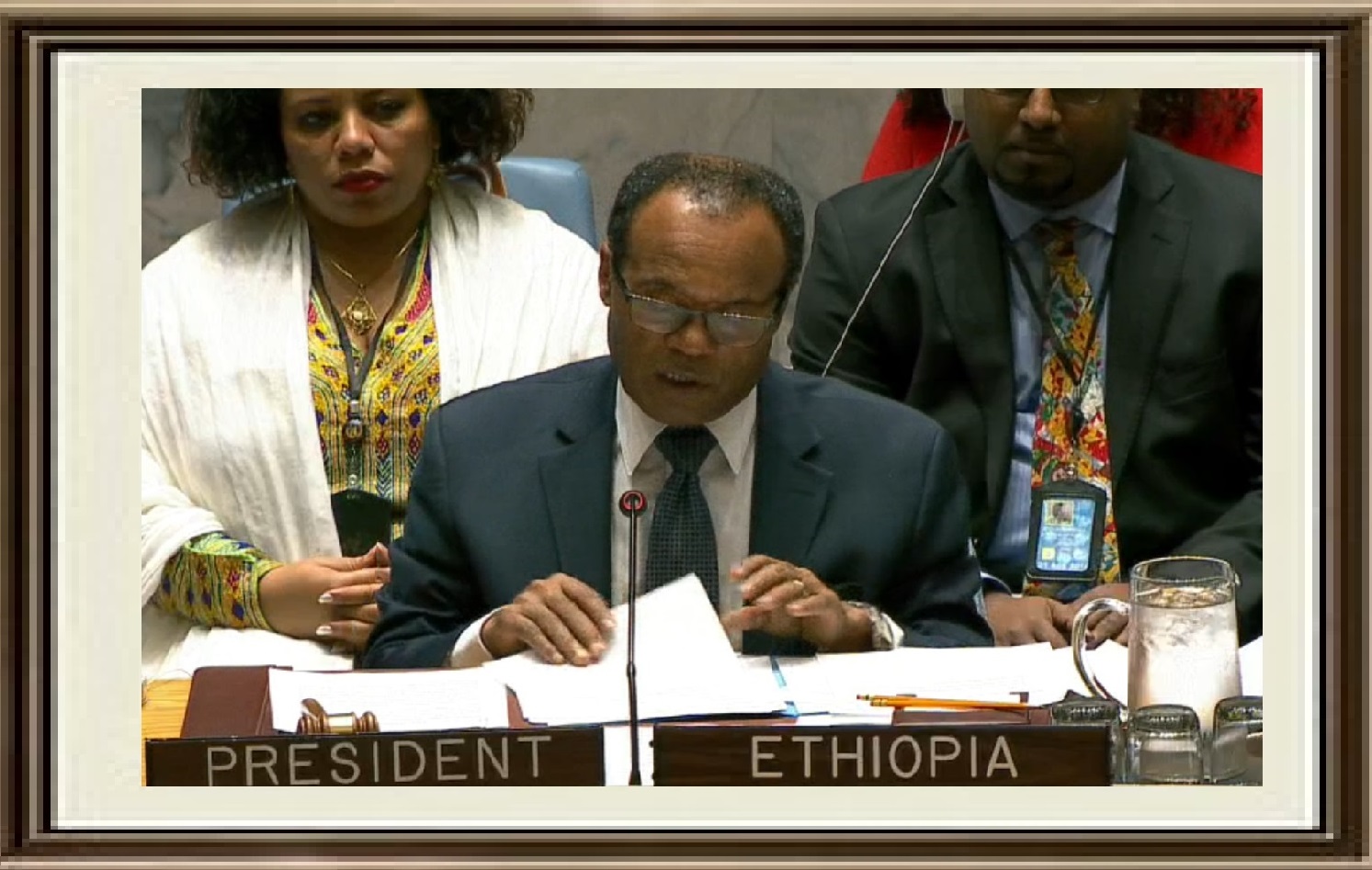

|
According to UN Resolution:2375 (2017) Dated September 11th, 2017
Reaffirming that proliferation of nuclear, chemical and biological weapons, as well as their means of delivery, constitutes a threat to international peace and security, Expressing its gravest concern at the nuclear test by the Democratic People’s Republic of Korea (“the DPRK”) on September 2, 2017 in violation of resolutions 1718 (2006), 1874 (2009), 2087 (2013), 2094 (2013), 2270 (2016), 2321 (2016), 2356 (2017), and 2371 (2017) and at the challenge such a test constitutes to the Treaty on Non-Proliferation of Nuclear Weapons (“the NPT”) and to international efforts aimed at strengthening the global regime of non-proliferation of nuclear weapons, and the danger it poses to peace and stability in the region and beyond, Underlining once again the importance that the DPRK respond to other security and humanitarian concerns of the international community and expressing great concern that the DPRK continues to develop nuclear weapons and ballistic missiles by diverting critically needed resources away from the people in the DPRK who have great unmet needs, Expressing its gravest concern that the DPRK’s ongoing nuclear- and ballistic missile-related activities have destabilized the region and beyond, and determining that there continues to exist a clear threat to international peace and security, Underscoring its concern that developments on the Korean Peninsula could have dangerous, large-scale regional security implications, Underscoring its commitment to the sovereignty, territorial integrity, and political independence of all States in accordance with the Charter, and recalling the purposes and principles of the Charter of the United Nations, S/RES/2375 (2017) 17-15864 2 /9 Expressing also its desire for a peaceful and diplomatic solution to the situation, and reiterating its welcoming of efforts by Council members as well as other Member States to facilitate a peaceful and comprehensive solution through dialogue, Underlining the need to ensure international peace and security, and ensure lasting stability in north-east Asia at large and to resolve the situation through peaceful, diplomatic and political means, Acting under Chapter VII of the Charter of the United Nations, and taking measures under its Article 41, 1. Condemns in the strongest terms the nuclear test conducted by the DPRK on September 2 of 2017 in violation and flagrant disregard of the Security Council’s resolutions; 2. Reaffirms its decisions that the DPRK shall not conduct any further launches that use ballistic missile technology, nuclear tests, or any other provocation; shall immediately suspend all activities related to its ballistic missile program and in this context re-establish its pre-existing commitments to a moratorium on all missile launches; shall immediately abandon all nuclear weapons and existing nuclear programs in a complete, verifiable and irreversible manner, and immediately cease all related activities; and shall abandon any other existing weapons of mass destruction and ballistic missile programs in a complete, verifiable and irreversible manner; 11-Sep-2017 01:10:10 Security Council imposes fresh sanctions on Democratic People’s Republic of Korea, including bans on natural gas sales, work authorization for its nationals at 8042nd meeting.
8042nd Security Council Meeting: DPRK The Security Council, acting unanimously this evening, decided to impose a raft of new sanctions on the Democratic People’s Republic of Korea — including a ban on the sale of natural gas liquids to the North-East Asian nation, and on its textile exports — while also prohibiting Member States from providing work authorizations to its nationals.
Political solution needed for Korean peninsula Also in today's press briefing, Mr. Guterres reiterated his call for a political solution to the situation in the Democratic People's Republic of Korea (DPRK). He said that nuclear and missile tests by the county created “great instability and tension” on the Korean peninsula, throughout the region and beyond. “Unity in the Security Council is critical. This week's unanimous adoption of a new resolution sends a clear message that the DPRK must comply fully with its international obligations,” Mr. Guterres said referring to new sanctions, which among other measures, limit the imports of crude oil and oil products, ban textile exports, and prevent new visas for DPRK workers overseas. Despite calling on countries to ensure full implementation of this and other relevant Security Council resolutions, Mr. Guterres urged the Council to use diplomacy whenever possible.
12-Sep-2017 00:03:14 Nuclear testing by the Democratic People’s Republic of Korea (DPRK) is a violation of global norms, and the Security Council's united stance in taking measures to curb the country's rogue behaviour is crucial to international peace and security, according to the United Nations most senior official on disarmament issues. UNTV CH
United Nations nuclear watchdog (IAEA) chief Yukiya Amano described North Korea’s recent nuclear test as “extremely regrettable” adding that it was carried out in “complete disregard of the repeated demands of the international community.” IAEA / UNIFEEDA |
||||||||||||||||||||||||||||||||||||||||||||||||||||||||||||||||||||||||||||||||||||||||||||||||||||||||||||||||||||||||||||||||||||||||||||
|
Photo speaks all ..... especially for safety and security manner..
|
September 11th, 2017
Security Council Approves Toughest Resolution Yet,
Against DPRK (North Korea)
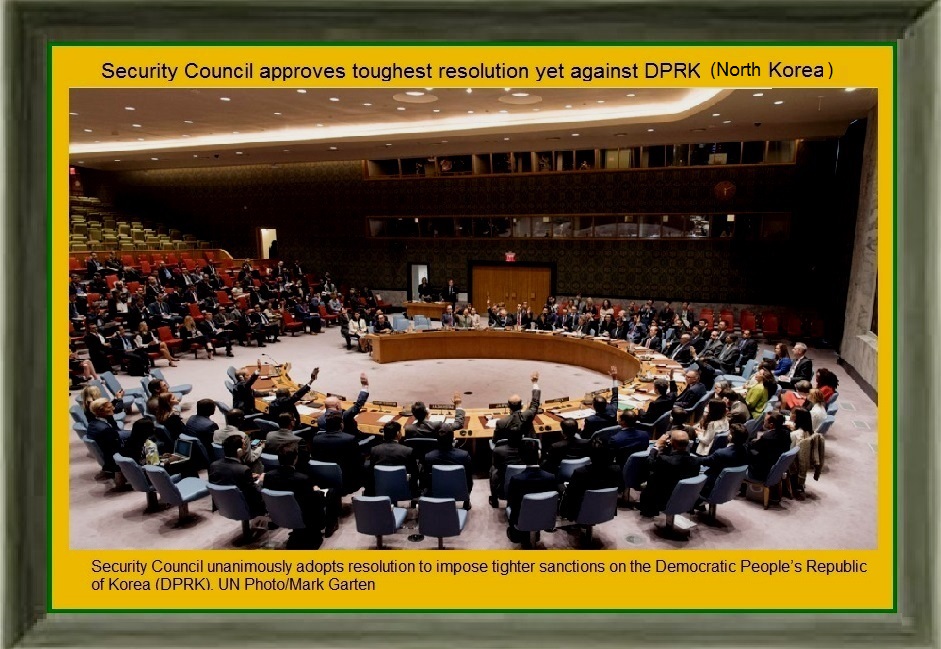
|
According to UN, September 11th, 2017: 11 September 2017 – The Security Council today unanimously agreed to impose tighter sanctions on the Democratic People’s Republic of Korea (DPRK), imposing limits on oil exports, banning the country’s textile imports and access to gas liquids, and more closely inspecting cargo ships going in and out of its ports. In the approved text, the 15-member Council seeks to cap refined petroleum products up to 500,000 barrels beginning in October, and up to 2 million barrels per year starting in January for a period of one year. In addition, the resolution takes action against DPRK nationals who work outside of the country and who could be “generating foreign export earnings that the DPRK uses to support its prohibited nuclear and ballistic missile programmes.” The resolution prohibits UN Member States from providing work authorizations for DPRK nationals unless “is required for the delivery of humanitarian assistance, denuclearization or any other purpose,” consistent with other resolutions on the topic. Building on resolution 1874 (2009), the Council also gives countries the right to inspect ships with the consent of the countries where the ships are registered, “if they have information that provides reasonable grounds to believe that the cargo of such vessels contains items the supply, sale, transfer or export of which is prohibited.” In addition, the Council banned textile imports, including fabrics and partially completed apparel, beginning 90 days from the adoption of the resolution. The resolution follows the condemnation by the Council of the nuclear test carried out by DPRK on 3 September of this year and its violation of eight resolutions dating back to 2006 which could have “large-scale regional security implications.” “The proliferation of nuclear, chemical and biological weapons, as well as their means of delivery, constitutes a threat to international peace and security,” the Council said in today’s text.
September 7th, 2017 Four additional THAAD launchers arrive at Seongju base
September 5th, 2017 Alert!! South Korea's Spy Agency Detect US Defense News: Published on September 5th, 2017:
September 4th, 2017 The top United Nations political official URGES the Security Council to remain united and take appropriate action
September 3rd, 2017 Secretary of Defense General James Mattis Holds
USGS Reports North Korea 6.3 Earthquacke on September 3rd, 2017
September 3rd, 2017: September 2nd, 2017 September 3rd, 2017:DPRK (North Korea) earthquake 5 to 6 times
August 30th, 2017 DPRK (North Korea) Provocative Crisis
North Korea fires three short-range ballistic missiles Regardless South Korea and US has communicated that Breaking News August 25, 21, 2017
South Korea Military Excercise Starts Today Breaking News August 20, 21, 2017 South Korean President warns North Korea not to use Exercise to Strengthen Efforts in Defense of South Korea,
Breaking News August 17, 2017:
August 15th, 2017: NORTH KOREA BACKED OFF FROM FIRING AT GUAM, TRUMP'S ADMINISTRATION AND ALLIES VICTORY!!!
Breaking News August 15th, 2017: between U.S. and North Korea Only if Pyongyang
Breaking NewsAugust 15th, 2017:
August 15: Kim Jong Un examines plan to attack Guam
August 13th, 2017:Guam Homeland Security Office Provides Fact Sheet for In Case of Emergency to preparing for an Imminent Missile Threat
August 11th, 2017: breaking news North Korea Won't Give Up Denuclearization But, planning to attack Guam President Donald Trump held a press conference and addresses the North Korea nuclear threat and possible military action in Venezuela on August 11th, 2017
South Korea Fires On North Korean Balloon
North Korea Fired Two Ballistic Missile Tests in A week
The test of a Pukguksong-2 missile was hailed a success with Kim Jong Un ordering its further deployment. Via NBC News.
North Korea's missile programme is progressing faster than expected,
| |||||||||||||||||||||||||||||||||||||||||||||||||||||||||||||||||||||||||||||||||||||||||||||||||||||||||||||||||||||||||||||||||||||||||||||||||||||||||||||||||||||||||||||||||||||||||||||||||||||||||||||||||||||||||||||||||||||||||||||||||||||||||||||||||||||||||||||||||||||||||||||||||||||||||||||||||||||||||||||||||||||||||
| 1``` |


_tm.jpg)
_tm.jpg)
_tm.jpg)
_tm.jpg)
_tm.jpg)
_tm.jpg)
_tm.jpg)
_tm.jpg)
_tm.jpg)
_tm.jpg)
_tm.jpg)
_tm.jpg)
_tm.jpg)
_tm.jpg)
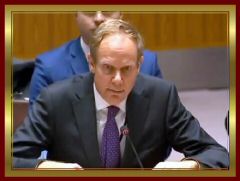

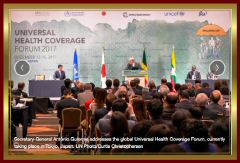

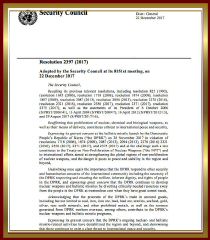
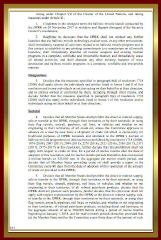
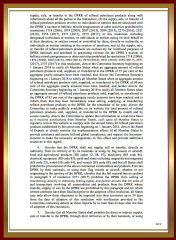
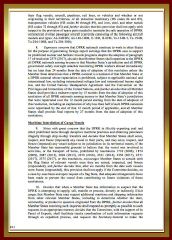
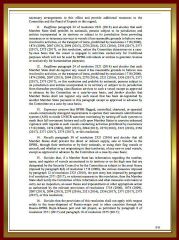
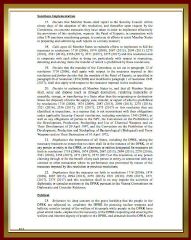
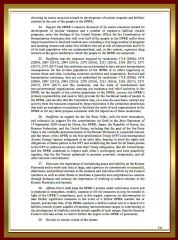
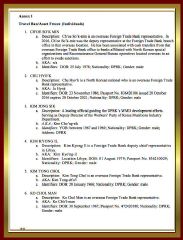
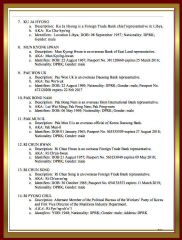


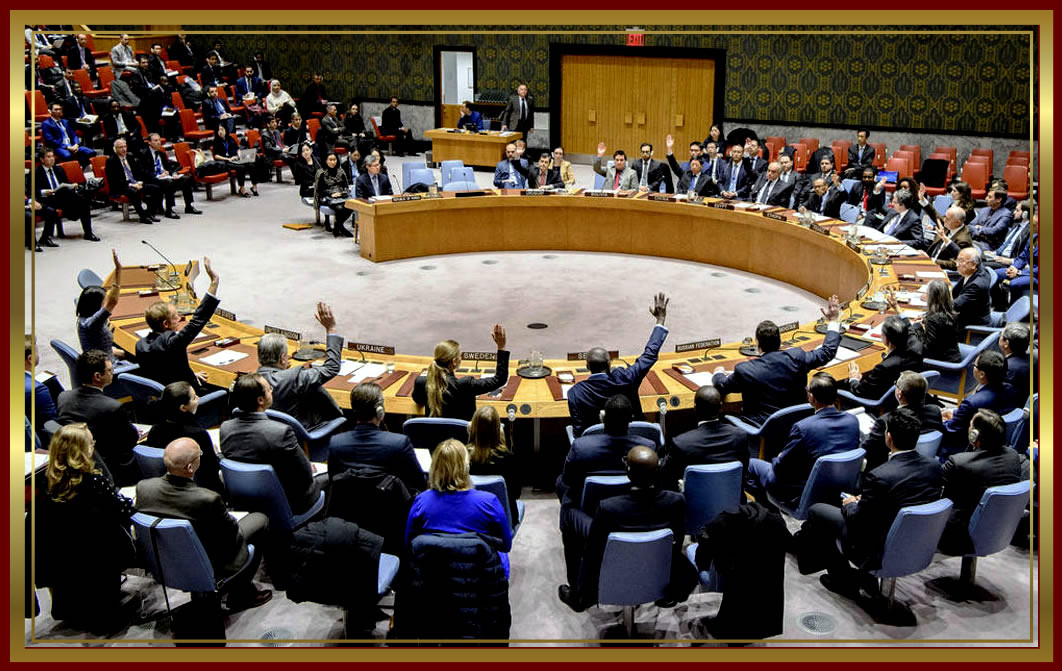


.jpg)

_tm.jpg)
_tm.jpg)
_tm.jpg)
_tm.jpg)
_tm.jpg)
_tm.jpg)
_tm.jpg)
_tm.jpg)
_tm.jpg)
_tm.jpg)
_tm.jpg)
_tm.jpg)
_tm.jpg)
_tm.png)
_tm.jpg)
_tm.jpg)
_tm.jpg)
_tm.jpg)
_tm.jpg)
_tm.jpg)
_tm.jpg)

_tm.jpg)
_tm.jpg)
_tm.jpg)
_tm.jpg)
_tm.jpg)
_tm.jpg)
_tm.jpg)
_tm.jpg)
_tm.jpg)
_tm.jpg)
_tm.jpg)
_tm.jpg)
_tm.jpg)
_tm.jpg)
_tm.jpg)
_tm.jpg)
_tm.jpg)
_tm.jpg)
_tm.jpg)
_tm.jpg)
_tm.jpg)
_tm.jpg)
_tm.jpg)
_tm.jpg)
_tm.jpg)
_tm.jpg)
_tm.jpg)
_tm.jpg)
_tm.jpg)
_tm.jpg)
_tm.jpg)
_tm.jpg)
_tm.jpg)
_tm.jpg)
_tm.jpg)
_tm.jpg)
_tm.jpg)
_tm.jpg)
_tm.jpg)
_tm.jpg)
_tm.jpg)
_tm.jpg)
_tm.jpg)
_tm.jpg)
_tm.jpg)
_tm.jpg)
_tm.jpg)
_tm.jpg)
_tm.jpg)
_tm.jpg)
_tm.jpg)
_tm.jpg)
_tm.jpg)
_tm.jpg)
_tm.jpg)
_tm.jpg)
_tm.jpg)
_tm.jpg)
_tm.jpg)
_tm.jpg)
_tm.jpg)
_tm.jpg)
_tm.jpg)
_tm.jpg)
_tm.jpg)
_tm.jpg)
_tm.jpg)
_tm.jpg)
_tm.jpg)
_tm.jpg)
_tm.jpg)
_tm.jpg)
_tm.jpg)
_tm.jpg)
_tm.jpg)
_tm.jpg)
_tm.jpg)
_tm.jpg)
_tm.jpg)
_tm.jpg)
_tm.jpg)
_tm.jpg)
_tm.jpg)
_tm.jpg)
_tm.jpg)
_tm.jpg)
_tm.jpg)
_tm.jpg)
_tm.jpg)
_tm.jpg)
_tm.jpg)
_tm.jpg)
_tm.jpg)
_tm.jpg)
_tm.jpg)
_tm.jpg)
_tm.jpg)
_tm.jpg)
_tm.jpg)
_tm.jpg)
_tm.jpg)
_tm.jpg)
_tm.jpg)
_tm.jpg)
_tm.jpg)
_tm.jpg)
_tm.jpg)
_tm.jpg)
_tm.jpg)
_tm.jpg)
_tm.jpg)
_tm.jpg)
_tm.jpg)
_tm.jpg)
_tm.jpg)
_tm.jpg)
_tm.jpg)
_tm.jpg)
_tm.jpg)
_tm.jpg)
_tm.jpg)
_tm.jpg)
_tm.jpg)
_tm.jpg)
_tm.jpg)
_tm.jpg)
_tm.jpg)
_tm.jpg)
_tm.jpg)
_tm.jpg)
_tm.jpg)
_tm.jpg)
_tm.jpg)
_tm.jpg)
_tm.jpg)
_tm.jpg)
_tm.jpg)
_tm.jpg)
_tm.jpg)
_tm.jpg)
_tm.jpg)
_tm.jpg)
_tm.jpg)
_tm.jpg)
_tm.jpg)
_tm.jpg)
_tm.jpg)
_tm.jpg)
_tm.jpg)
_tm.jpg)
_tm.jpg)
_tm.jpg)
_tm.jpg)
_tm.jpg)
_tm.jpg)
_tm.jpg)
_tm.jpg)
_tm.jpg)
_tm.jpg)
_tm.jpg)
_tm.jpg)
_tm.jpg)
_tm.jpg)
_tm.jpg)
_tm.jpg)
_tm.jpg)
_tm.jpg)
_tm.jpg)
_tm.jpg)
_tm.jpg)
_tm.jpg)
_tm.jpg)
_tm.jpg)
_tm.jpg)
_tm.jpg)
_tm.jpg)
_tm.jpg)
_tm.jpg)
_tm.jpg)
_tm.jpg)
_tm.jpg)
_tm.jpg)
_tm.jpg)
_tm.jpg)
_tm.jpg)
_tm.jpg)
_tm.jpg)
_tm.jpg)
_tm.jpg)
_tm.jpg)
_tm.jpg)
_tm.jpg)
_tm.jpg)
_tm.jpg)
_tm.jpg)
_tm.jpg)
_tm.jpg)
_tm.jpg)
_tm.jpg)
_tm.jpg)
_tm.jpg)
_tm.jpg)
_tm.jpg)
_tm.jpg)
_tm.jpg)
_tm.jpg)
_tm.jpg)
_tm.jpg)
_tm.jpg)
_tm.jpg)
_tm.jpg)
_tm.jpg)
_tm.jpg)
_tm.jpg)
_tm.jpg)
_tm.jpg)
_tm.jpg)
_tm.jpg)
_tm.jpg)
_tm.jpg)
_tm.jpg)
_tm.jpg)
_tm.jpg)
_tm.jpg)
_tm.jpg)
_tm.jpg)
_tm.jpg)
_tm.jpg)
_tm.jpg)
_tm.jpg)
_tm.jpg)
_tm.jpg)
_tm.jpg)
_tm.jpg)
_tm.jpg)
_tm.jpg)
_tm.jpg)
_tm.jpg)

_tm.jpg)
_tm.jpg)
_tm.jpg)
_tm.jpg)
_tm.jpg)
_tm.jpg)
_tm.jpg)
_tm.jpg)
_tm.jpg)
_tm.jpg)
_tm.jpg)
_tm.jpg)
_tm.jpg)
_tm.jpg)
_tm.jpg)
_tm.jpg)
_tm.jpg)
_tm.jpg)
_tm.jpg)
_tm.jpg)
_tm.jpg)
_tm.jpg)
_tm.jpg)
_tm.jpg)
_tm.jpg)
_tm.jpg)
_tm.jpg)
_tm.jpg)
_tm.jpg)
_tm.jpg)
_tm.jpg)
_tm.jpg)
_tm.jpg)
_tm.jpg)
_tm.jpg)
_tm.jpg)
_tm.jpg)
_tm.jpg)
_tm.jpg)
_tm.jpg)
_tm.jpg)
_tm.jpg)
_tm.jpg)
_tm.jpg)
_tm.jpg)
_tm.jpg)
_tm.jpg)
_tm.jpg)
_tm.jpg)
_tm.jpg)
_tm.jpg)
_tm.jpg)
_tm.jpg)
_tm.jpg)
_tm.jpg)
_tm.jpg)
_tm.jpg)
_tm.jpg)
_tm.jpg)
_tm.jpg)
_tm.jpg)
_tm.jpg)
_tm.jpg)
_tm.jpg)
_tm.jpg)
_tm.jpg)
_tm.jpg)
_tm.jpg)
_tm.jpg)
_tm.jpg)
_tm.jpg)
_tm.jpg)
_tm.jpg)
_tm.jpg)
_tm.jpg)
_tm.jpg)
_tm.jpg)
_tm.jpg)
_tm.jpg)
_tm.jpg)
_tm.jpg)
_tm.jpg)
_tm.jpg)
_tm.jpg)
_tm.jpg)
_tm.jpg)
_tm.jpg)
_tm.jpg)
_tm.jpg)
_tm.jpg)
_tm.jpg)
_tm.jpg)
_tm.jpg)
_tm.jpg)
_tm.jpg)
_tm.jpg)
_tm.jpg)
_tm.jpg)
_tm.jpg)
_tm.jpg)
_tm.jpg)
_tm.jpg)
_tm.jpg)
_tm.jpg)
_tm.jpg)
_tm.jpg)
_tm.jpg)
_tm.jpg)
_tm.jpg)
_tm.jpg)
_tm.jpg)
_tm.jpg)
_tm.jpg)
_tm.jpg)
_tm.jpg)
_tm.jpg)
_tm.jpg)
_tm.jpg)
_tm.jpg)
_tm.jpg)
_tm.jpg)
_tm.jpg)
_tm.jpg)
_tm.jpg)
_tm.jpg)
_tm.jpg)
_tm.jpg)
_tm.jpg)
_tm.jpg)
_tm.jpg)
_tm.jpg)
_tm.jpg)
_tm.jpg)
_tm.jpg)
_tm.jpg)
_tm.jpg)
_tm.jpg)
_tm.jpg)
_tm.jpg)
_tm.jpg)
_tm.jpg)
_tm.jpg)
_tm.jpg)
_tm.jpg)
_tm.jpg)
_tm.jpg)
_tm.jpg)
_tm.jpg)
_tm.jpg)
_tm.jpg)
_tm.jpg)
_tm.jpg)
_tm.jpg)
_tm.jpg)
_tm.jpg)
_tm.jpg)
_tm.jpg)
_tm.jpg)
_tm.jpg)
_tm.jpg)
_tm.jpg)
_tm.jpg)
_tm.jpg)
_tm.jpg)
_tm.jpg)
_tm.jpg)
_tm.jpg)
_tm.jpg)
_tm.jpg)
_tm.jpg)
_tm.jpg)
_tm.jpg)
_tm.jpg)






.jpg)
.jpg)
_tm.jpg)
_tm.jpg)
_tm.jpg)
_tm.jpg)
_tm.jpg)
_tm.jpg)
_tm.jpg)
_tm.jpg)
_tm.jpg)
_tm.jpg)
_tm.jpg)
_tm.jpg)
_tm.jpg)
_tm.jpg)
_tm.jpg)
_tm.jpg)
_tm.jpg)
_tm.jpg)
_tm.jpg)
_tm.jpg)
_tm.jpg)
_tm.jpg)
_tm.jpg)
_tm.jpg)
_tm.jpg)
_tm.jpg)
_tm.jpg)
_tm.jpg)
_tm.jpg)
_tm.jpg)
_tm.jpg)
_tm.jpg)
_tm.jpg)
_tm.jpg)
_tm.jpg)
_tm.jpg)
_tm.jpg)
_tm.jpg)
_tm.jpg)
_tm.jpg)
_tm.jpg)
_tm.jpg)
_tm.jpg)
_tm.jpg)
_tm.jpg)
_tm.jpg)
_tm.jpg)
_tm.jpg)
_tm.jpg)
_tm.jpg)
_tm.jpg)
_tm.jpg)
_tm.jpg)
_tm.jpg)
_tm.jpg)
_tm.jpg)
_tm.jpg)
_tm.jpg)
_tm.jpg)
_tm.jpg)
_tm.jpg)
_tm.jpg)
_tm.jpg)
_tm.jpg)
_tm.jpg)
_tm.jpg)
_tm.jpg)
_tm.jpg)
_tm.jpg)
_tm.jpg)
_tm.jpg)
_tm.jpg)
_tm.jpg)
_tm.jpg)
_tm.jpg)
_tm.jpg)
_tm.jpg)
_tm.jpg)
_tm.jpg)
_tm.jpg)
.jpg)
_tm.jpg)
_tm.jpg)
_tm.jpg)
_tm.jpg)
_tm.jpg)
_tm.jpg)
_tm.jpg)
_tm.jpg)
_tm.jpg)
_tm.jpg)
_tm.jpg)
_tm.jpg)
_tm.jpg)
_tm.jpg)
_tm.jpg)
_tm.jpg)
_tm.jpg)
_tm.jpg)
_tm.jpg)
_tm.jpg)
_tm.jpg)
_tm.jpg)
_tm.jpg)
_tm.jpg)
_tm.jpg)
_tm.jpg)
_tm.jpg)
_tm.jpg)
_tm.jpg)
_tm.jpg)
_tm.jpg)
_tm.jpg)
_tm.jpg)
_tm.jpg)
_tm.jpg)
_tm.jpg)
_tm.jpg)
_tm.jpg)
_tm.jpg)
_tm.jpg)
_tm.jpg)
_tm.jpg)
_tm.jpg)
_tm.jpg)
_tm.jpg)
_tm.jpg)
_tm.jpg)
_tm.jpg)
_tm.jpg)
_tm.jpg)
_tm.jpg)
_tm.jpg)
_tm.jpg)
_tm.jpg)
_tm.jpg)
_tm.jpg)
_tm.jpg)
_tm.jpg)
_tm.jpg)
_tm.jpg)
_tm.jpg)
_tm.jpg)
_tm.jpg)
_tm.jpg)
_tm.jpg)
_tm.jpg)
_tm.jpg)
_tm.jpg)
_tm.jpg)
_tm.jpg)
_tm.jpg)
_tm.jpg)
_tm.jpg)
_tm.jpg)
_tm.jpg)
_tm.jpg)
_tm.jpg)
_tm.jpg)
_tm.jpg)
_tm.jpg)
_tm.jpg)
_tm.jpg)
_tm.jpg)
_tm.jpg)
_tm.jpg)
_tm.jpg)
_tm.jpg)
_tm.jpg)
_tm.jpg)
_tm.jpg)
_tm.jpg)
_tm.jpg)
_tm.jpg)
_tm.jpg)
_tm.jpg)
_tm.jpg)
_tm.jpg)
_tm.jpg)
_tm.jpg)
_tm.jpg)
_tm.jpg)
_tm.jpg)
_tm.jpg)
_tm.jpg)
_tm.jpg)
_tm.jpg)
_tm.jpg)
_tm.jpg)
_tm.jpg)
_tm.jpg)
_tm.jpg)
_tm.jpg)
_tm.jpg)
_tm.jpg)
_tm.jpg)
_tm.jpg)
_tm.jpg)
_tm.jpg)
_tm.jpg)
_tm.jpg)
_tm.jpg)
_tm.jpg)
_tm.jpg)
_tm.jpg)
_tm.jpg)
_tm.jpg)
_tm.jpg)
_tm.jpg)
_tm.jpg)
_tm.jpg)
_tm.jpg)
_tm.jpg)
_tm.jpg)
_tm.jpg)
_tm.jpg)
_tm.jpg)
_tm.jpg)
_tm.jpg)
_tm.jpg)
_tm.jpg)
_tm.jpg)
_tm.jpg)
_tm.jpg)
_tm.jpg)
_tm.jpg)
_tm.jpg)
_tm.jpg)
_tm.jpg)
_tm.jpg)
_tm.jpg)
_tm.jpg)
_tm.jpg)
_tm.jpg)
_tm.jpg)
_tm.jpg)
_tm.jpg)
_tm.jpg)
_tm.jpg)
_tm.jpg)
_tm.jpg)
_tm.jpg)
_tm.jpg)
_tm.jpg)
_tm.jpg)
_tm.jpg)
_tm.jpg)
_tm.jpg)
_tm.jpg)
_tm.jpg)
_tm.jpg)
_tm.jpg)
_tm.jpg)
_tm.jpg)
_tm.jpg)
_tm.jpg)
_tm.jpg)
_tm.jpg)
_tm.jpg)
_tm.jpg)
_tm.jpg)
_tm.jpg)
_tm.jpg)
_tm.jpg)
_tm.jpg)
_tm.jpg)
_tm.jpg)
_tm.jpg)
_tm.jpg)
_tm.jpg)
_tm.jpg)
_tm.jpg)
_tm.jpg)
_tm.jpg)
_tm.jpg)
_tm.jpg)
_tm.jpg)
_tm.jpg)
_tm.jpg)
_tm.jpg)
_tm.jpg)
_tm.jpg)
_tm.jpg)
_tm.jpg)
_tm.jpg)
_tm.jpg)
_tm.jpg)
_tm.jpg)
_tm.jpg)
_tm.jpg)
_tm.jpg)
_tm.jpg)
_tm.jpg)
_tm.jpg)
_tm.jpg)
_tm.jpg)
_tm.jpg)
_tm.jpg)
_tm.jpg)
_tm.jpg)
_tm.jpg)
_tm.jpg)
_tm.jpg)
_tm.jpg)
_tm.jpg)
_tm.jpg)
_tm.jpg)
_tm.jpg)
_tm.jpg)
_tm.jpg)
_tm.jpg)
_tm.jpg)
_tm.jpg)
_tm.jpg)
_tm.jpg)
_tm.jpg)
_tm.jpg)
_tm.jpg)
_tm.jpg)
_tm.jpg)
_tm.jpg)
_tm.jpg)
_tm.jpg)
_tm.jpg)
_tm.jpg)
_tm.jpg)
_tm.jpg)
_tm.jpg)
_tm.jpg)
_tm.jpg)
_tm.jpg)
_tm.jpg)
_tm.jpg)
_tm.jpg)
_tm.jpg)
_tm.jpg)
_tm.jpg)
_tm.jpg)
_tm.jpg)
_tm.jpg)
_tm.jpg)
_tm.jpg)
_tm.jpg)
_tm.jpg)
_tm.jpg)
_tm.jpg)
_tm.jpg)
_tm.jpg)
_tm.jpg)
_tm.jpg)
_tm.jpg)
_tm.jpg)
_tm.jpg)
_tm.jpg)
_tm.jpg)
_tm.jpg)
_tm.jpg)
_tm.jpg)
_tm.jpg)
_tm.jpg)
_tm.jpg)
_tm.jpg)
_tm.jpg)
_tm.jpg)
_tm.jpg)
_tm.jpg)
_tm.jpg)
_tm.jpg)
_tm.jpg)
_tm.jpg)
_tm.jpg)
_tm.jpg)
_tm.jpg)
_tm.jpg)
_tm.jpg)
_tm.jpg)
_tm.jpg)
_tm.jpg)
_tm.jpg)
_tm.jpg)
_tm.jpg)
_tm.jpg)
_tm.jpg)
_tm.jpg)
_tm.jpg)
_tm.jpg)
_tm.jpg)
_tm.jpg)
_tm.jpg)
_tm.jpg)
_tm.jpg)
_tm.jpg)
_tm.jpg)
_tm.jpg)
_tm.jpg)
_tm.jpg)
_tm.jpg)
_tm.jpg)
_tm.jpg)
_tm.jpg)
_tm.jpg)
_tm.jpg)
_tm.jpg)
_tm.jpg)
_tm.jpg)
_tm.jpg)
_tm.jpg)
_tm.jpg)
_tm.jpg)
_tm.jpg)
_tm.jpg)
_tm.jpg)
_tm.jpg)
_tm.jpg)
_tm.jpg)
_tm.jpg)
_tm.jpg)
_tm.jpg)
_tm.jpg)
_tm.jpg)
_tm.jpg)
_tm.jpg)
_tm.jpg)
_tm.jpg)
_tm.jpg)
_tm.jpg)
_tm.jpg)
_tm.jpg)
_tm.jpg)
_tm.jpg)
_tm.jpg)
_tm.jpg)
_tm.jpg)
_tm.jpg)
_tm.jpg)
_tm.jpg)
_tm.jpg)
_tm.jpg)
_tm.jpg)
_tm.jpg)
_tm.jpg)
_tm.jpg)
_tm.jpg)
_tm.jpg)
_tm.jpg)
_tm.jpg)
_tm.jpg)
_tm.jpg)
_tm.jpg)
_tm.jpg)
_tm.jpg)
_tm.jpg)
_tm.jpg)
_tm.jpg)
_tm.jpg)
_tm.jpg)
_tm.jpg)
_tm.jpg)
_tm.jpg)
_tm.jpg)
_tm.jpg)
_tm.jpg)
_tm.jpg)
_tm.jpg)
_tm.jpg)
_tm.jpg)
_tm.jpg)
_tm.jpg)
_tm.jpg)
_tm.jpg)
_tm.jpg)
_tm.jpg)
_tm.jpg)
_tm.jpg)
_tm.jpg)
_tm.jpg)
_tm.jpg)
_tm.jpg)
_tm.jpg)
_tm.jpg)
_tm.jpg)
_tm.jpg)
_tm.jpg)
_tm.jpg)
_tm.jpg)
_tm.jpg)
_tm.jpg)
_tm.jpg)
_tm.jpg)
_tm.jpg)
_tm.jpg)
_tm.jpg)
_tm.jpg)
_tm.jpg)
_tm.jpg)
_tm.jpg)
_tm.jpg)
_tm.jpg)
_tm.jpg)
_tm.jpg)
_tm.jpg)
_tm.jpg)
_tm.jpg)
_tm.jpg)
_tm.jpg)
_tm.jpg)
_tm.jpg)
_tm.jpg)
_tm.jpg)
_tm.jpg)
_tm.jpg)
_tm.jpg)
_tm.jpg)
_tm.jpg)
_tm.jpg)
_tm.jpg)
_tm.jpg)
_tm.jpg)
_tm.jpg)
_tm.jpg)
_tm.jpg)
_tm.jpg)
_tm.jpg)
_tm.jpg)
_tm.jpg)
_tm.jpg)
_tm.jpg)
_tm.jpg)
_tm.jpg)
_tm.jpg)
_tm.jpg)
_tm.jpg)
_tm.jpg)
_tm.jpg)
_tm.jpg)
_tm.jpg)
_tm.jpg)
_tm.jpg)
_tm.jpg)
_tm.jpg)
_tm.jpg)
_tm.jpg)
_tm.jpg)
_tm.jpg)
_tm.jpg)
_tm.jpg)
_tm.jpg)
_tm.jpg)
_tm.jpg)
_tm.jpg)
_tm.jpg)
_tm.jpg)
_tm.jpg)
_tm.jpg)
_tm.jpg)
_tm.jpg)
_tm.jpg)
_tm.jpg)
_tm.jpg)
_tm.jpg)
_tm.jpg)
_tm.jpg)
_tm.jpg)
_tm.jpg)
_tm.jpg)
_tm.jpg)
_tm.jpg)
_tm.jpg)
_tm.jpg)
_tm.jpg)
_tm.jpg)
_tm.jpg)
_tm.jpg)
_tm.jpg)
_tm.jpg)
_tm.jpg)
_tm.jpg)
_tm.jpg)
_tm.jpg)
_tm.jpg)
_tm.jpg)
_tm.jpg)
_tm.jpg)
_tm.jpg)
_tm.jpg)
_tm.jpg)
_tm.jpg)
_tm.jpg)
_tm.jpg)
_tm.jpg)
_tm.jpg)
_tm.jpg)
_tm.jpg)
_tm.jpg)
_tm.jpg)
_tm.jpg)
_tm.jpg)
_tm.jpg)
_tm.jpg)
_tm.jpg)
_tm.jpg)
_tm.jpg)
_tm.jpg)
_tm.jpg)
_tm.jpg)
_tm.jpg)
_tm.jpg)
_tm.jpg)
_tm.jpg)
_tm.jpg)
_tm.jpg)
_tm.jpg)
_tm.jpg)
_tm.jpg)
_tm.jpg)
_tm.jpg)
_tm.jpg)
_tm.jpg)
_tm.jpg)
_tm.jpg)
_tm.jpg)
_tm.jpg)
_tm.jpg)
_tm.jpg)
_tm.jpg)
_tm.jpg)
_tm.jpg)
_tm.jpg)
_tm.jpg)
_tm.jpg)
_tm.jpg)
_tm.jpg)
_tm.jpg)
_tm.jpg)
_tm.jpg)
_tm.jpg)
_tm.jpg)
_tm.jpg)
_tm.jpg)
_tm.jpg)
_tm.jpg)
_tm.jpg)
_tm.jpg)
_tm.jpg)
_tm.jpg)
_tm.jpg)
_tm.jpg)
_tm.jpg)
_tm.jpg)
_tm.jpg)
_tm.jpg)
_tm.jpg)
_tm.jpg)
_tm.jpg)
_tm.jpg)
_tm.jpg)
_tm.jpg)
_tm.jpg)
_tm.jpg)
_tm.jpg)
_tm.jpg)
_tm.jpg)
_tm.jpg)
_tm.jpg)
_tm.jpg)
_tm.jpg)
_tm.jpg)
_tm.jpg)
_tm.jpg)
_tm.jpg)
_tm.jpg)
_tm.jpg)
_tm.jpg)
_tm.jpg)
_tm.jpg)
_tm.jpg)
_tm.jpg)
_tm.jpg)
_tm.jpg)
_tm.jpg)
_tm.jpg)
_tm.jpg)
_tm.jpg)
_tm.jpg)
_tm.jpg)
_tm.jpg)
_tm.jpg)
_tm.jpg)
_tm.jpg)
_tm.jpg)
_tm.jpg)
_tm.jpg)
_tm.jpg)
_tm.jpg)
_tm.jpg)
_tm.jpg)
_tm.jpg)
_tm.jpg)
_tm.jpg)
_tm.jpg)
_tm.jpg)
_tm.jpg)
_tm.jpg)
_tm.jpg)
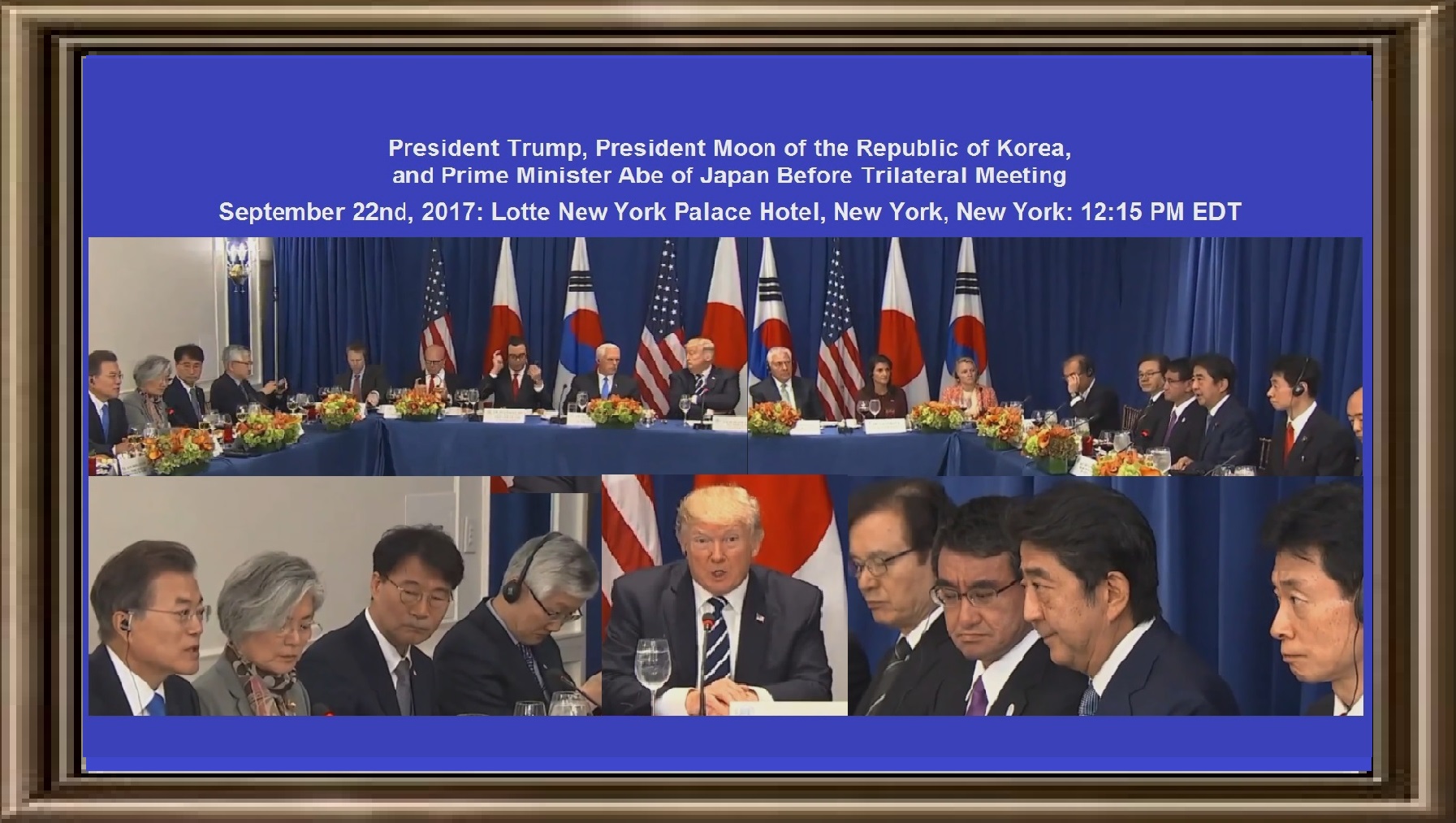

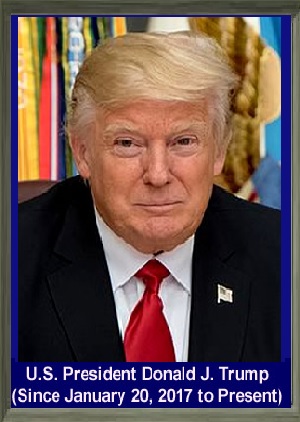


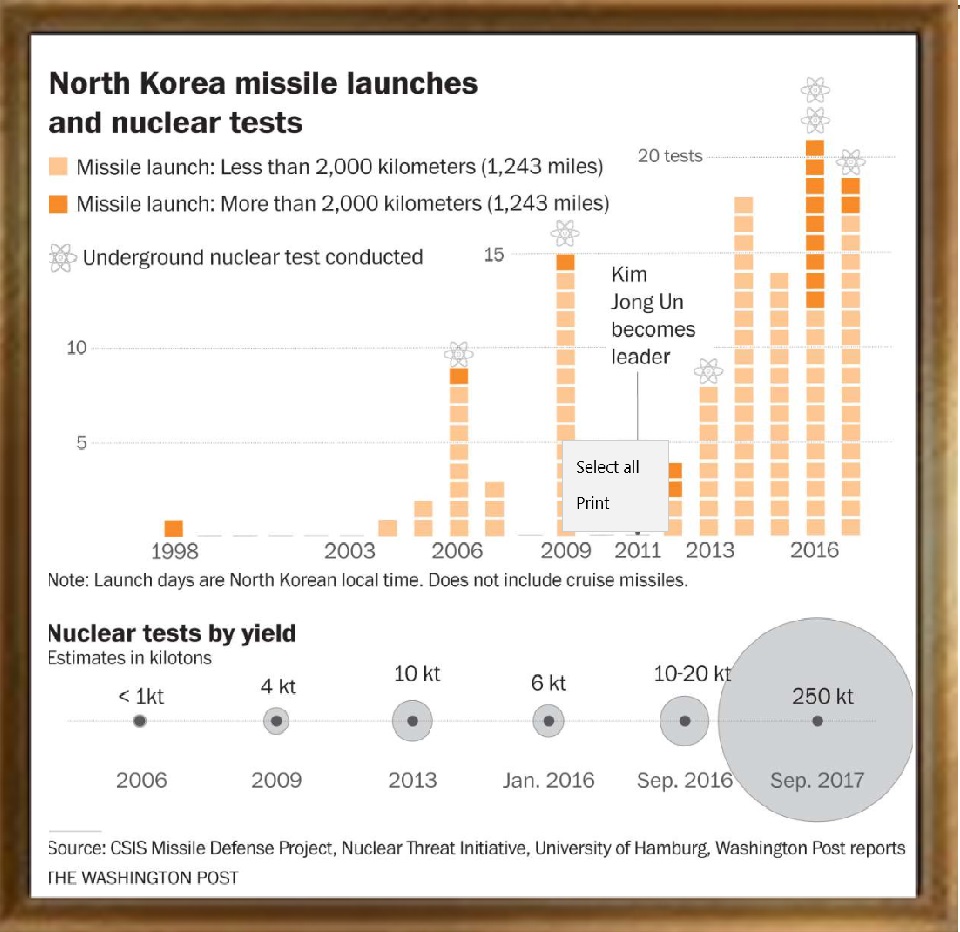
_tm.jpg)
_tm.jpg)
_tm.jpg)
_tm.jpg)
_tm.jpg)
_tm.jpg)
_tm.jpg)
_tm.jpg)
_tm.jpg)
_tm.jpg)
_tm.jpg)
_tm.jpg)
_tm.jpg)
_tm.jpg)
_tm.jpg)
_tm.jpg)
_tm.jpg)
_tm.jpg)
_tm.jpg)
_tm.jpg)
_tm.jpg)
_tm.jpg)
_tm.jpg)
_tm.jpg)
_tm.jpg)
_tm.jpg)
_tm.jpg)
_tm.jpg)
_tm.jpg)
_tm.jpg)
_tm.jpg)
_tm.jpg)
_tm.jpg)
_tm.jpg)
_tm.jpg)
_tm.jpg)
_tm.jpg)
_tm.jpg)
_tm.jpg)
_tm.jpg)
_tm.jpg)
_tm.jpg)
_tm.jpg)
_tm.jpg)
_tm.jpg)
_tm.jpg)
_tm.jpg)
_tm.jpg)
_tm.jpg)
_tm.jpg)
_tm.jpg)
_tm.jpg)
_tm.jpg)
_tm.jpg)
_tm.jpg)
_tm.jpg)
_tm.jpg)
_tm.jpg)
_tm.jpg)
_tm.jpg)
_tm.jpg)
_tm.jpg)
_tm.jpg)
_tm.jpg)
_tm.jpg)
_tm.jpg)
_tm.jpg)
_tm.jpg)
_tm.jpg)
_tm.jpg)
_tm.jpg)
_tm.jpg)
_tm.jpg)
_tm.jpg)
_tm.jpg)
_tm.jpg)
_tm.jpg)
_tm.jpg)
_tm.jpg)
_tm.jpg)
_tm.jpg)
_tm.jpg)
_tm.jpg)
_tm.jpg)
_tm.jpg)
_tm.jpg)
_tm.jpg)
_tm.jpg)
_tm.jpg)
_tm.jpg)
_tm.jpg)
_tm.jpg)
_tm.jpg)
_tm.jpg)
_tm.jpg)
_tm.jpg)
_tm.jpg)
_tm.jpg)
_tm.jpg)
_tm.jpg)
_tm.jpg)
_tm.jpg)
_tm.jpg)
_tm.jpg)
_tm.jpg)
_tm.jpg)
_tm.jpg)
_tm.jpg)
_tm.jpg)
_tm.jpg)
_tm.jpg)
_tm.jpg)
_tm.jpg)
_tm.jpg)
_tm.jpg)
_tm.jpg)
_tm.jpg)
_tm.jpg)
_tm.jpg)
_tm.jpg)
_tm.jpg)
_tm.jpg)
_tm.jpg)
_tm.jpg)
_tm.jpg)
_tm.jpg)
_tm.jpg)
_tm.jpg)
_tm.jpg)
_tm.jpg)
_tm.jpg)
_tm.jpg)
_tm.jpg)
_tm.jpg)
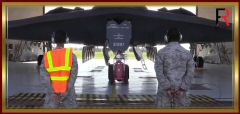
_tm.jpg)
_tm.jpg)
_tm.jpg)
_tm.jpg)
_tm.jpg)

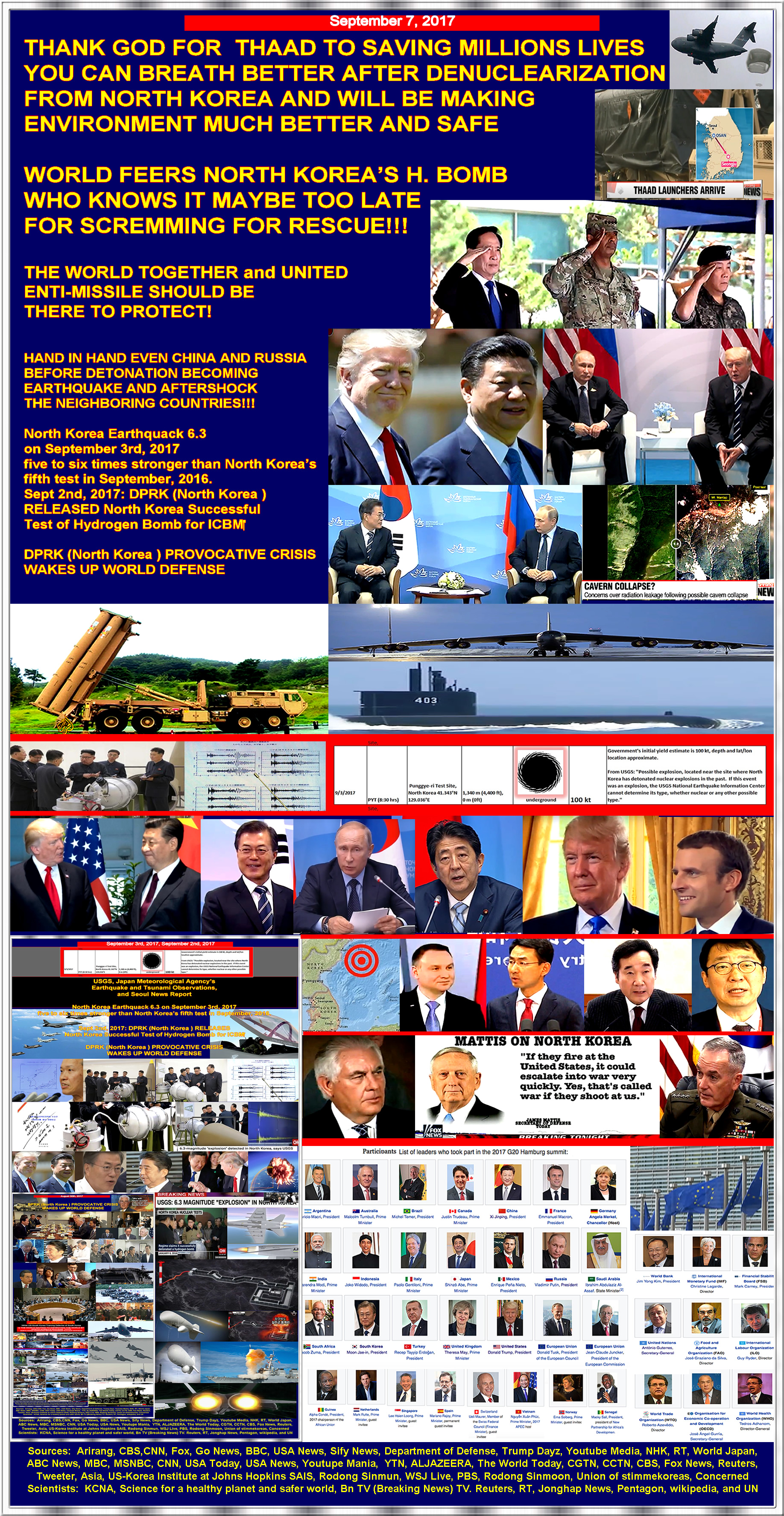
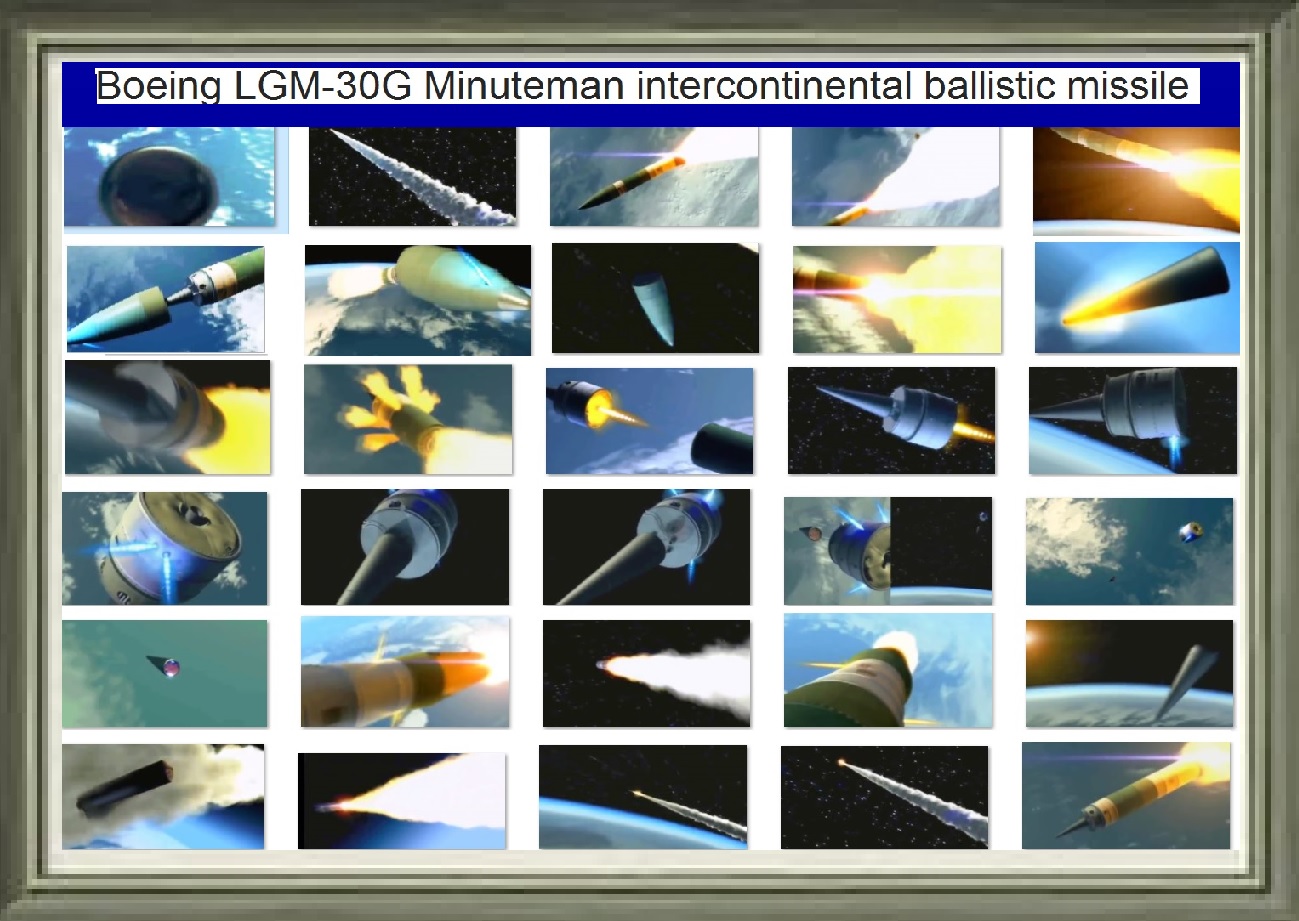
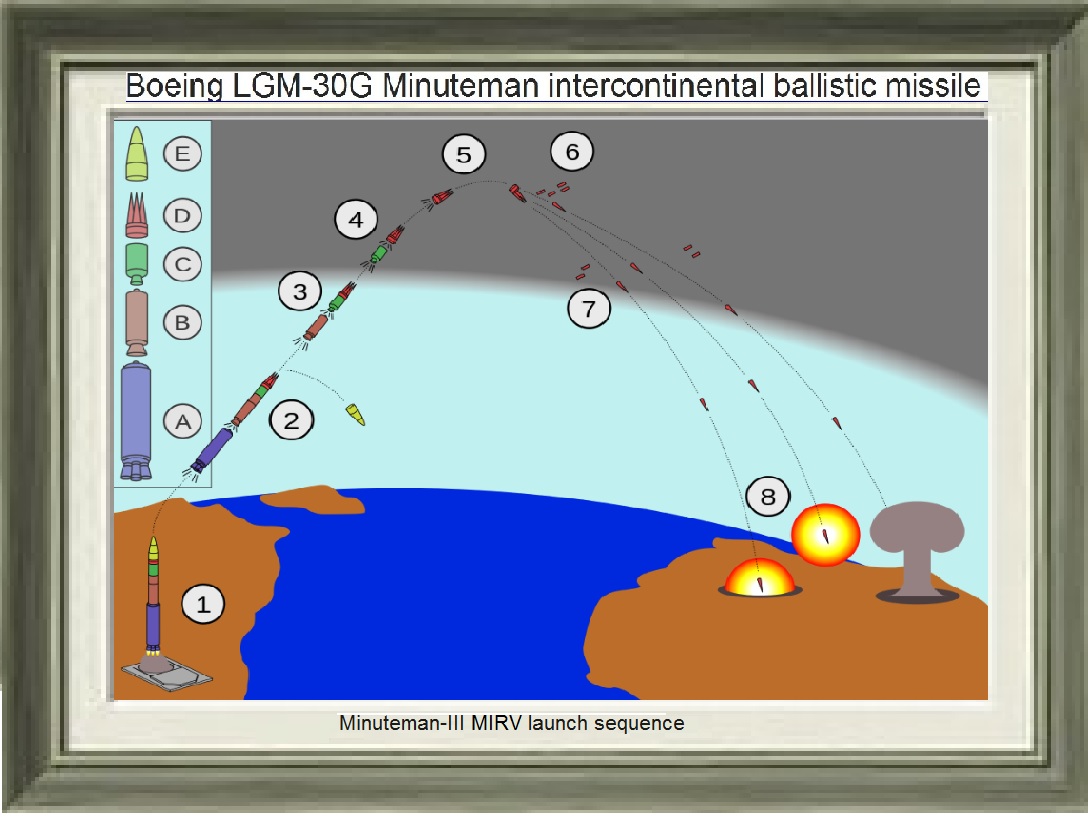
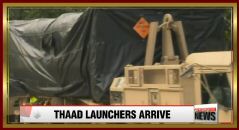
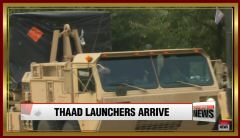
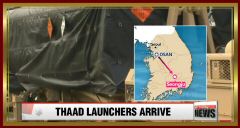
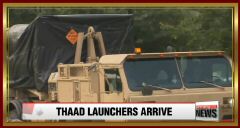


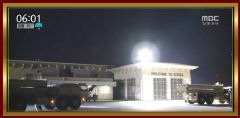
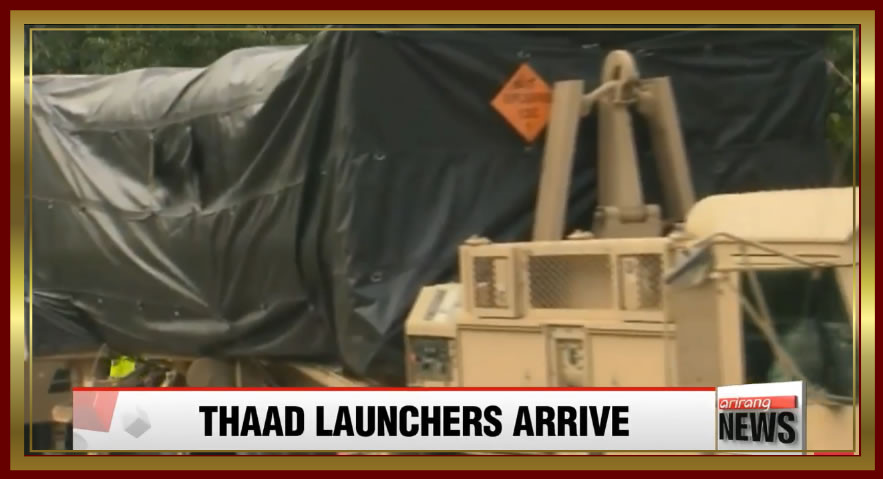
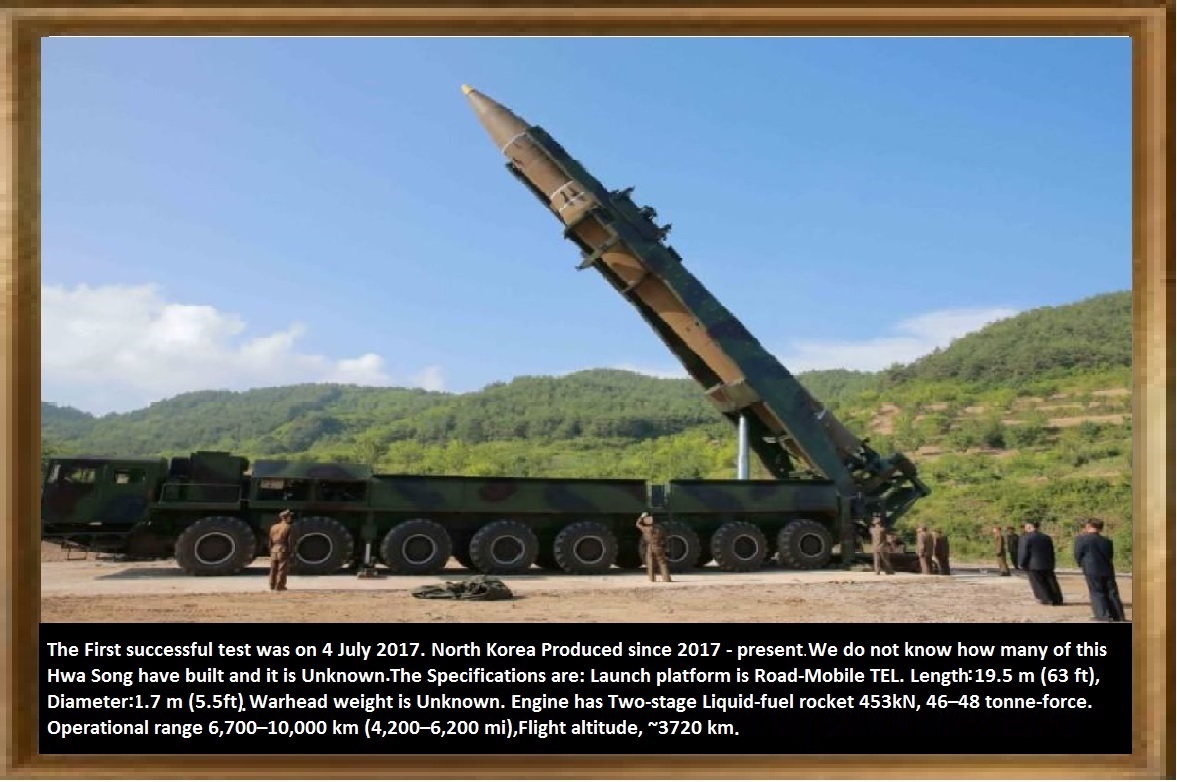

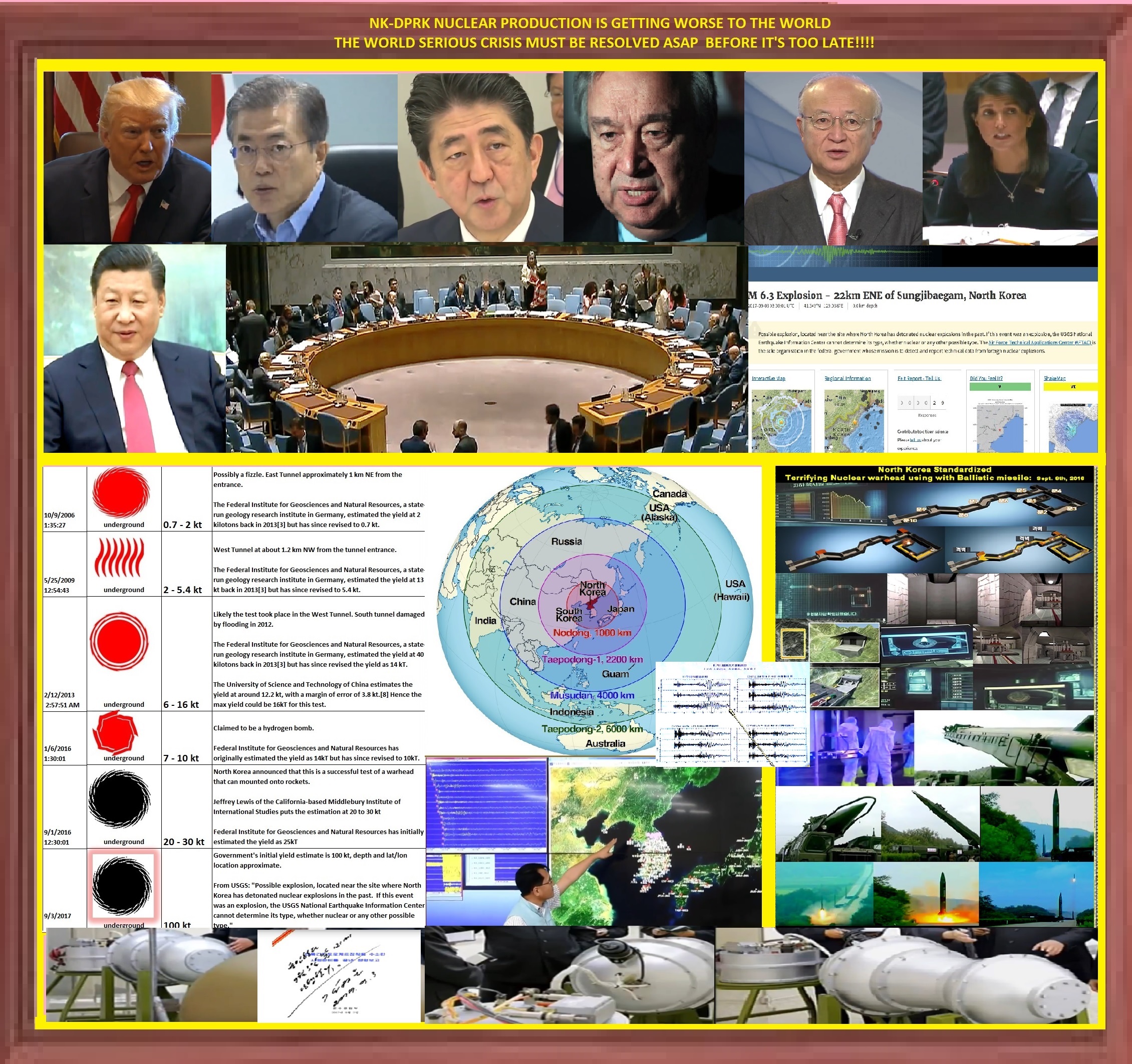


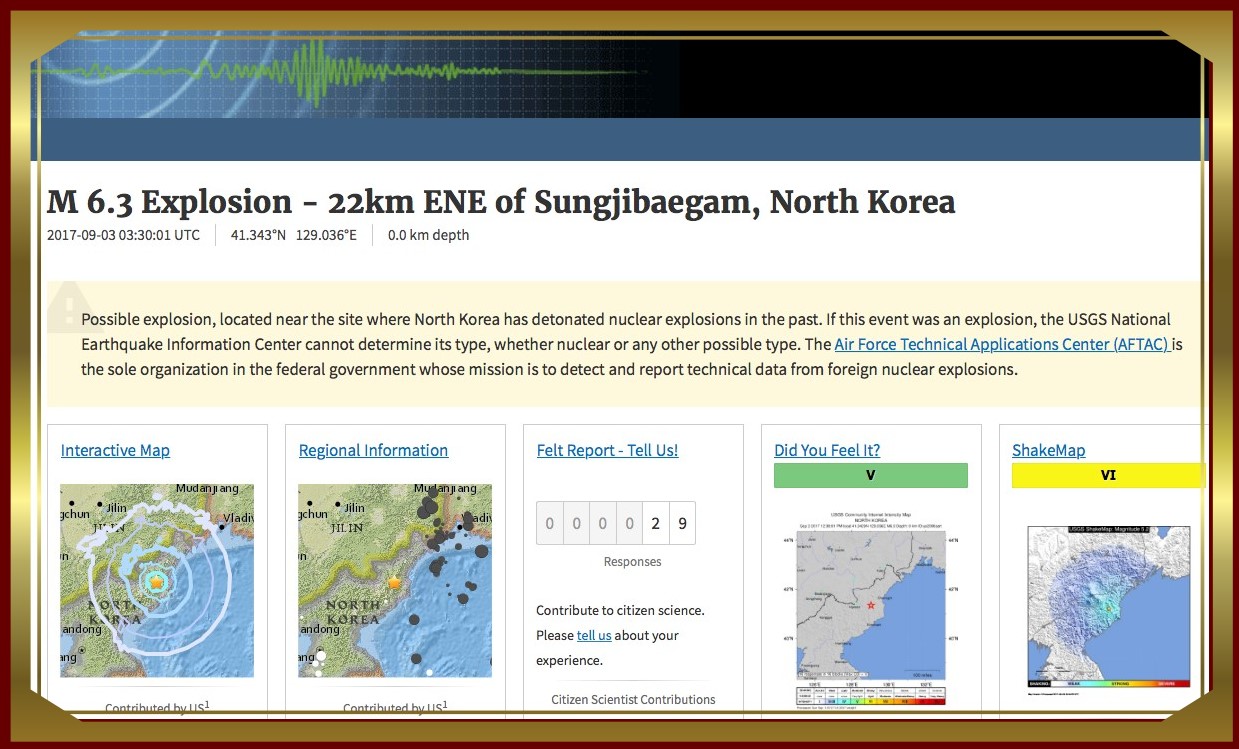
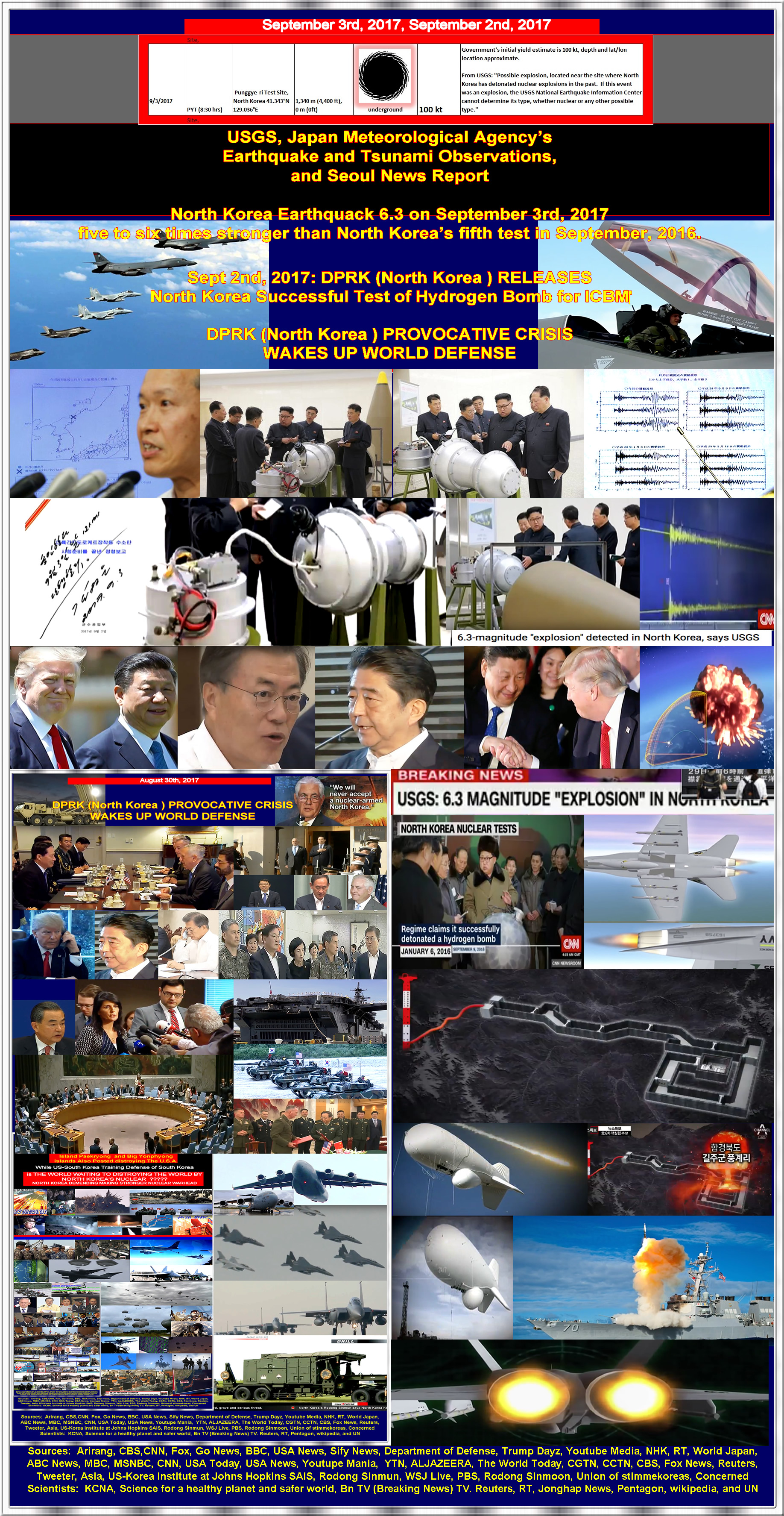
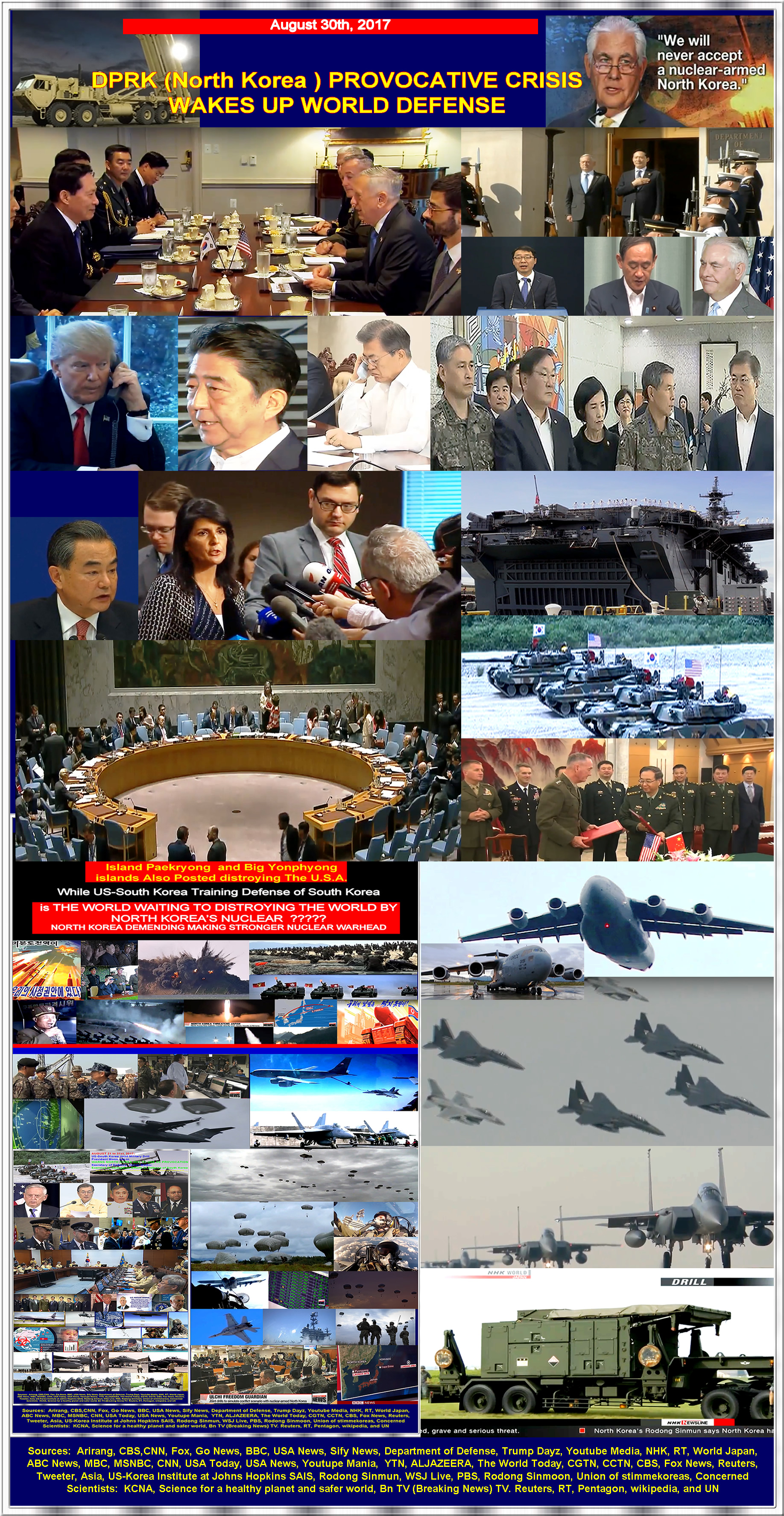

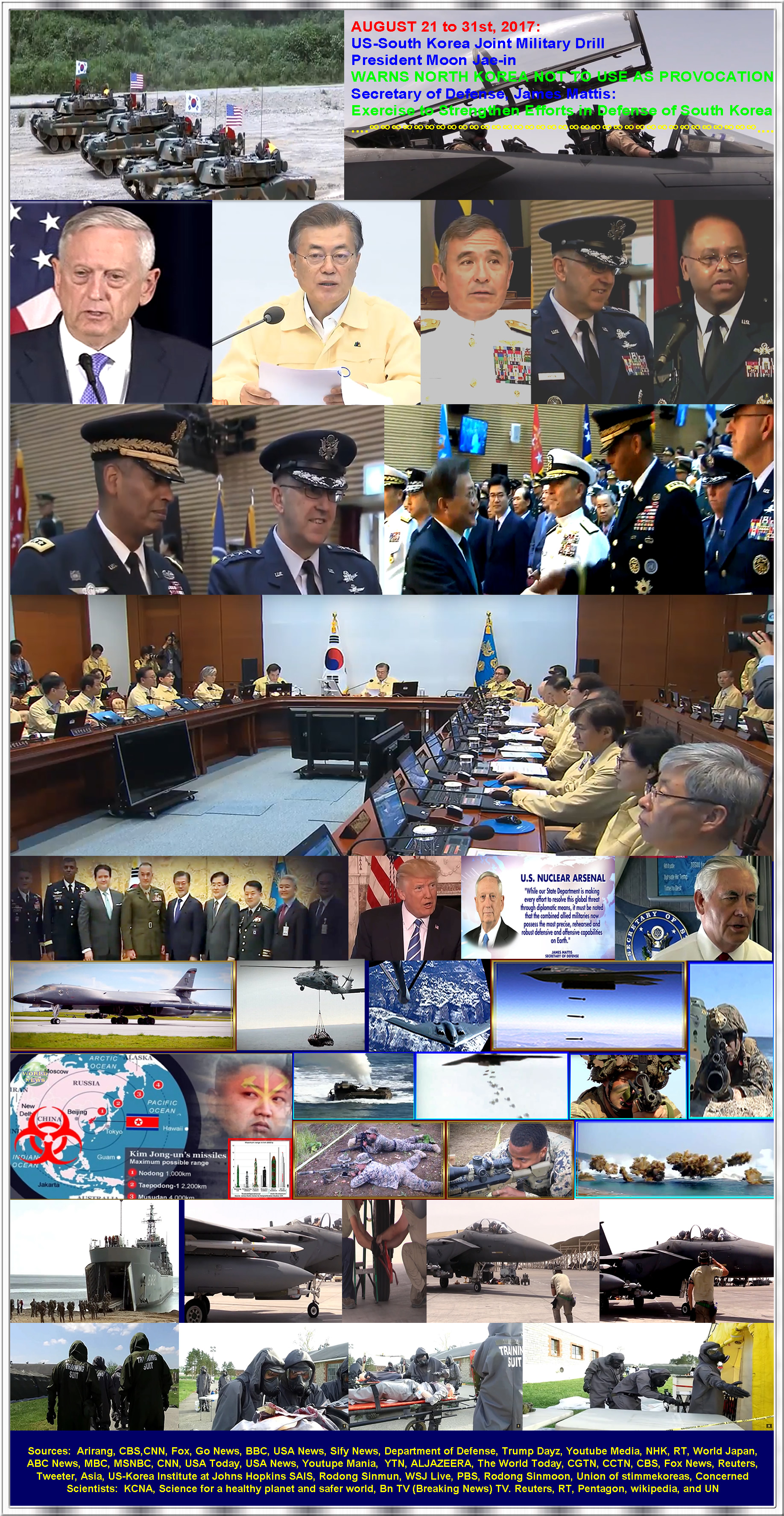
.jpg)
.jpg)
_tm.jpg)
_tm.jpg)
_tm.jpg)
_tm.jpg)
_tm.jpg)
_tm.jpg)
_tm.jpg)
_tm.jpg)
_tm.jpg)
_tm.jpg)
_tm.jpg)
_tm.jpg)
_tm.jpg)
_tm.jpg)
_tm.jpg)
_tm.jpg)
_tm.jpg)
_tm.jpg)
_tm.jpg)
_tm.jpg)
_tm.jpg)
_tm.jpg)
_tm.jpg)
_tm.jpg)
_tm.jpg)
_tm.jpg)
_tm.jpg)
_tm.jpg)
_tm.jpg)
_tm.jpg)
_tm.jpg)
_tm.jpg)
_tm.jpg)
_tm.jpg)
_tm.jpg)
_tm.jpg)
_tm.jpg)
_tm.jpg)
_tm.jpg)
_tm.jpg)
_tm.jpg)
_tm.jpg)
_tm.jpg)
_tm.jpg)
_tm.jpg)
_tm.jpg)
_tm.jpg)
_tm.jpg)
_tm.jpg)
_tm.jpg)
_tm.jpg)
_tm.jpg)
_tm.jpg)
_tm.jpg)
_tm.jpg)
_tm.jpg)
_tm.jpg)
_tm.jpg)
_tm.jpg)
_tm.jpg)
_tm.jpg)
_tm.jpg)
_tm.jpg)
_tm.jpg)
_tm.jpg)
_tm.jpg)
_tm.jpg)
_tm.jpg)
_tm.jpg)
_tm.jpg)
_tm.jpg)
_tm.jpg)
_tm.jpg)
_tm.jpg)
_tm.jpg)
_tm.jpg)
_tm.jpg)
_tm.jpg)
_tm.jpg)
_tm.jpg)
_tm.jpg)
_tm.jpg)
_tm.jpg)
_tm.jpg)
_tm.jpg)
_tm.jpg)
_tm.jpg)
_tm.jpg)
_tm.jpg)
_tm.jpg)
_tm.jpg)
_tm.jpg)
_tm.jpg)
_tm.jpg)
_tm.jpg)
_tm.jpg)
_tm.jpg)
_tm.jpg)
_tm.jpg)
_tm.jpg)
_tm.jpg)
_tm.jpg)
_tm.jpg)
_tm.jpg)
_tm.jpg)
_tm.jpg)
_tm.jpg)
_tm.jpg)
_tm.jpg)
_tm.jpg)
_tm.jpg)
_tm.jpg)
_tm.jpg)
_tm.jpg)
_tm.jpg)
_tm.jpg)
_tm.jpg)
_tm.jpg)
_tm.jpg)
_tm.jpg)
_tm.jpg)
_tm.jpg)
_tm.jpg)
_tm.jpg)
_tm.jpg)
_tm.jpg)
_tm.jpg)
_tm.jpg)
_tm.jpg)
_tm.jpg)
_tm.jpg)
_tm.jpg)
_tm.jpg)
_tm.jpg)
_tm.jpg)
_tm.jpg)
_tm.jpg)
_tm.jpg)
_tm.jpg)
_tm.jpg)
_tm.jpg)
_tm.jpg)
_tm.jpg)
_tm.jpg)
_tm.jpg)
_tm.jpg)
_tm.jpg)
_tm.jpg)
_tm.jpg)
_tm.jpg)
_tm.jpg)
_tm.jpg)
_tm.jpg)
_tm.jpg)
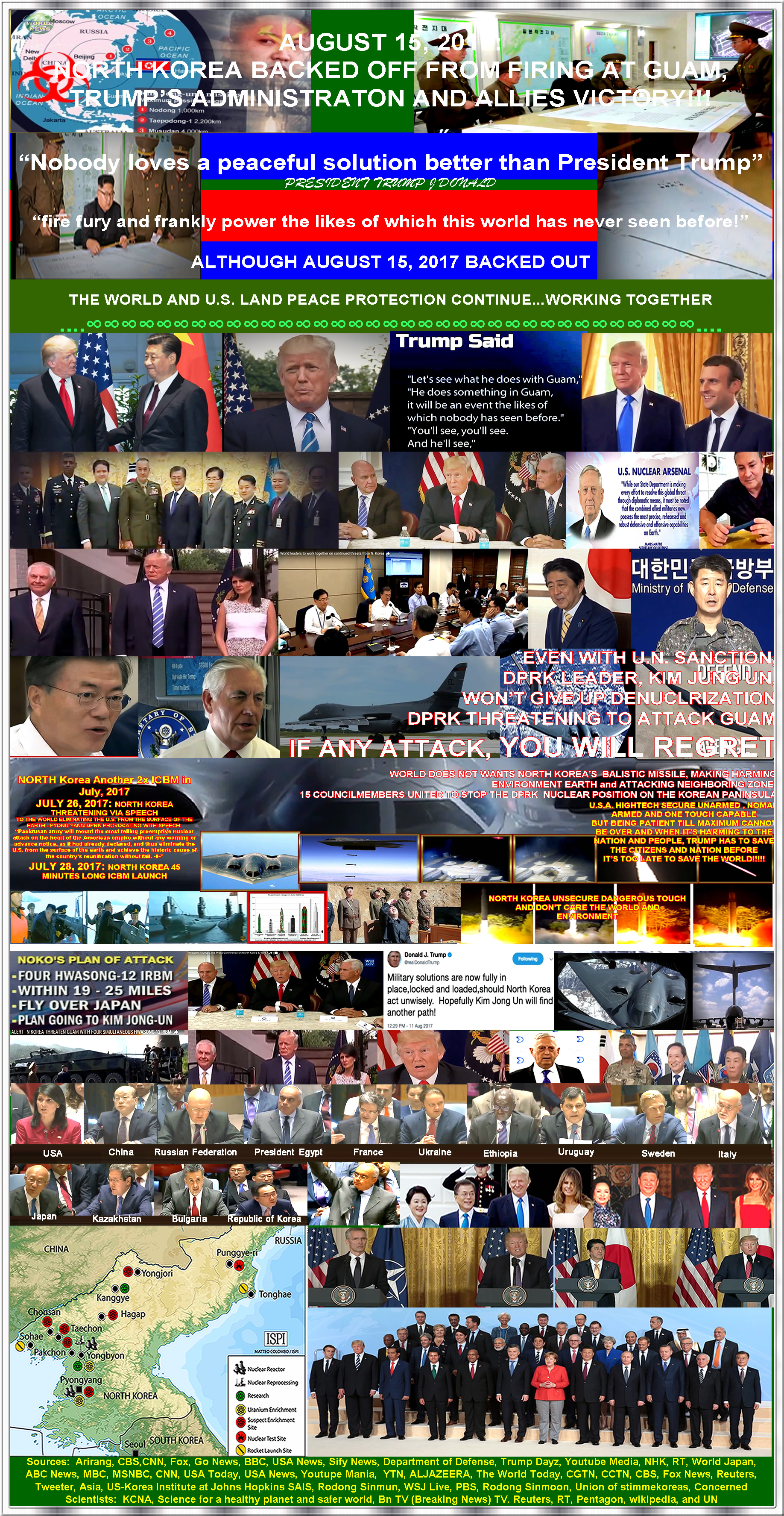


.jpg)
.jpg)
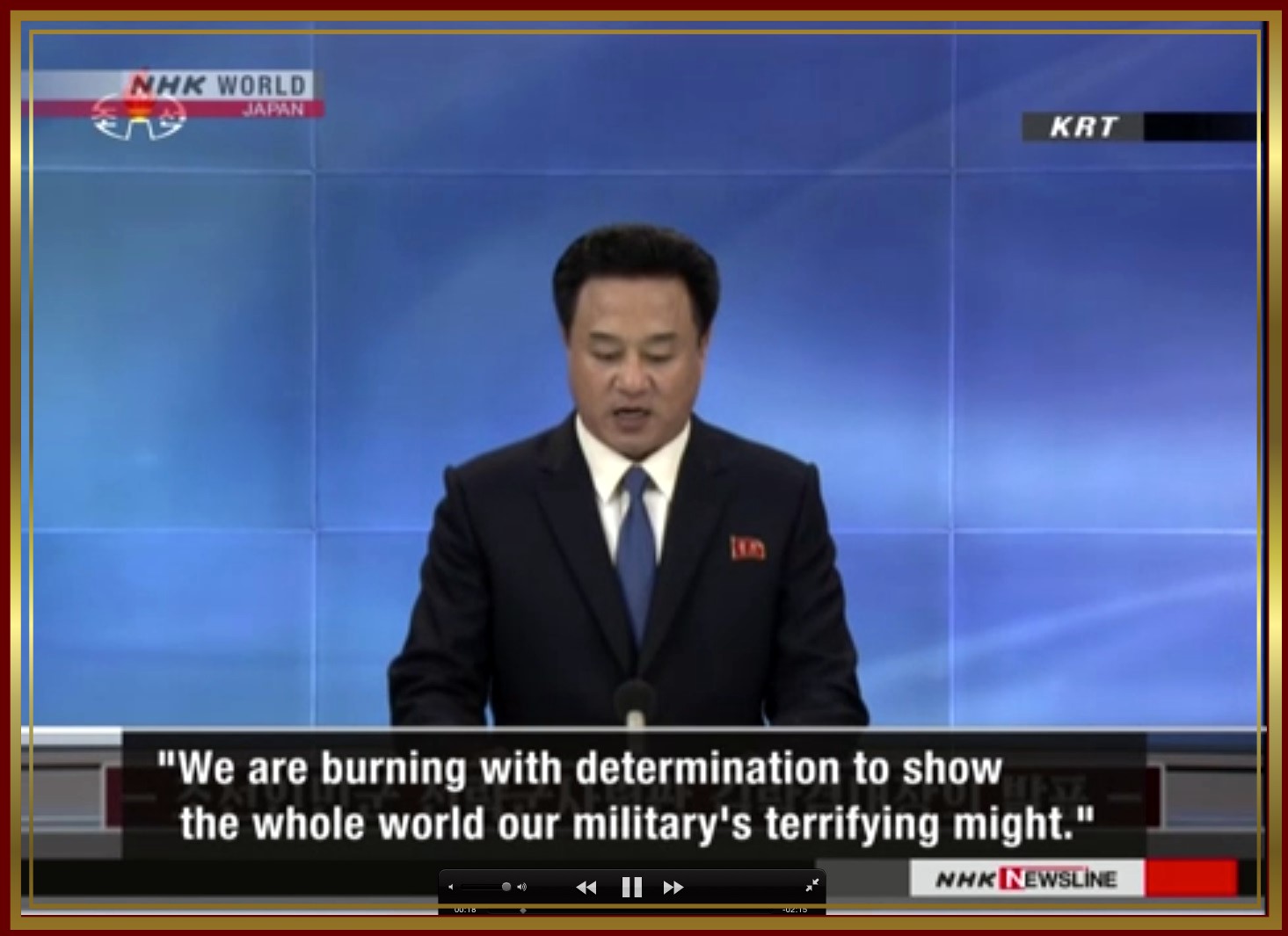


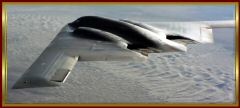
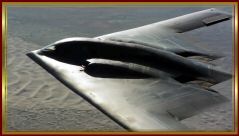
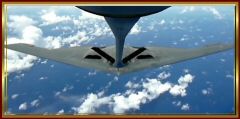

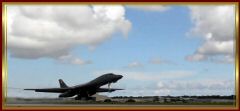
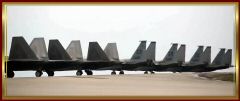
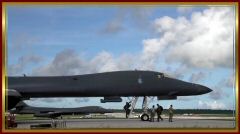
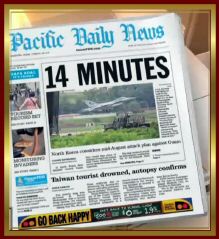


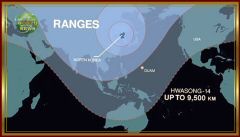
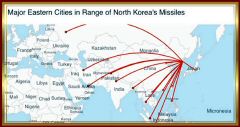

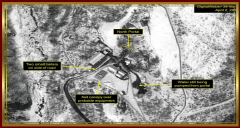
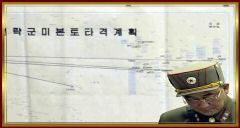
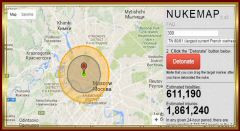

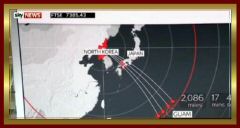
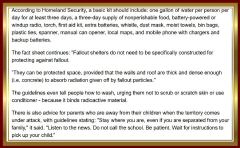
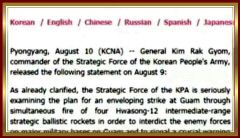
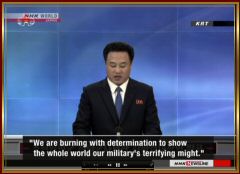

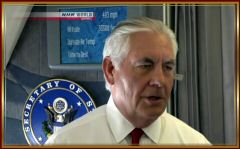
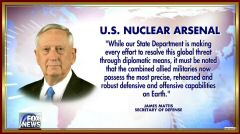
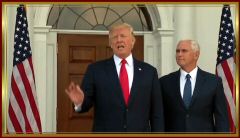
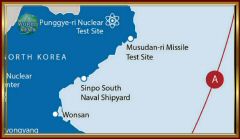
_tm.jpg)
_tm.jpg)
_tm.jpg)
_tm.jpg)
_tm.jpg)
_tm.jpg)
_tm.jpg)
_tm.jpg)
_tm.jpg)
_tm.jpg)
_tm.jpg)
_tm.jpg)
_tm.jpg)
_tm.jpg)
_tm.jpg)
_tm.jpg)
_tm.jpg)
_tm.jpg)
_tm.jpg)
_tm.jpg)
_tm.jpg)
_tm.jpg)
_tm.jpg)
_tm.jpg)
_tm.jpg)
_tm.jpg)
_tm.jpg)
_tm.jpg)
_tm.jpg)
_tm.jpg)
_tm.jpg)
_tm.jpg)
_tm.jpg)
_tm.jpg)
_tm.jpg)
_tm.jpg)
_tm.jpg)
_tm.jpg)
_tm.jpg)
_tm.jpg)
_tm.jpg)
_tm.jpg)
_tm.jpg)
_tm.jpg)
_tm.jpg)
_tm.jpg)
_tm.jpg)
_tm.jpg)
_tm.jpg)
_tm.jpg)
_tm.jpg)
_tm.jpg)
_tm.jpg)
_tm.jpg)
_tm.jpg)
_tm.jpg)
_tm.jpg)
_tm.jpg)
_tm.jpg)
_tm.jpg)
_tm.jpg)
_tm.jpg)
_tm.jpg)
_tm.jpg)
_tm.jpg)
_tm.jpg)
_tm.jpg)
_tm.jpg)
_tm.jpg)
_tm.jpg)
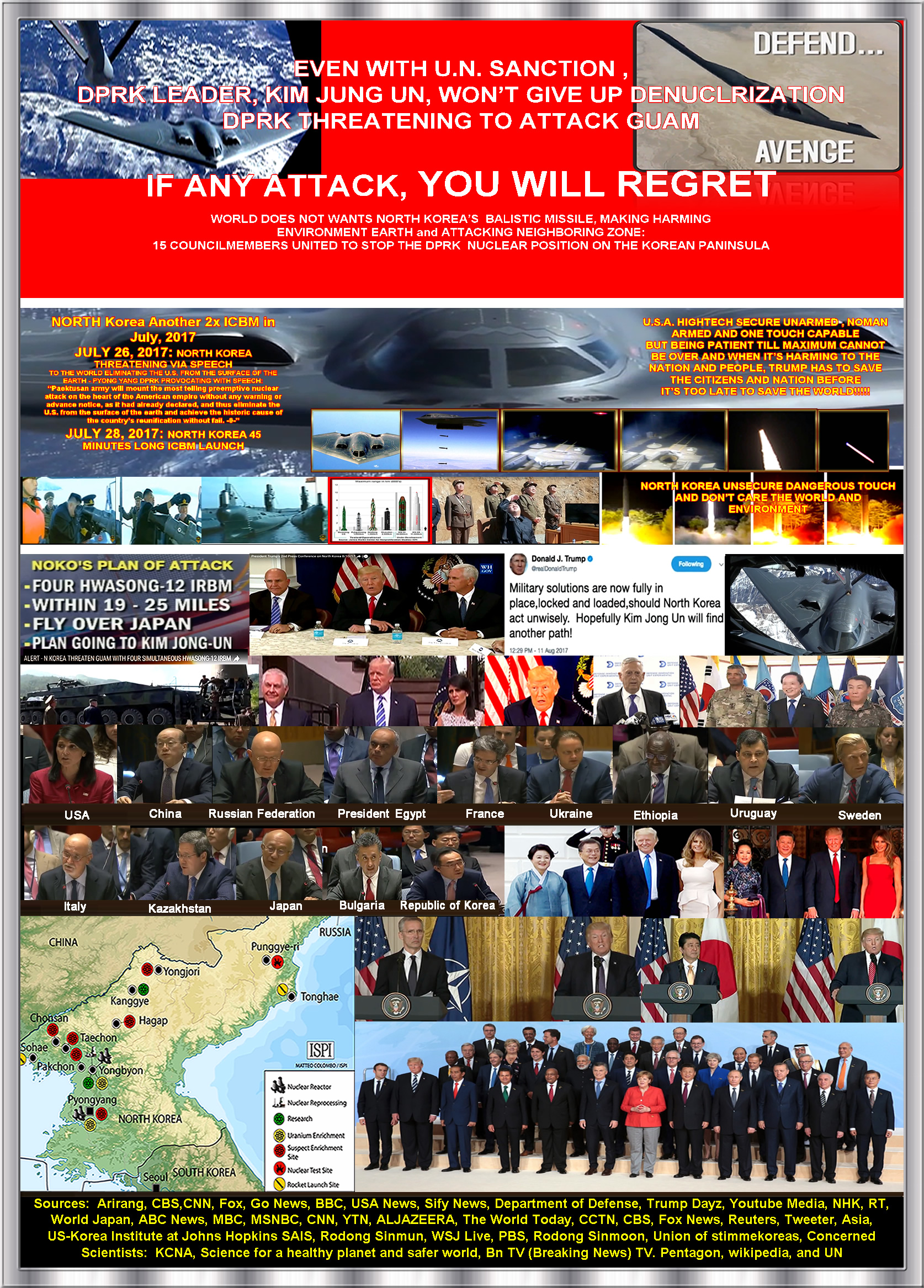
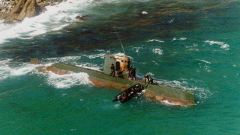
_tm.gif)
_tm.png)
_tm.png)
_tm.gif)
_tm.png)
_tm.gif)
_tm.gif)
_tm.jpg)
_tm.png)
_tm.png)
_tm.jpg)
_tm.jpg)
